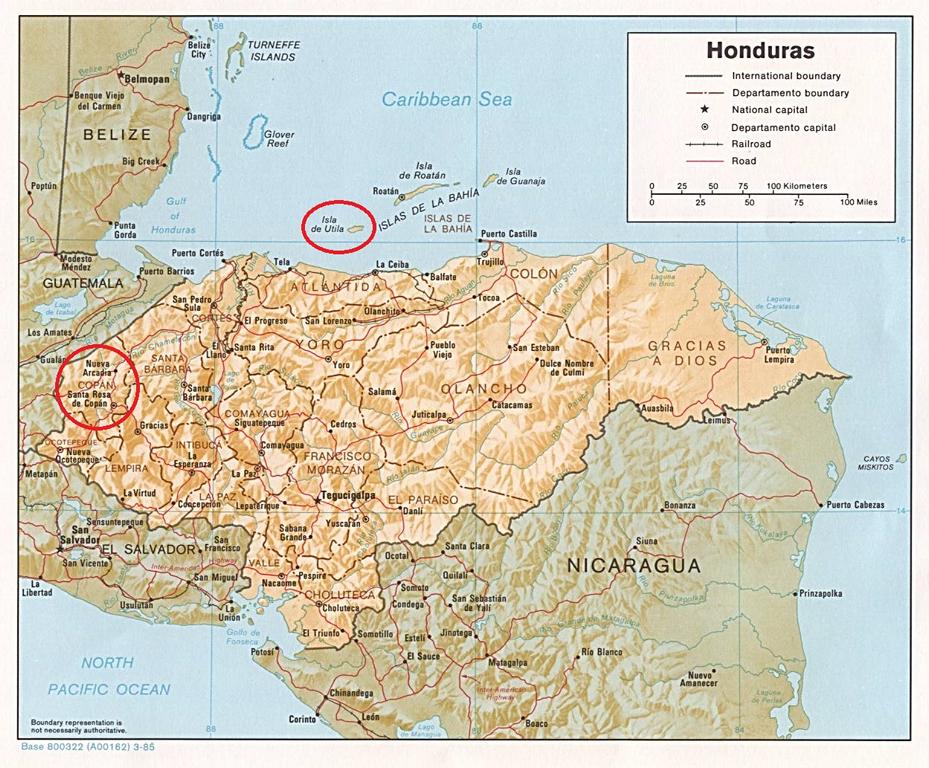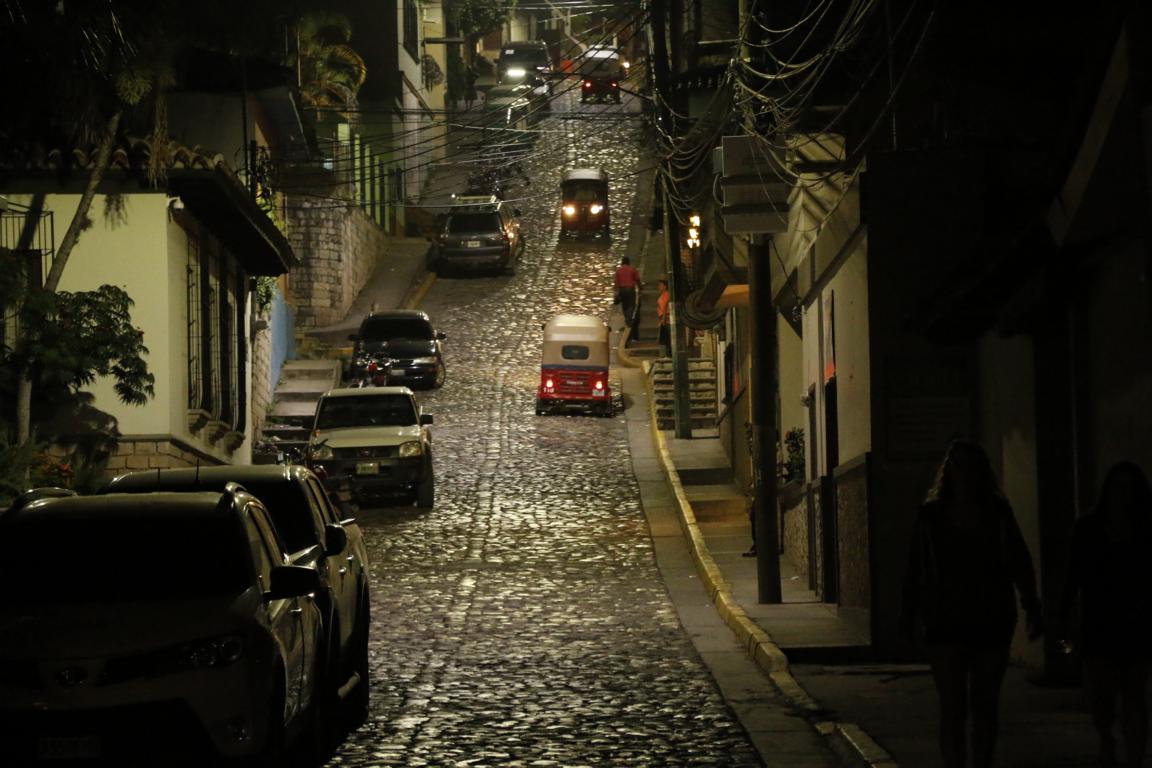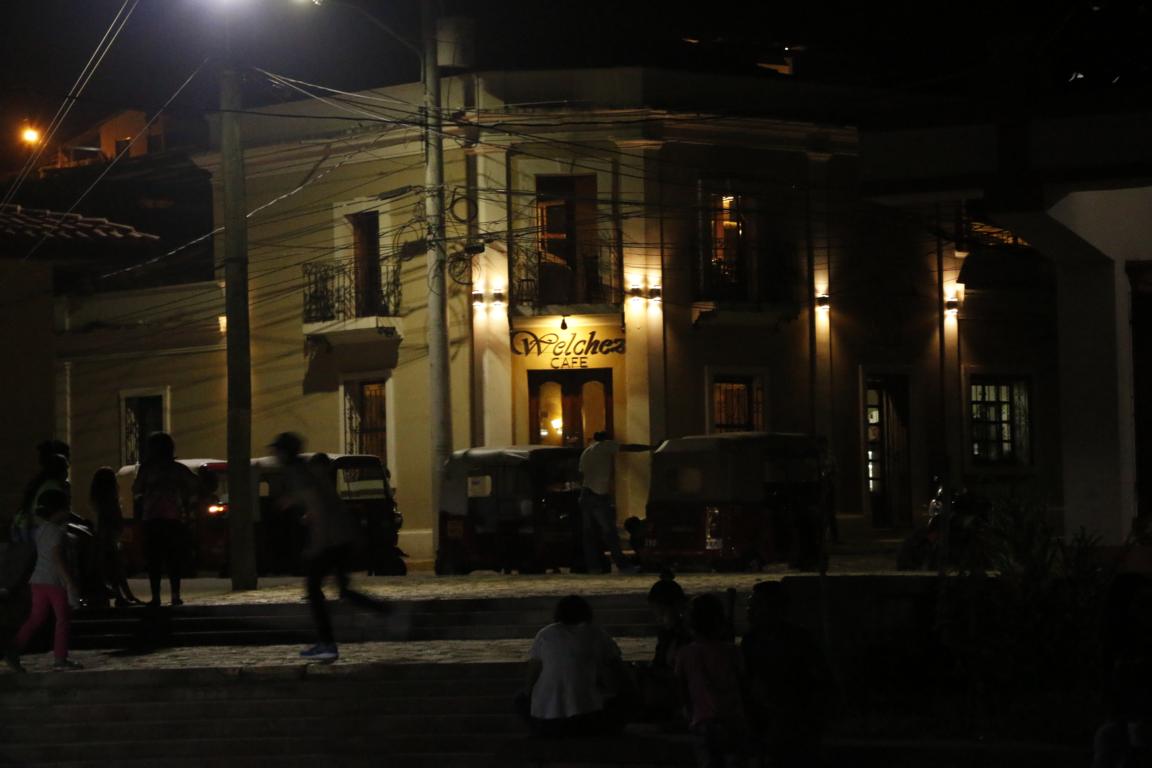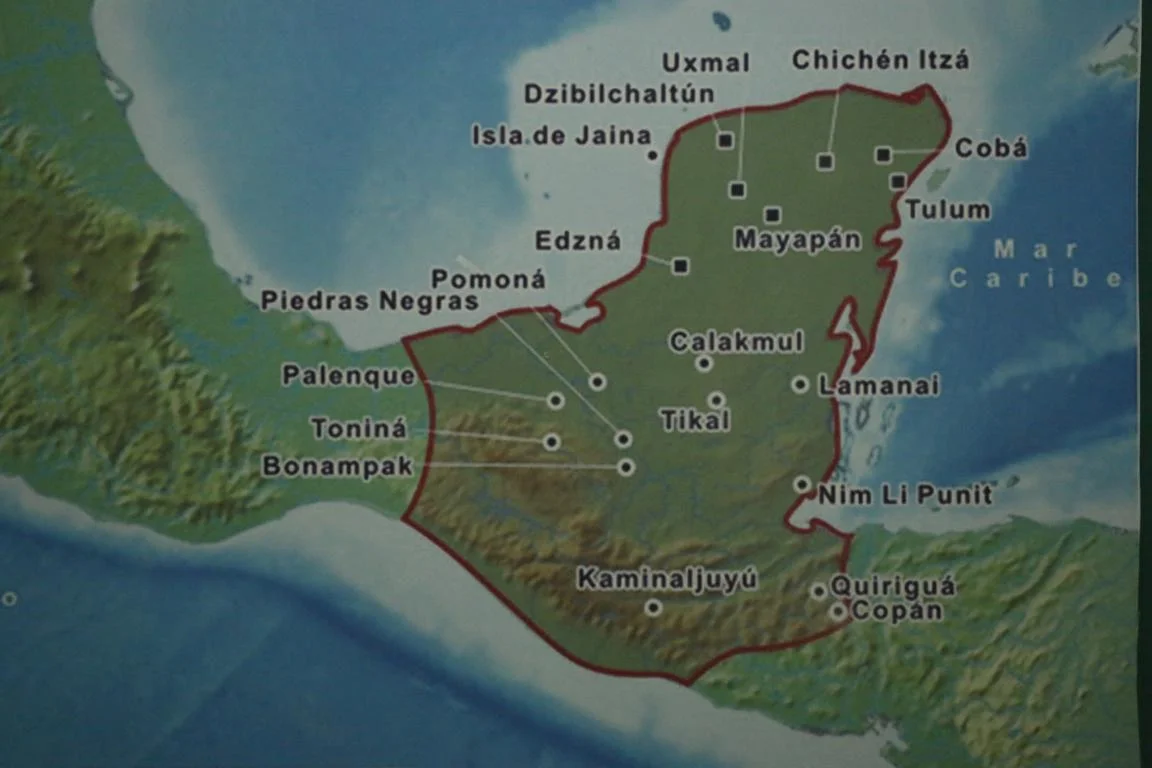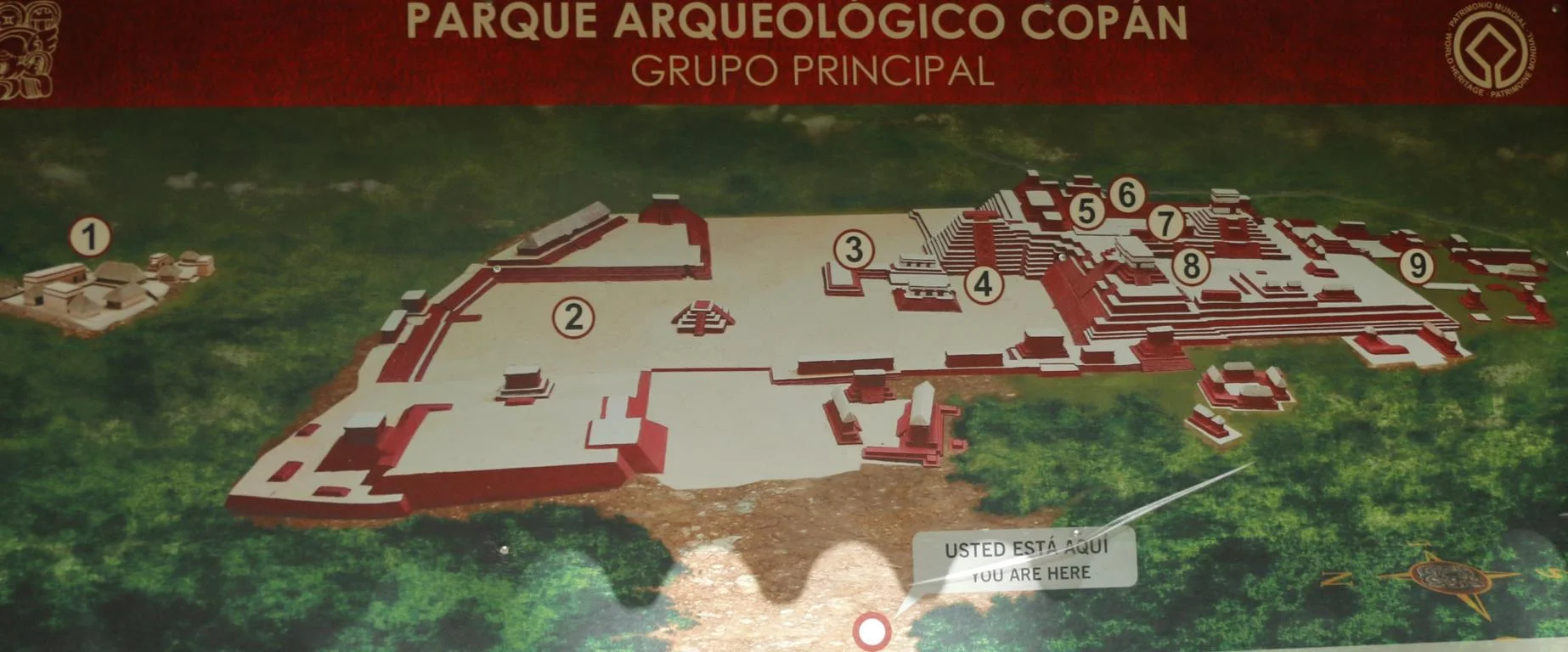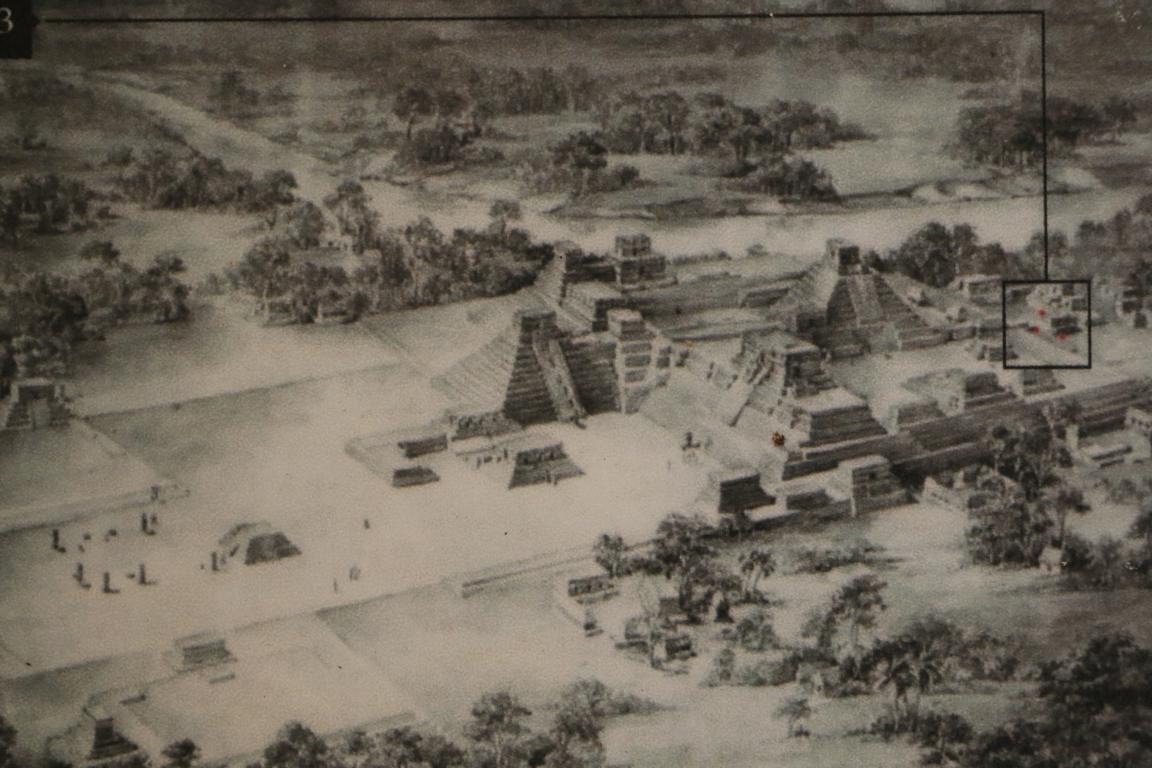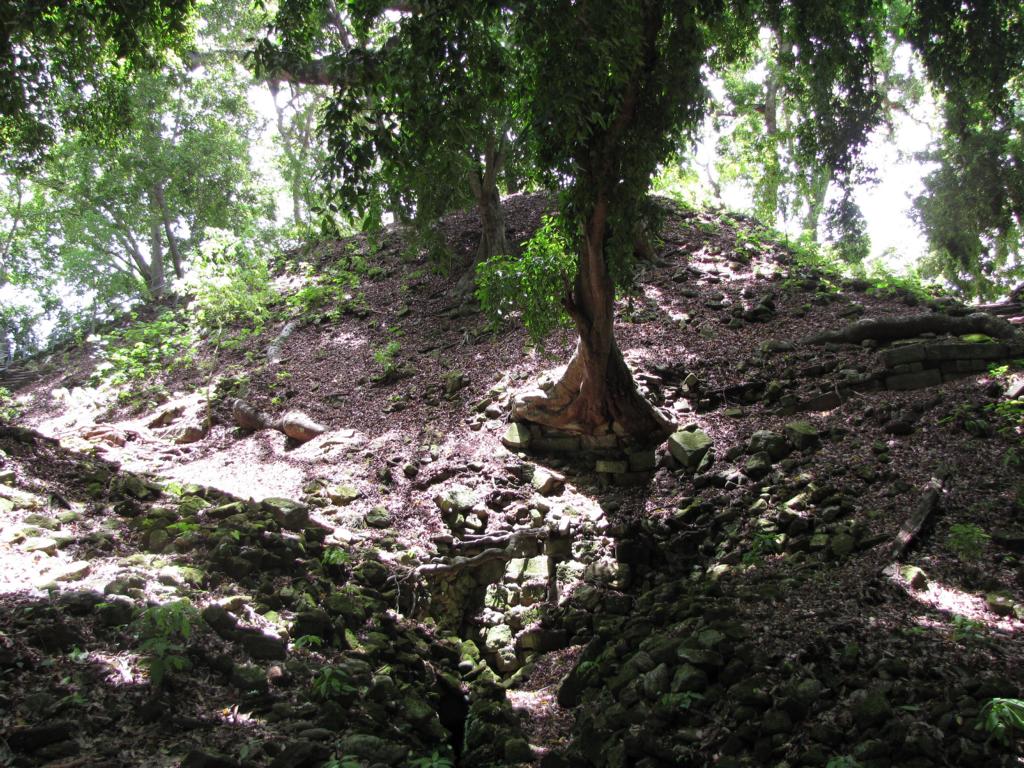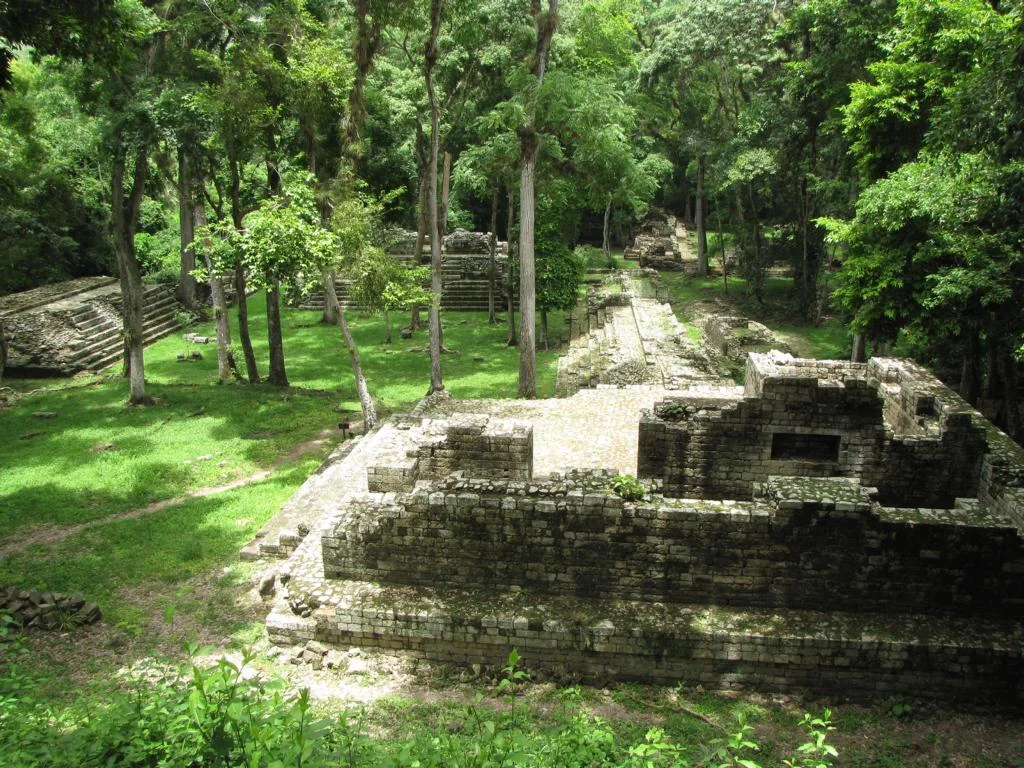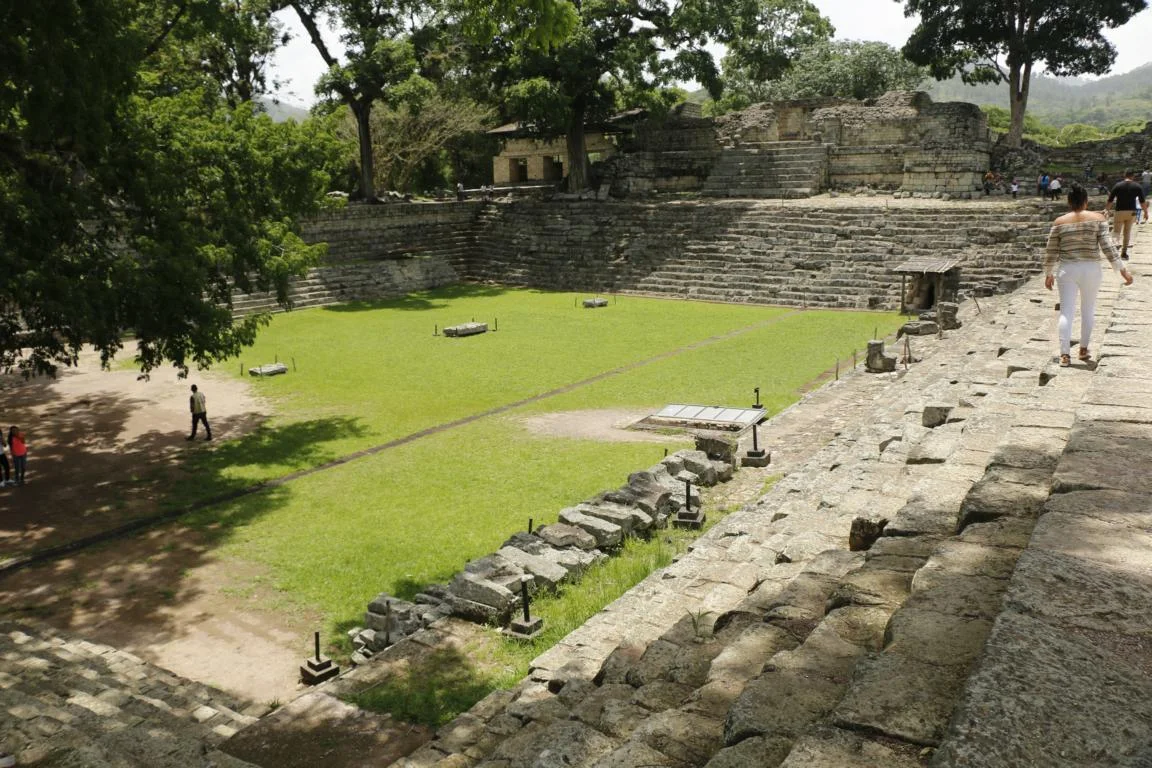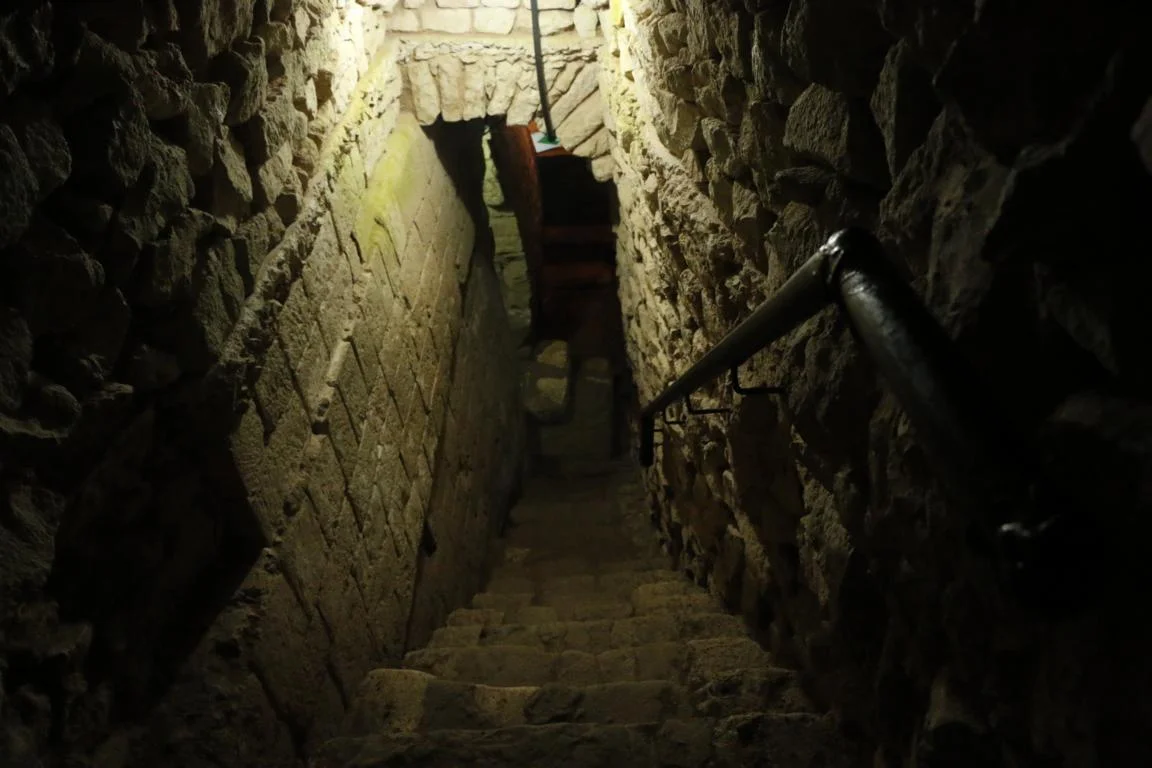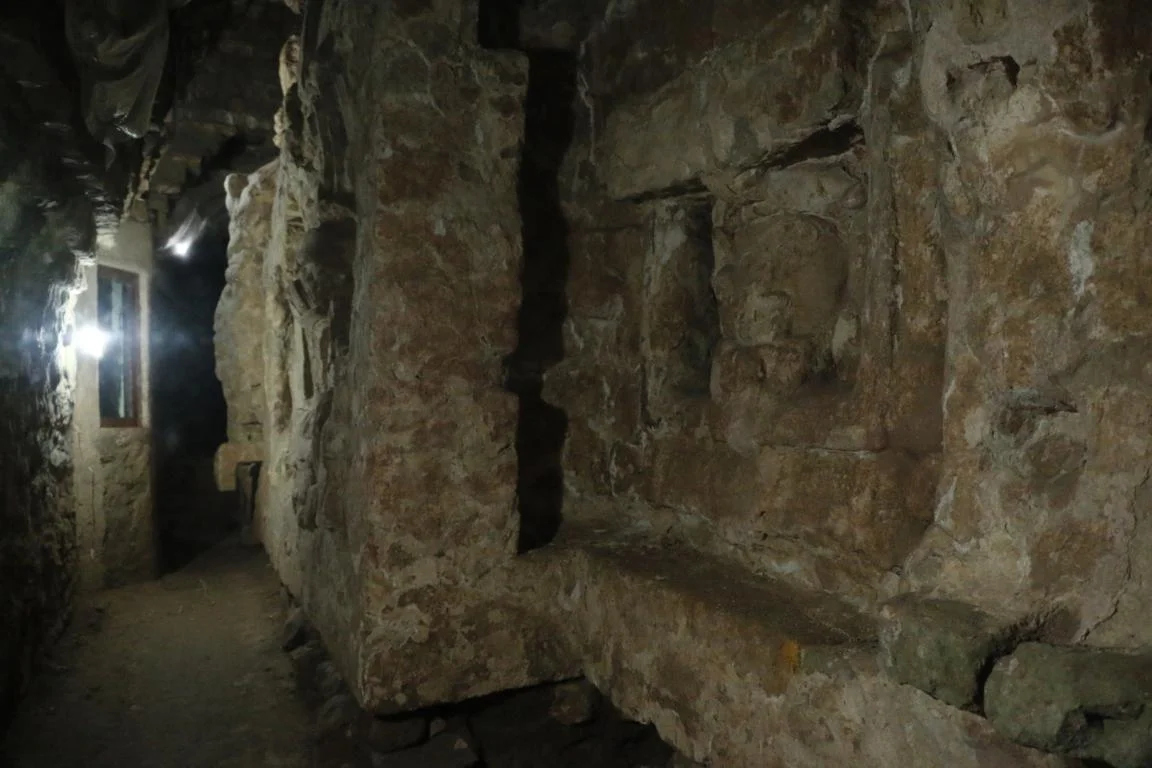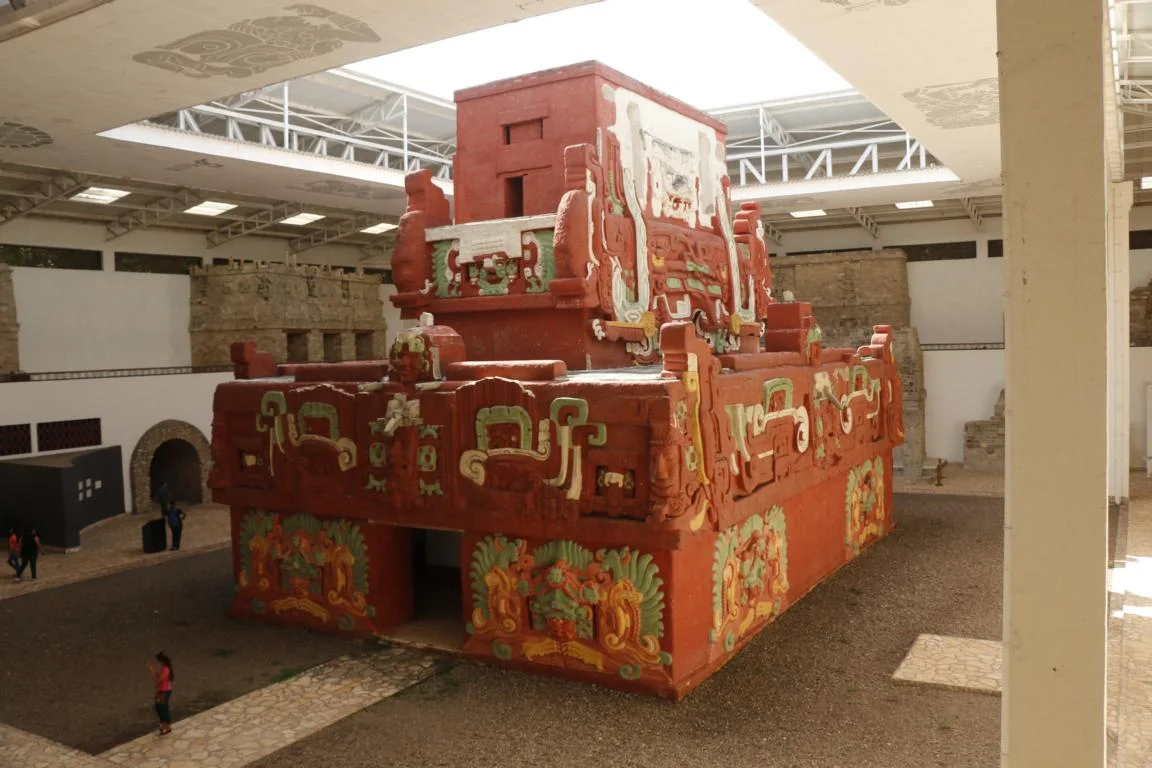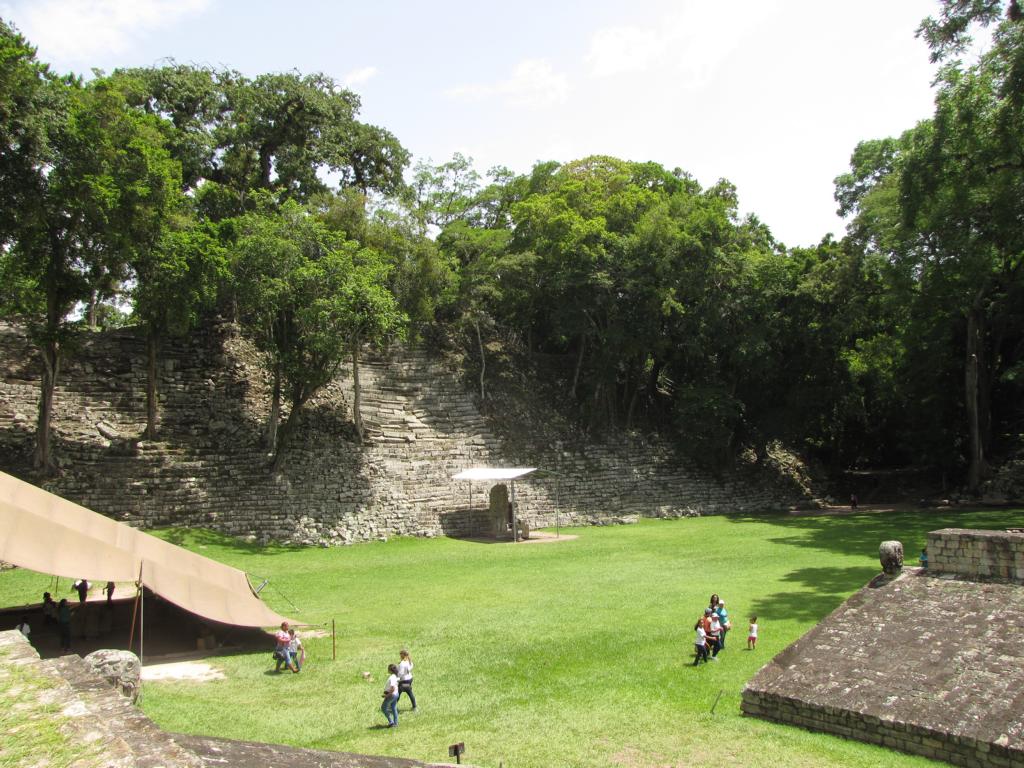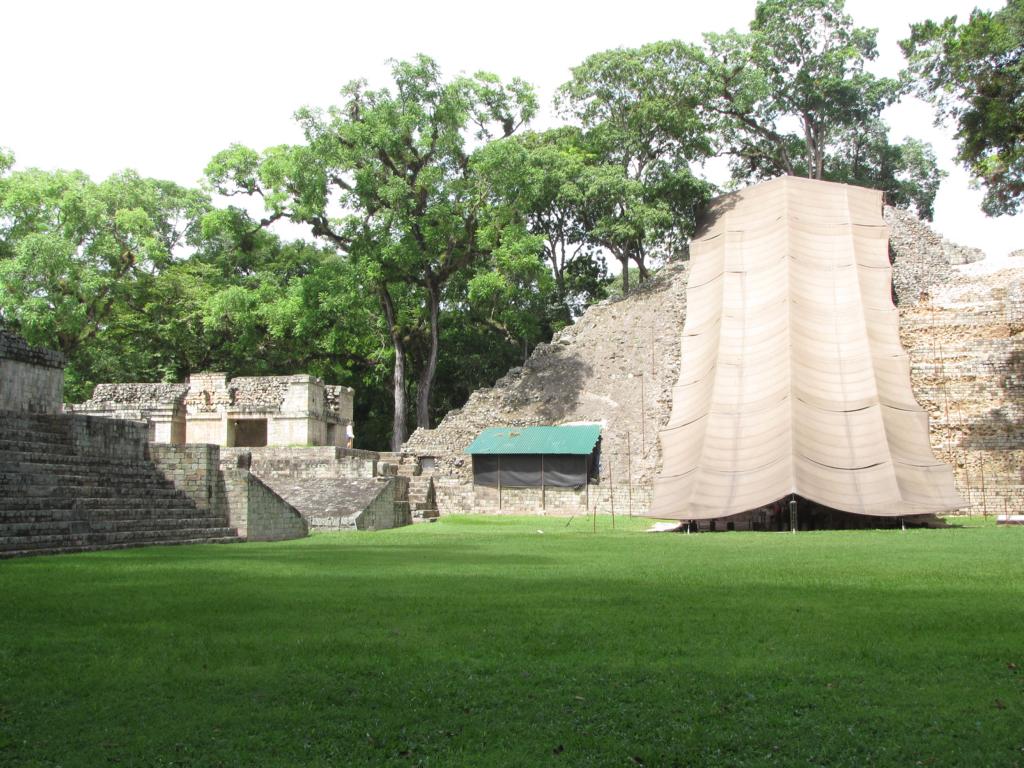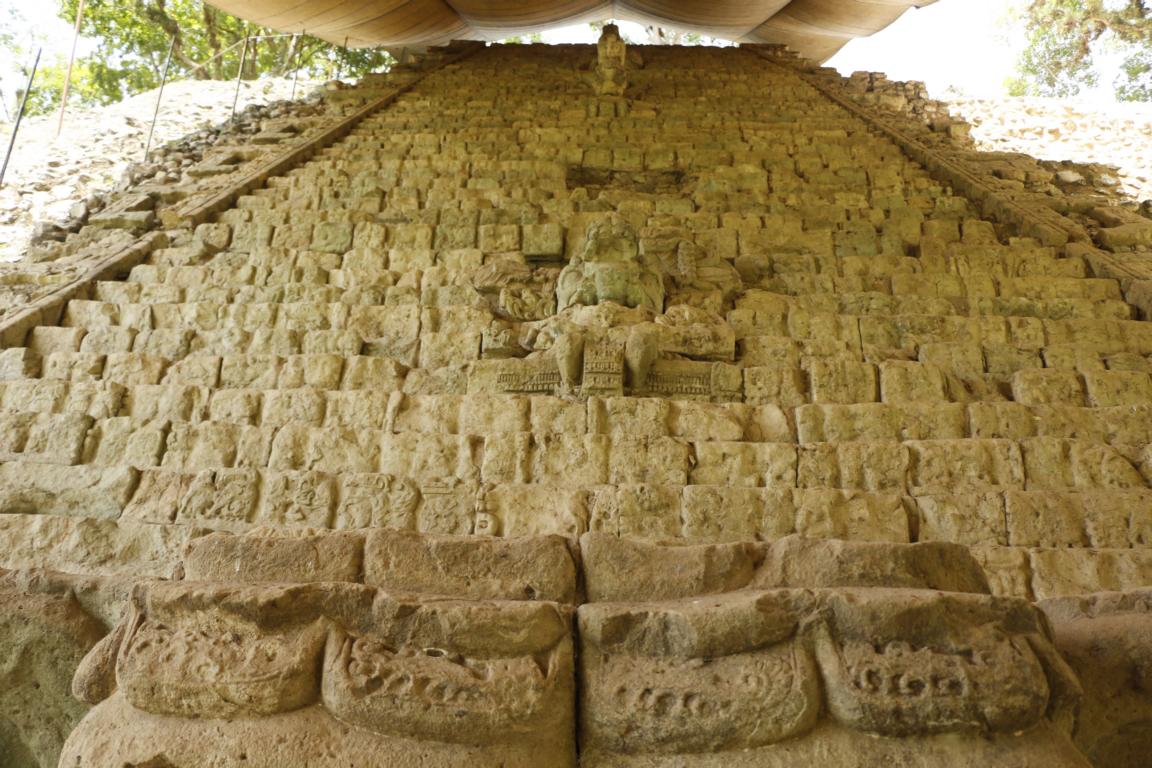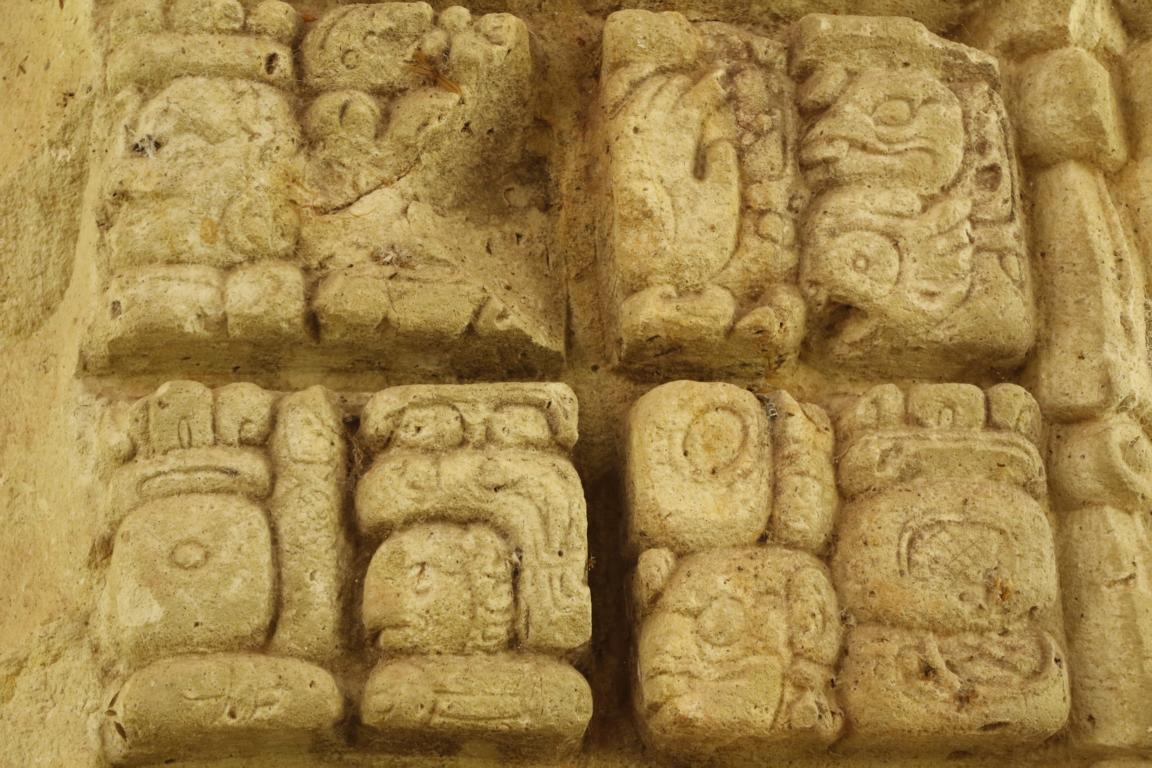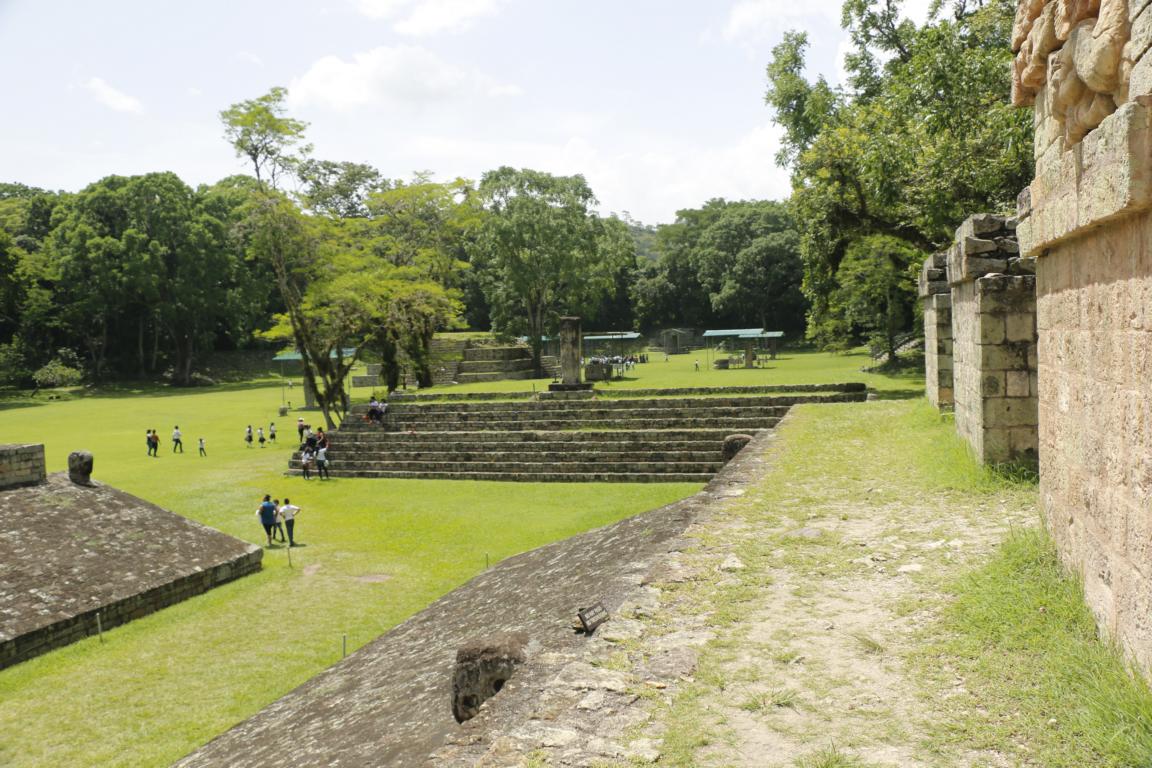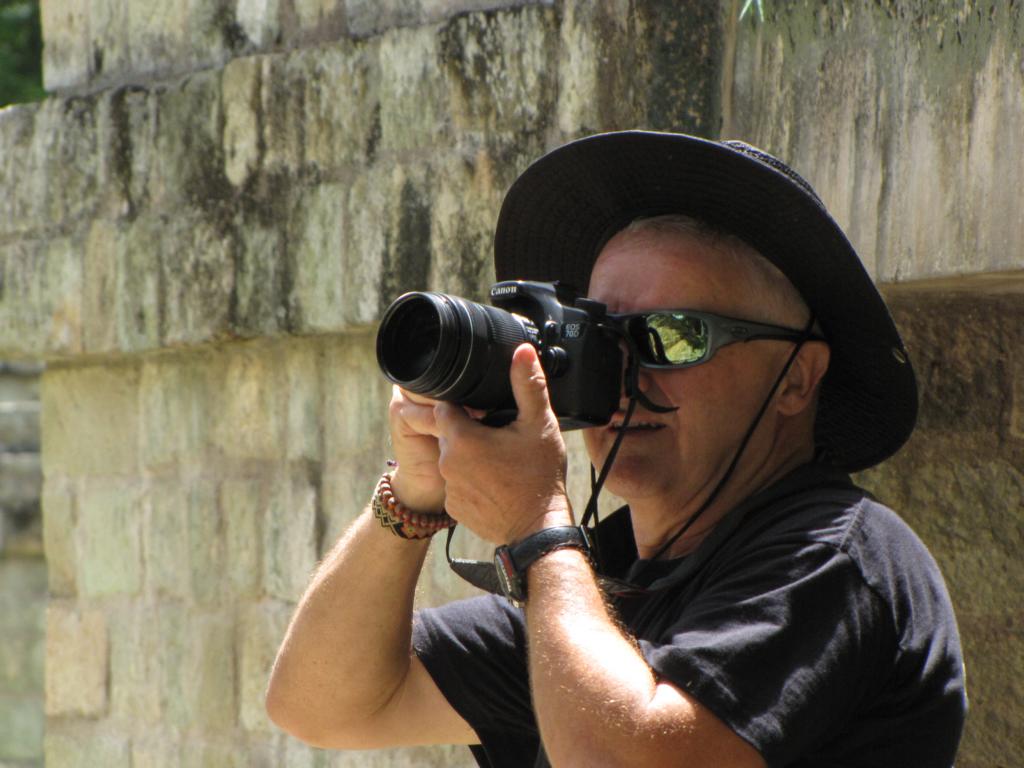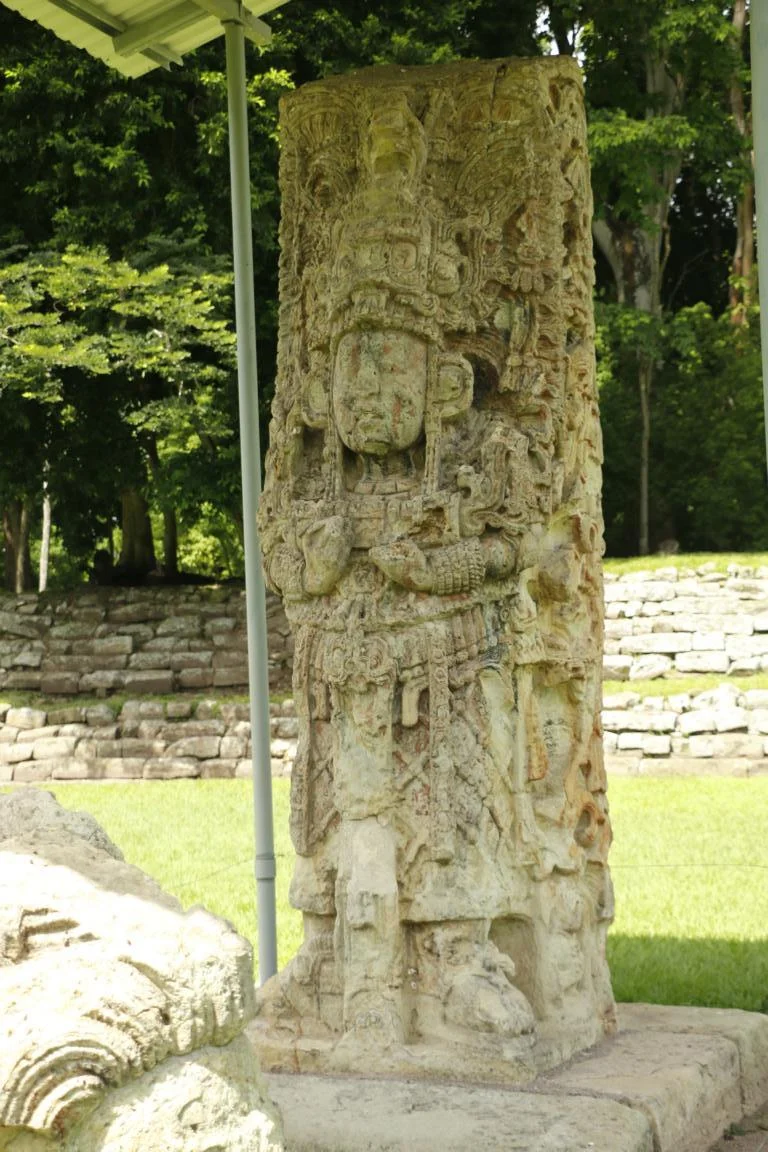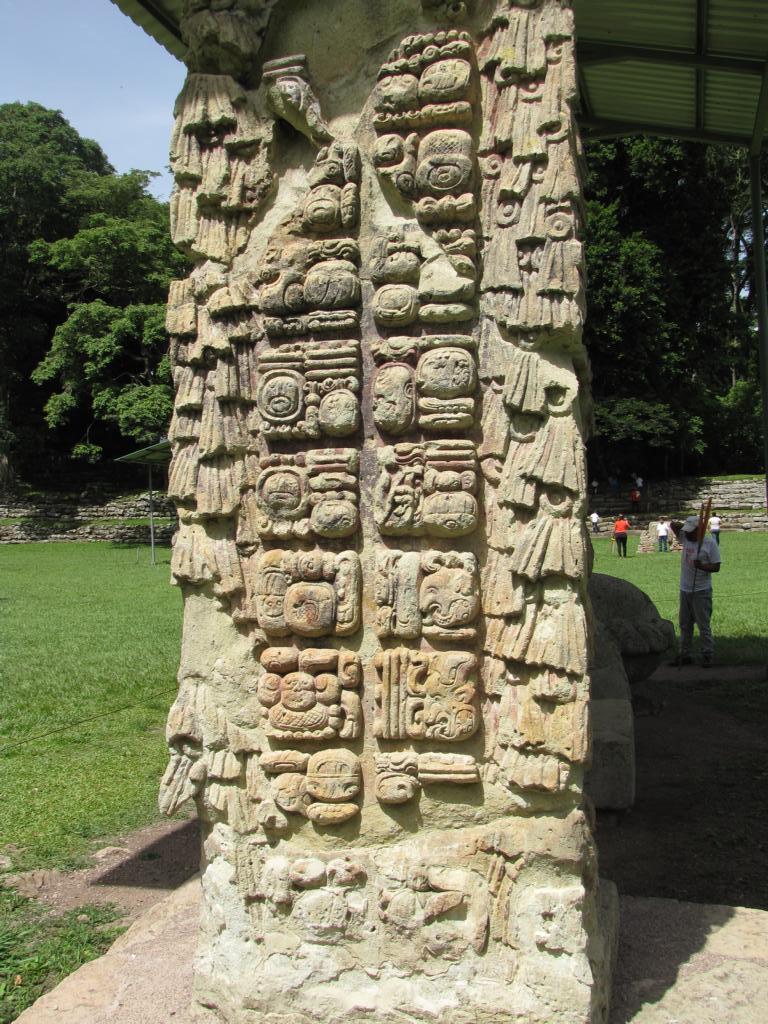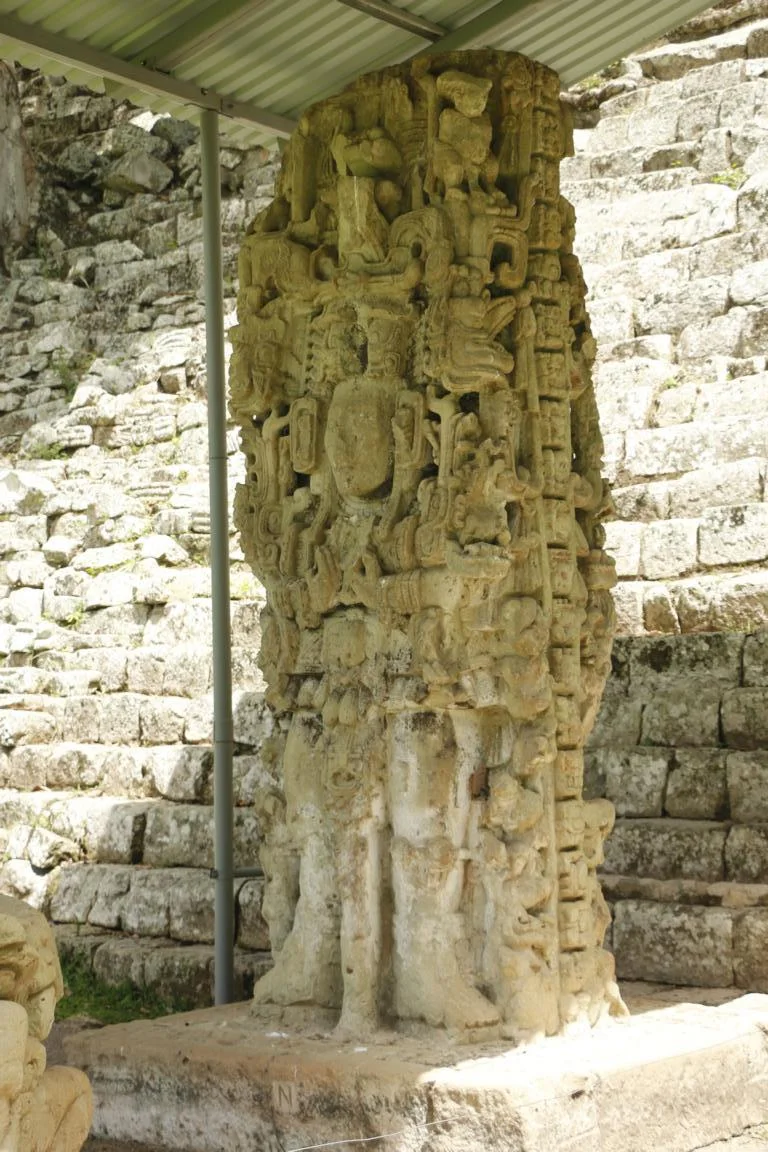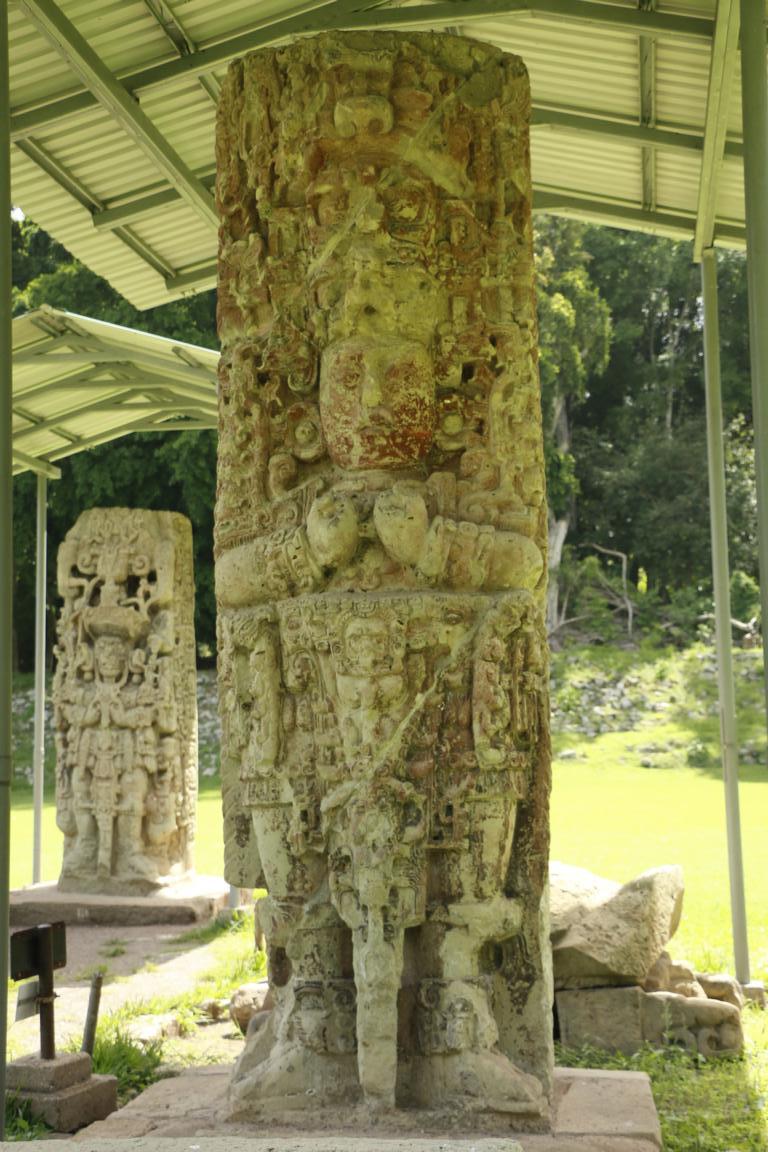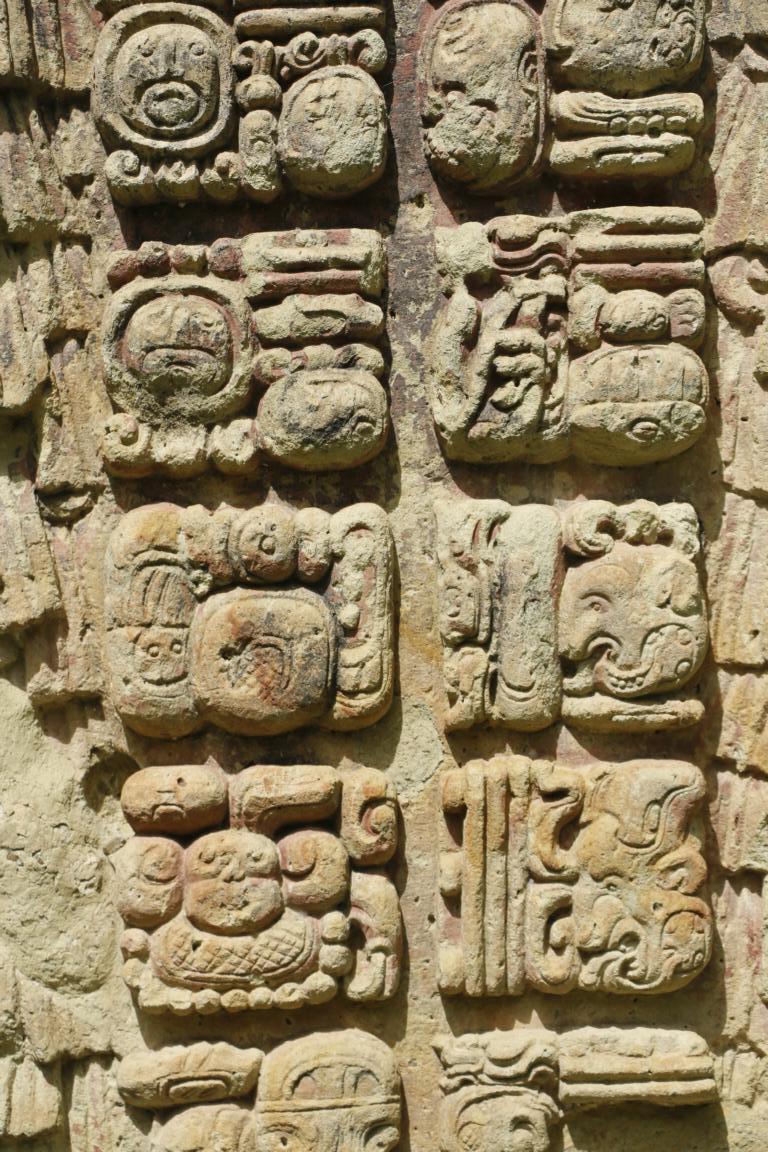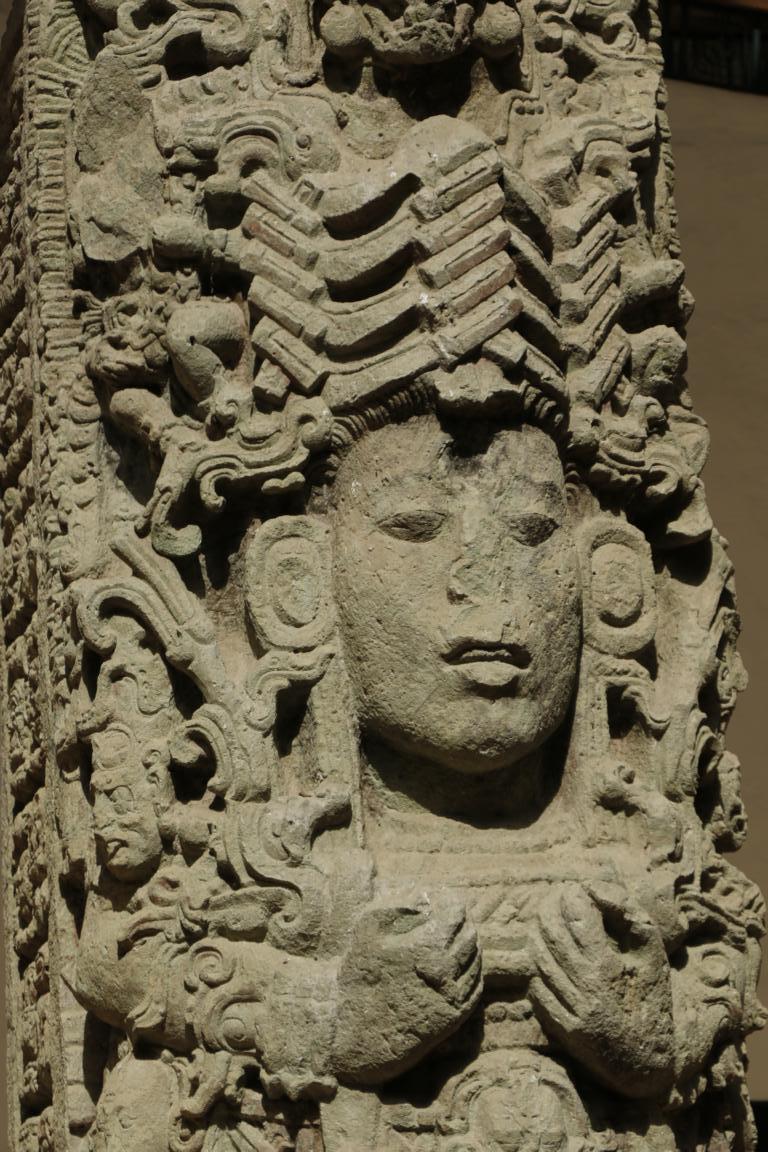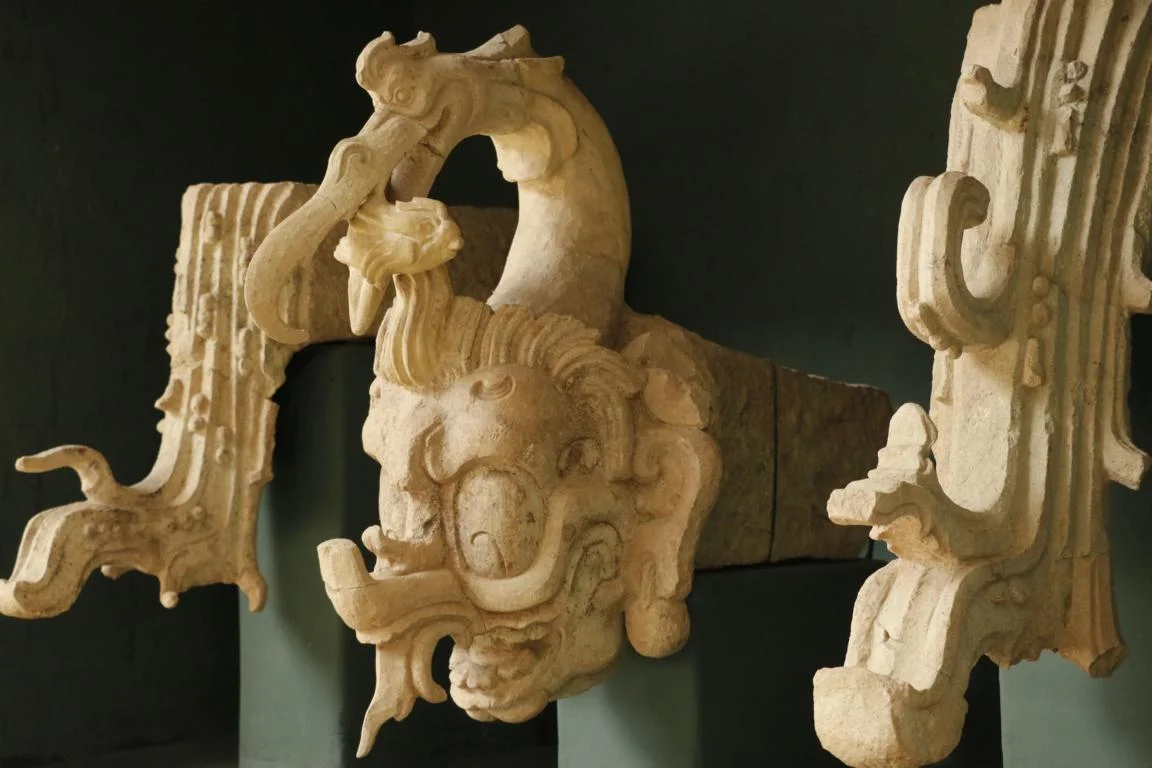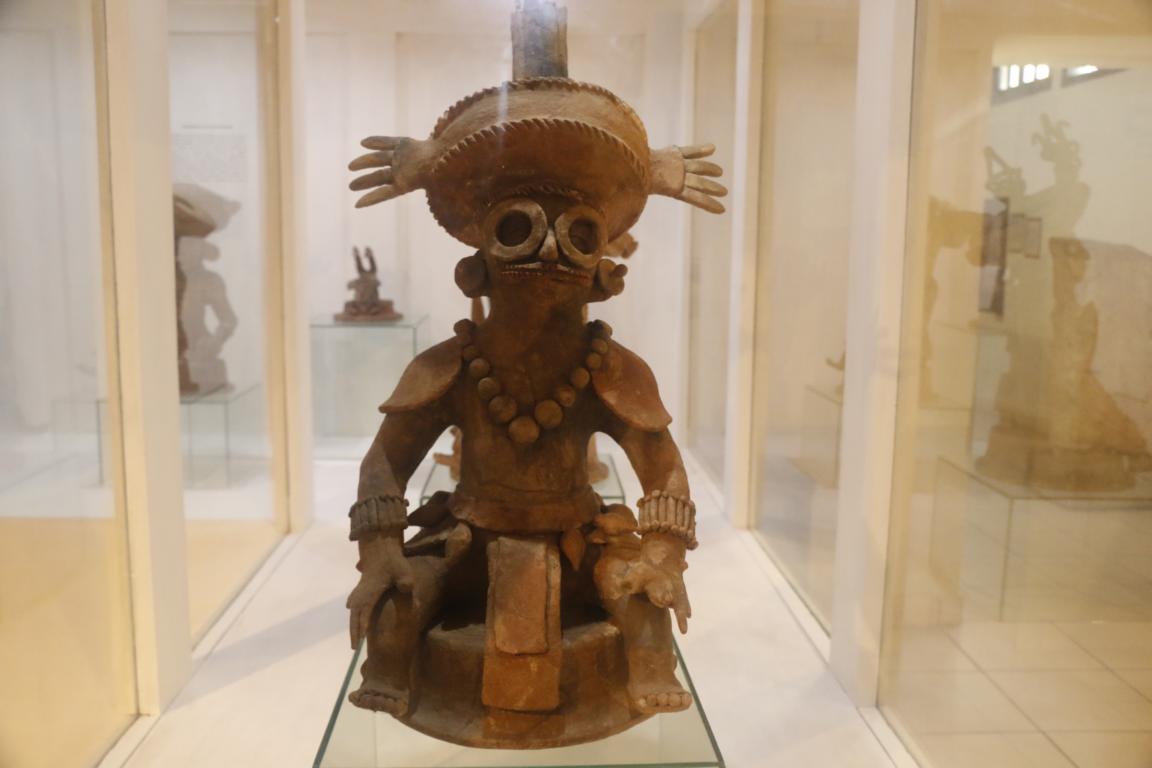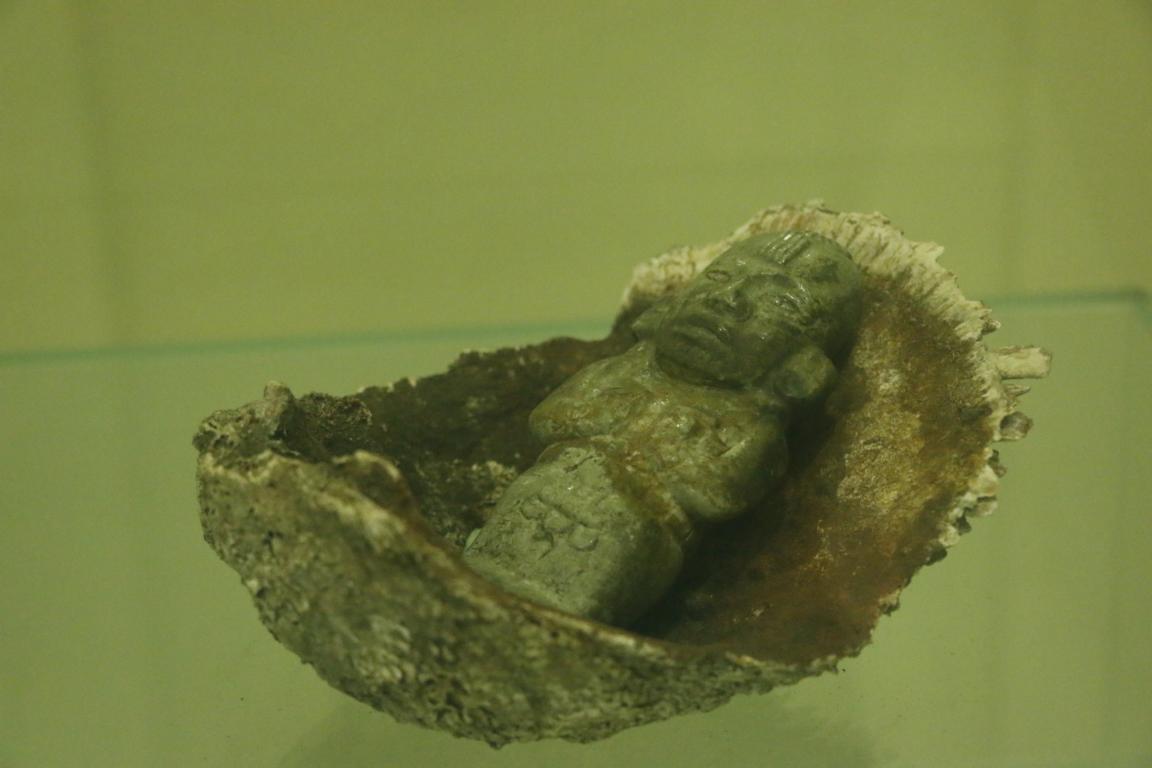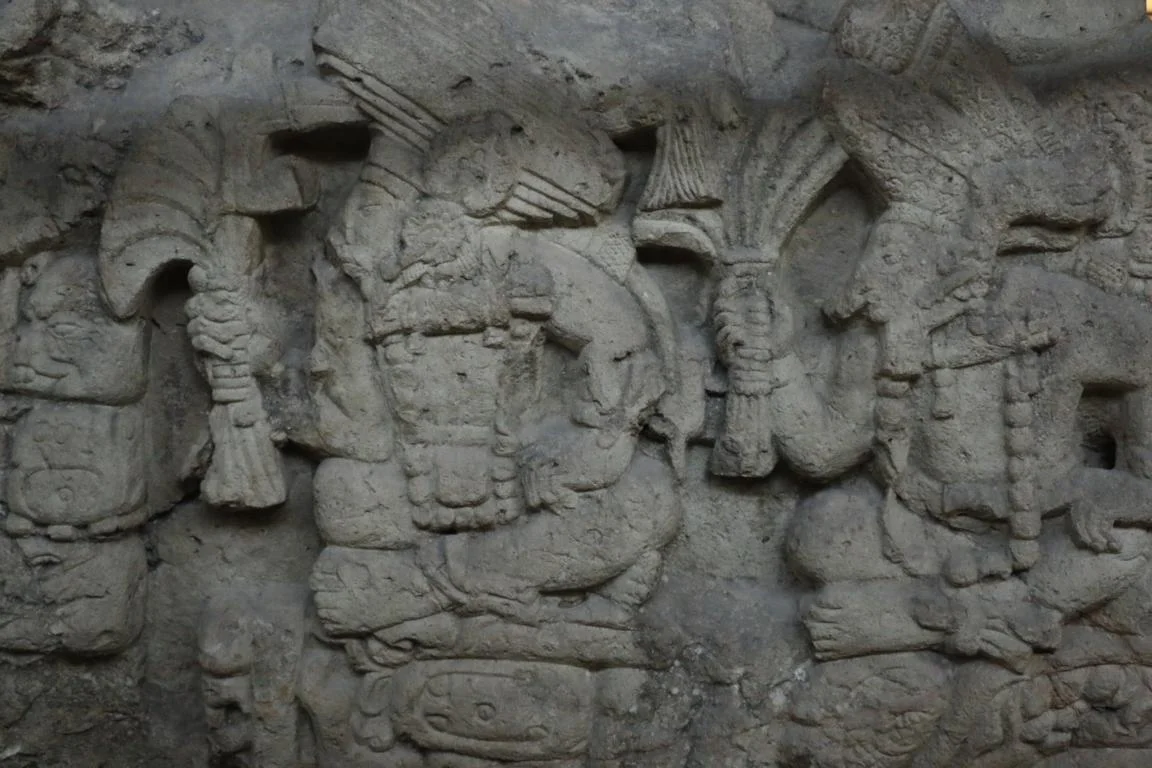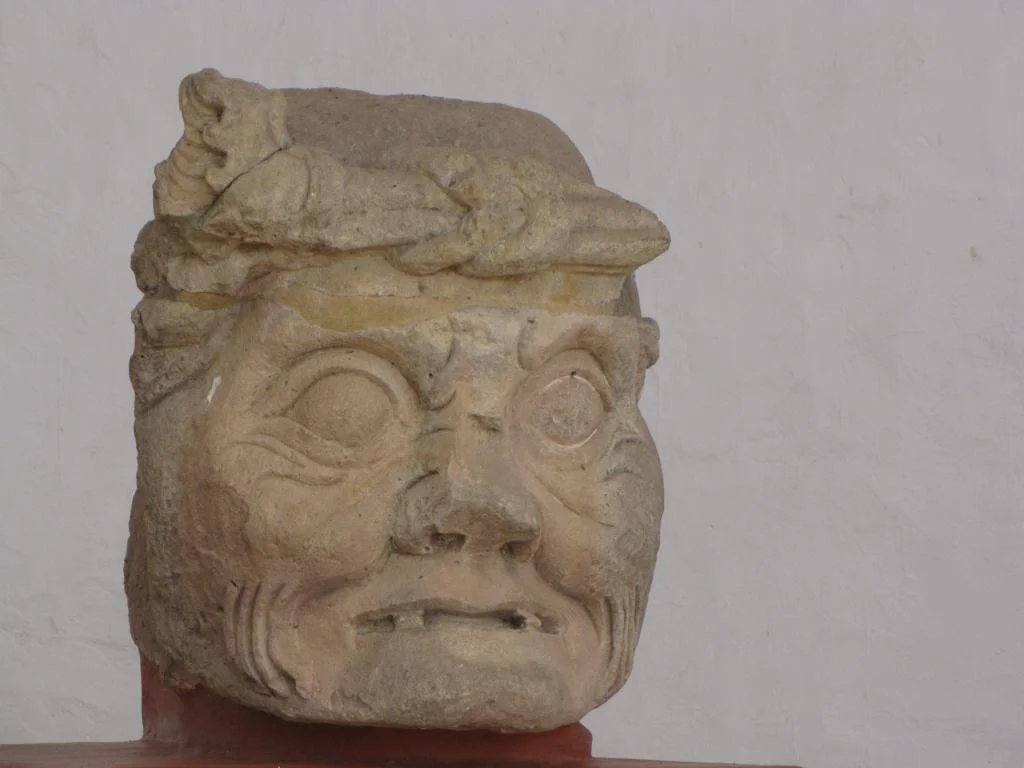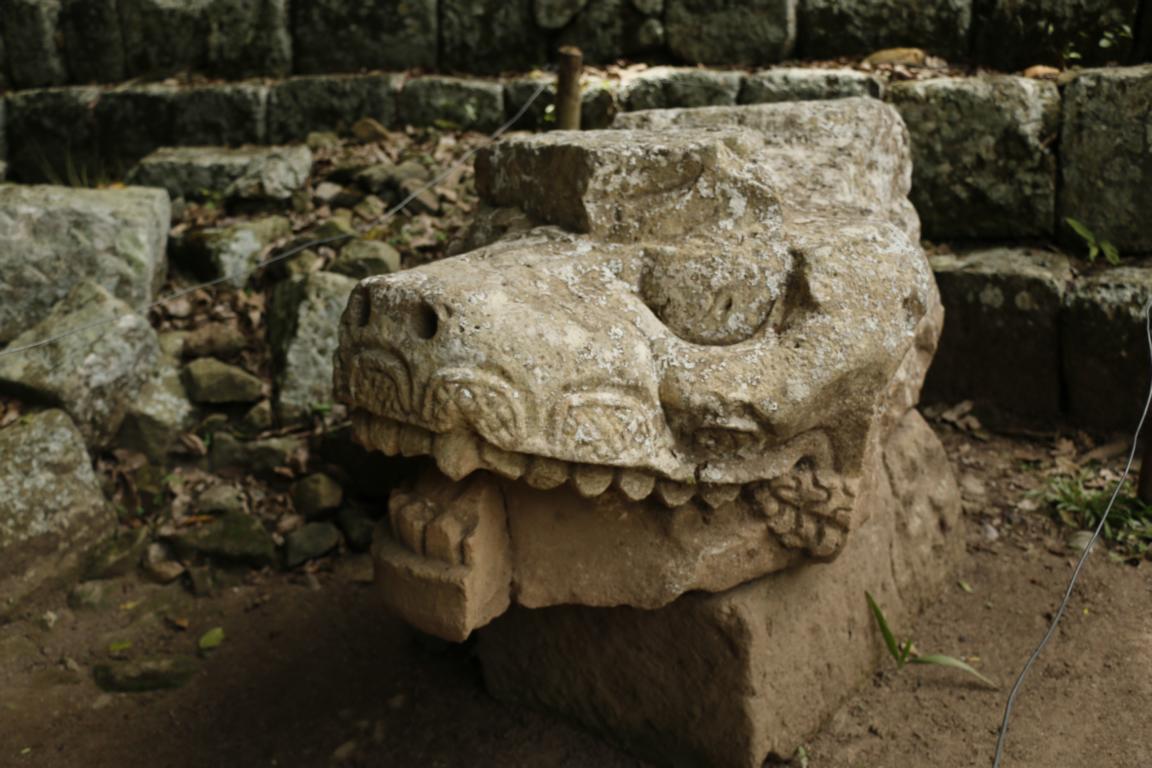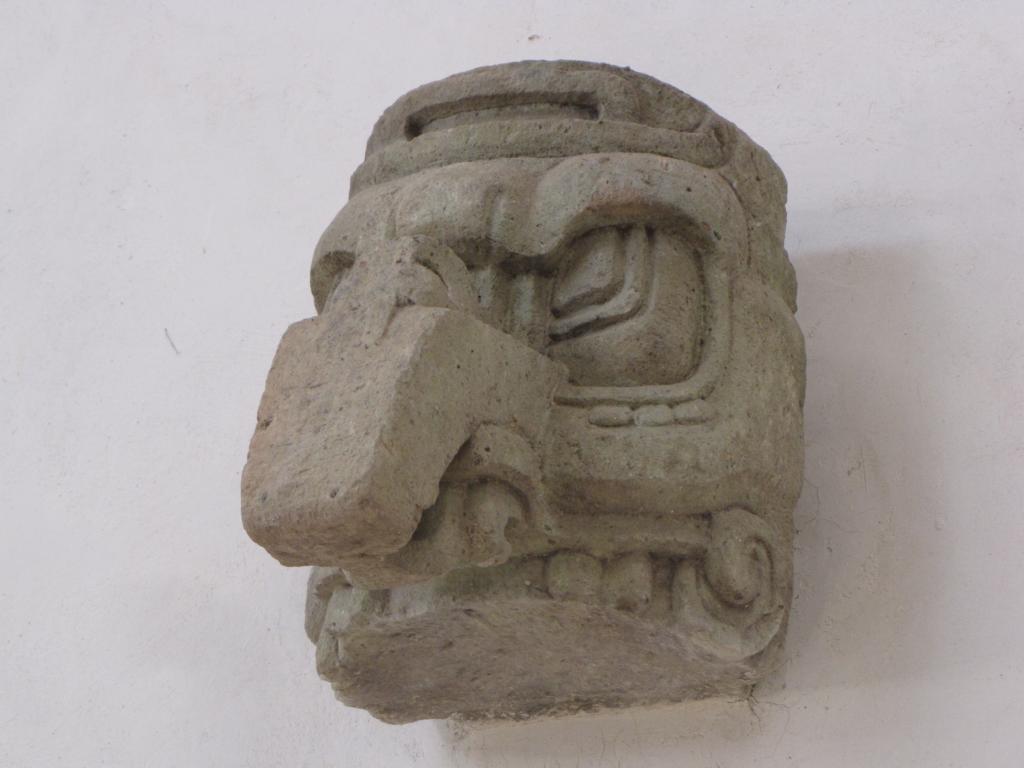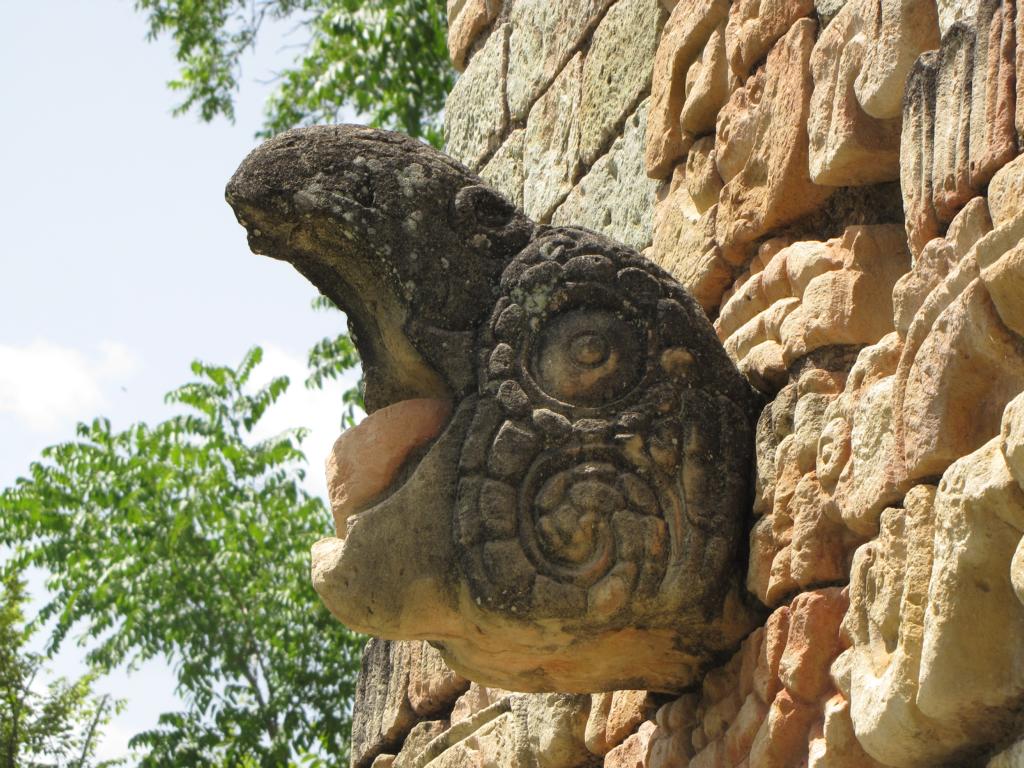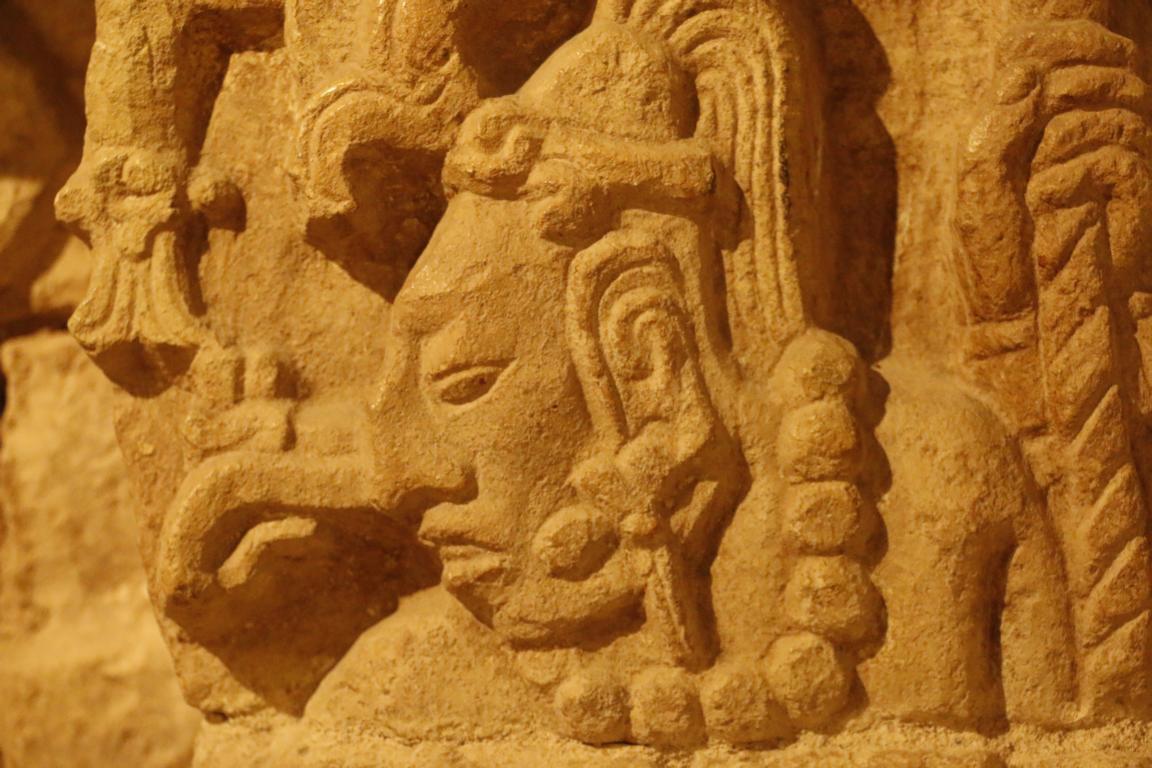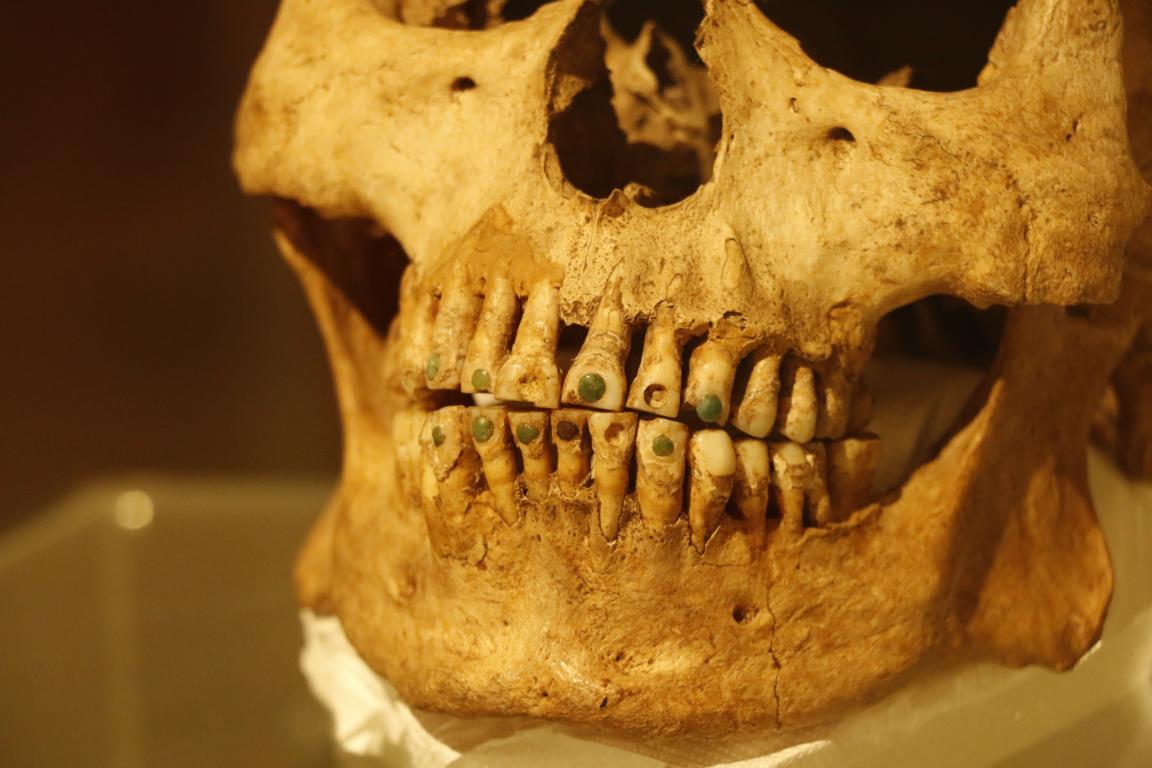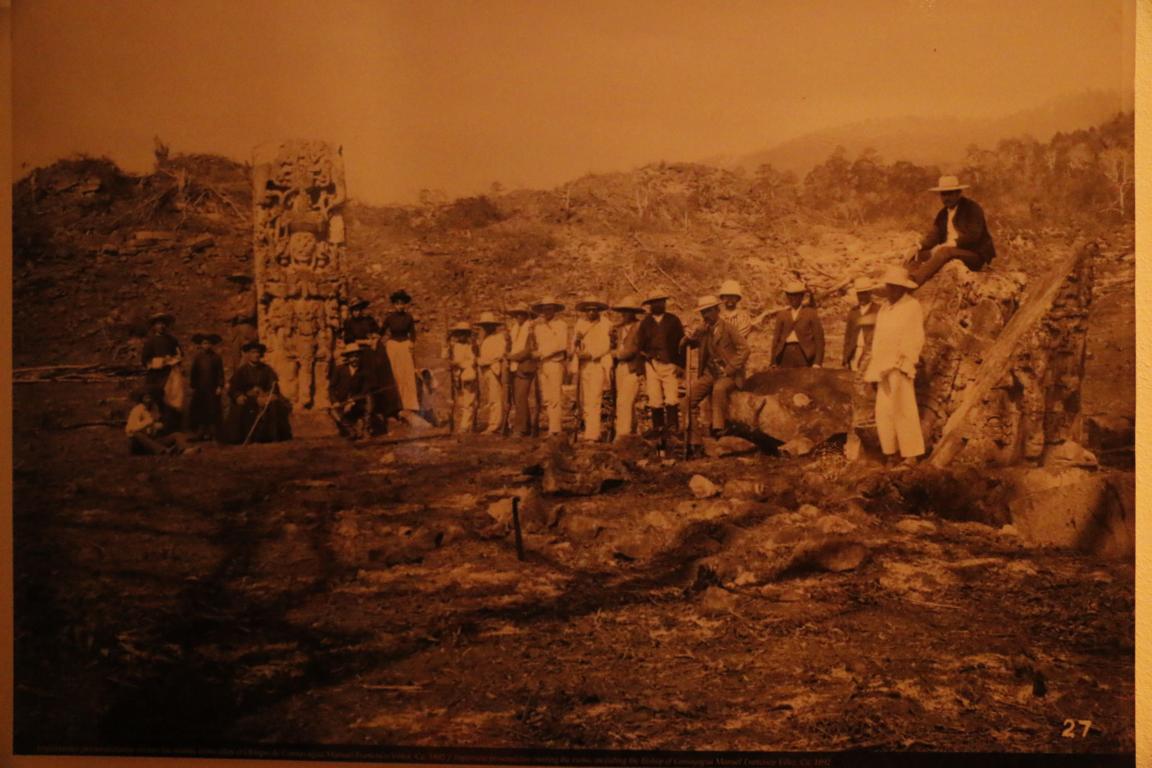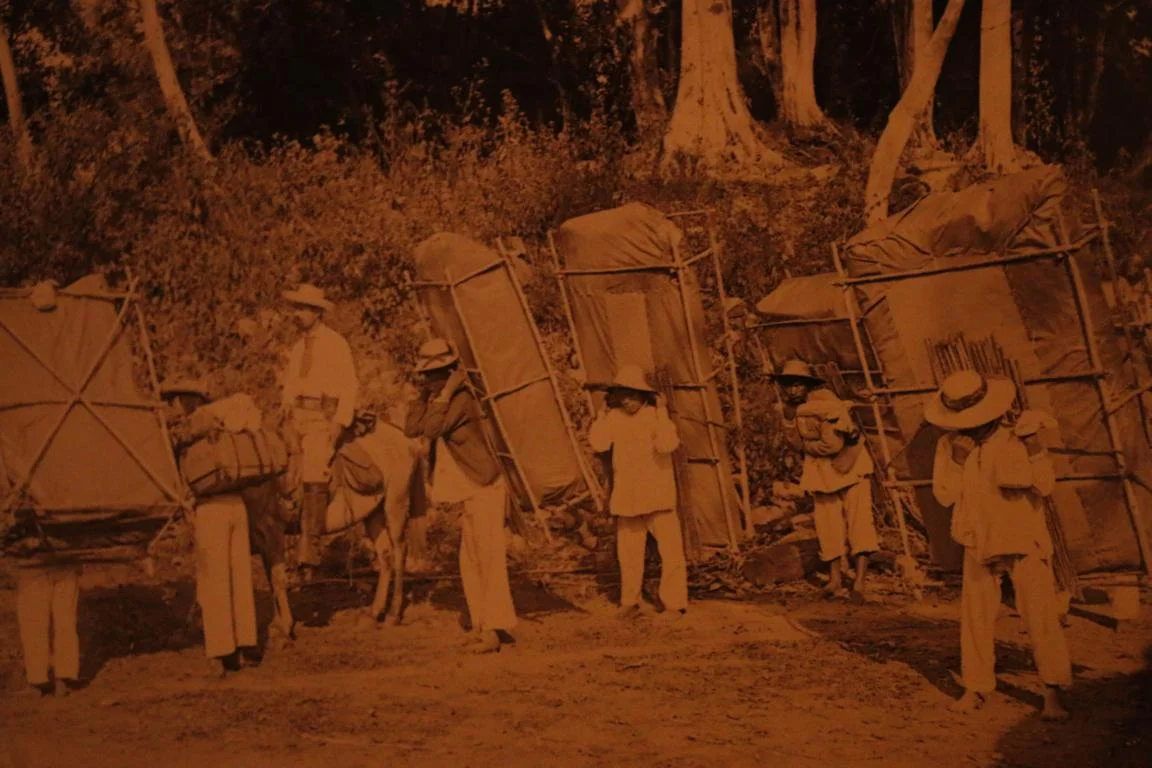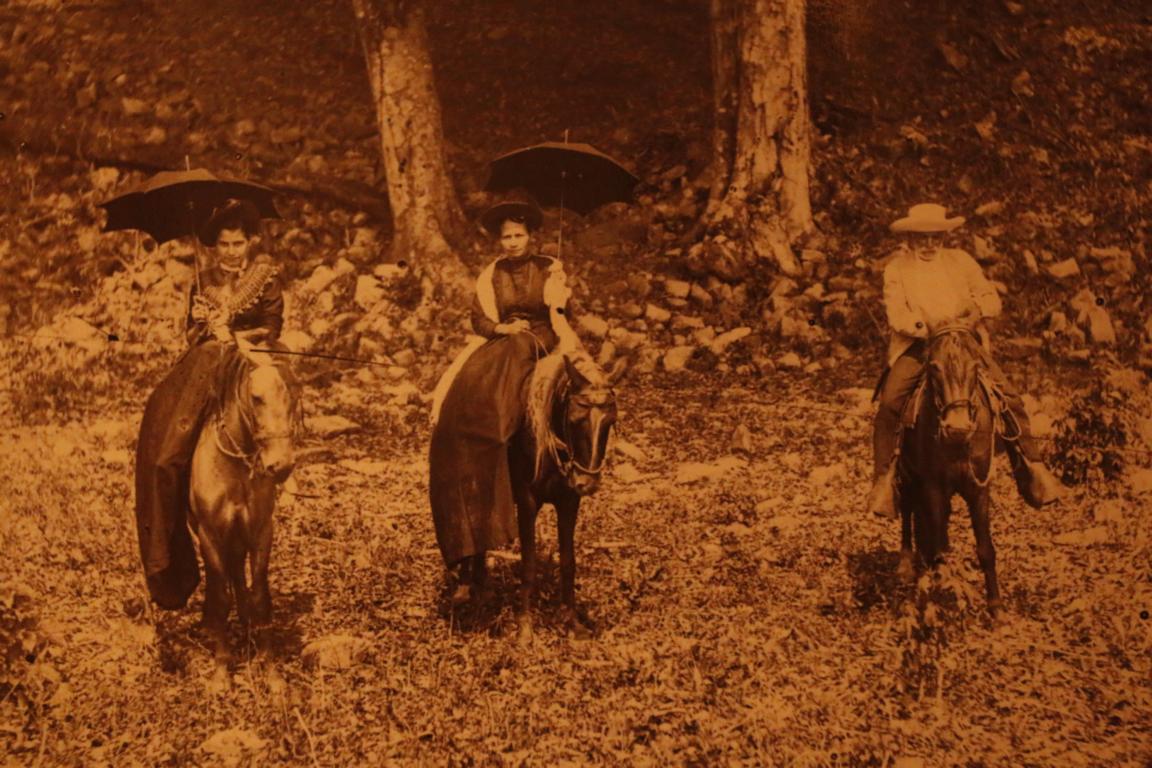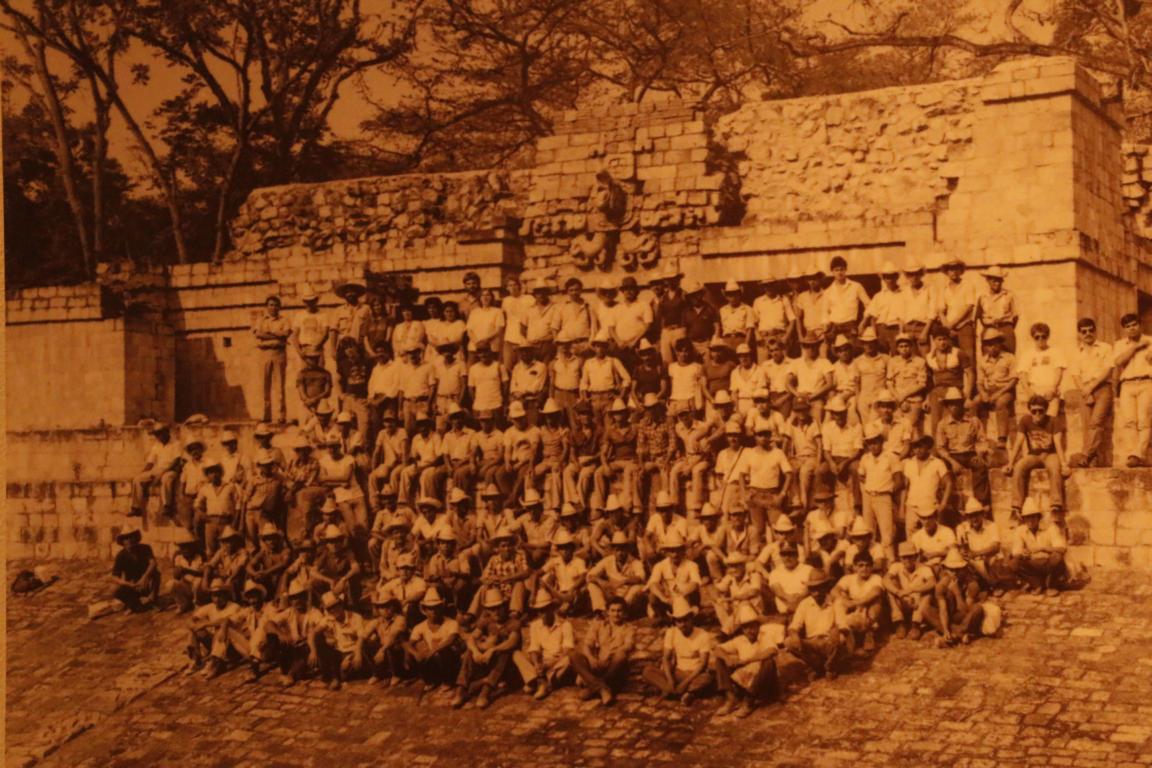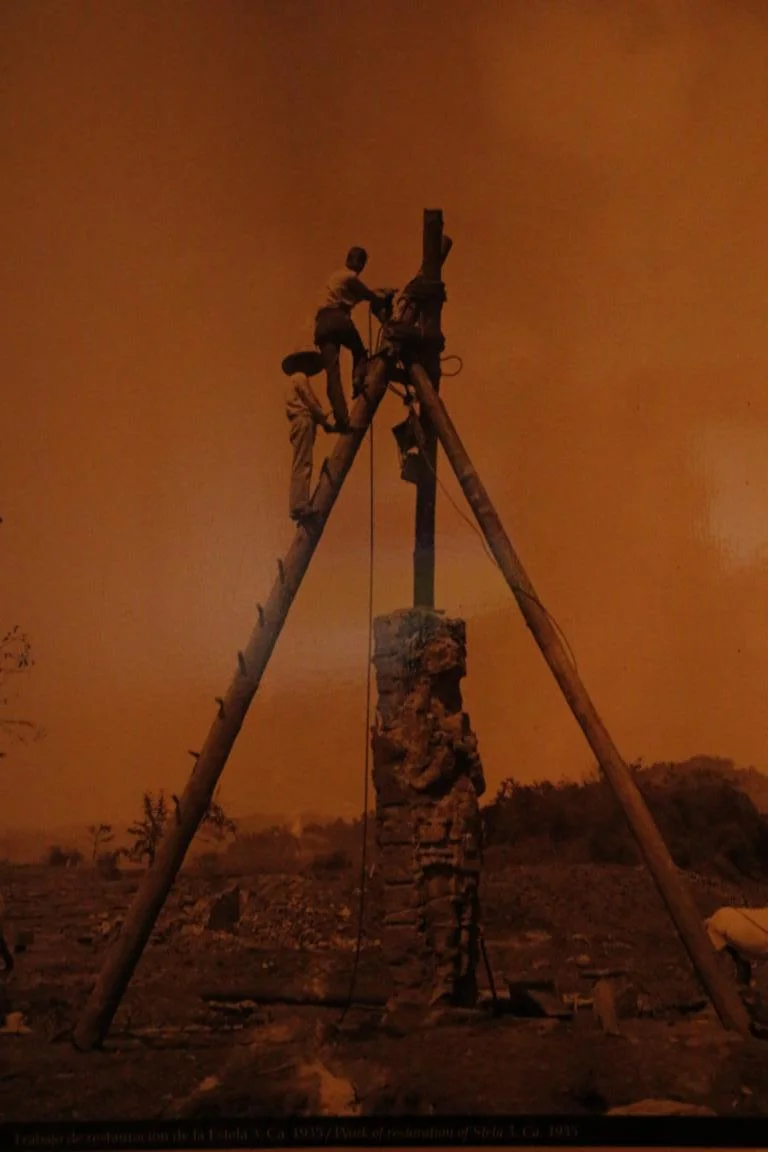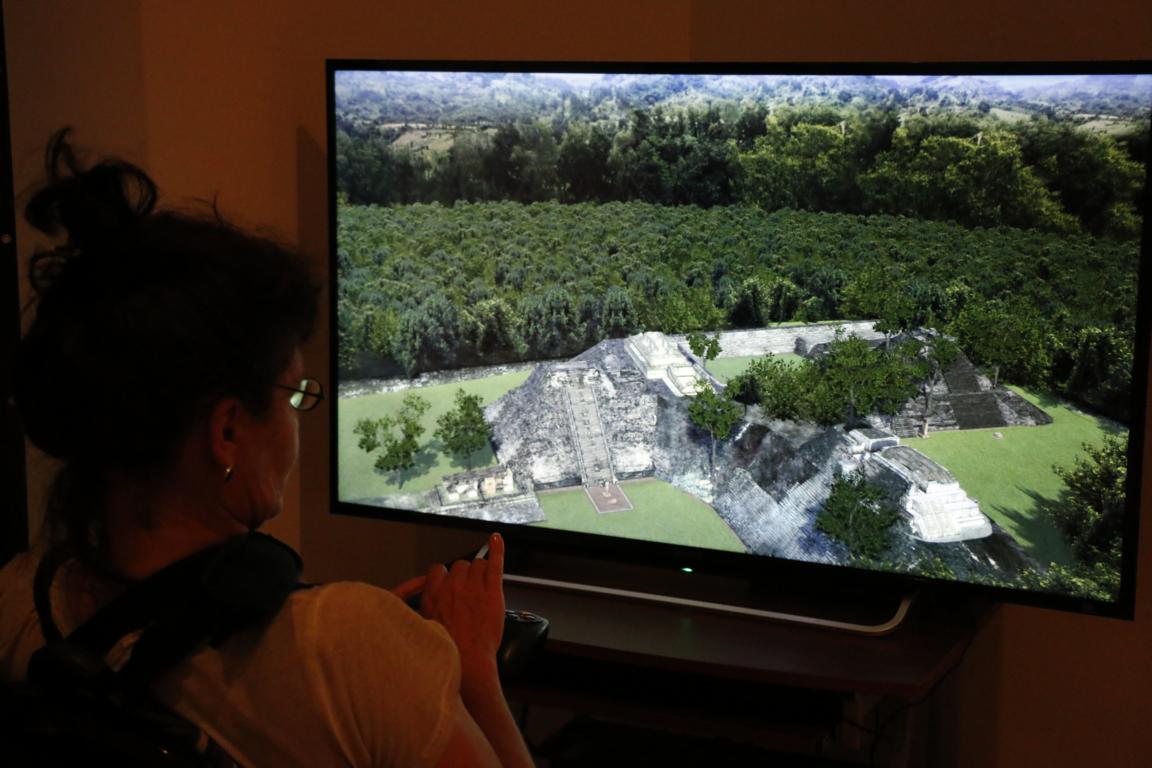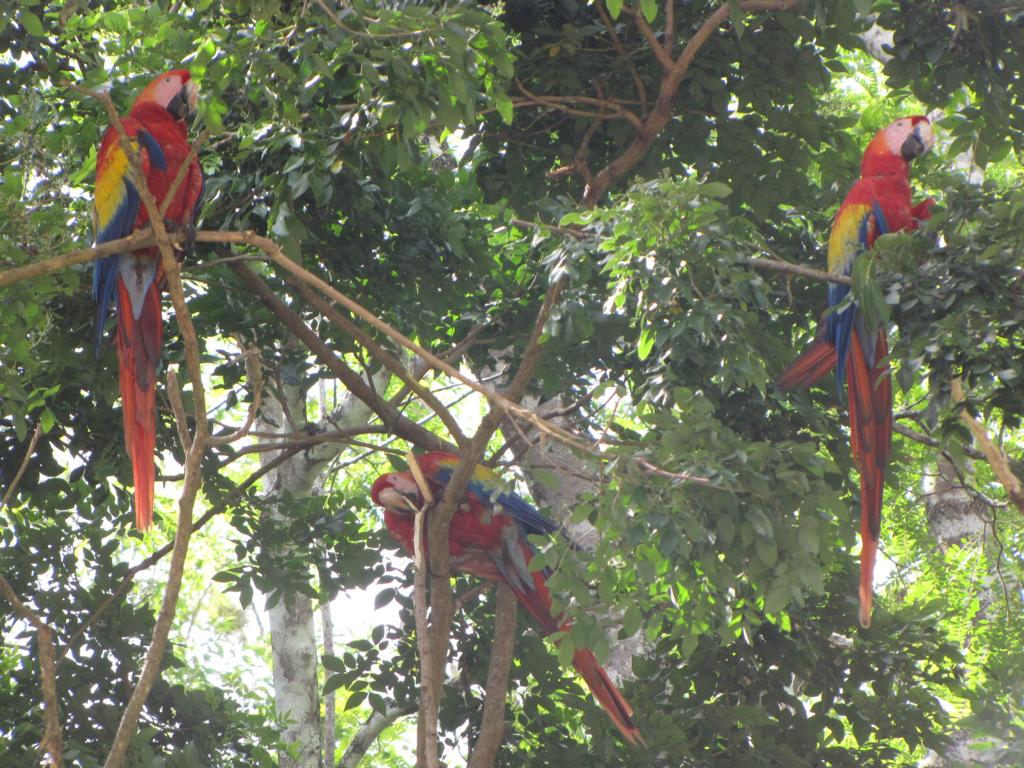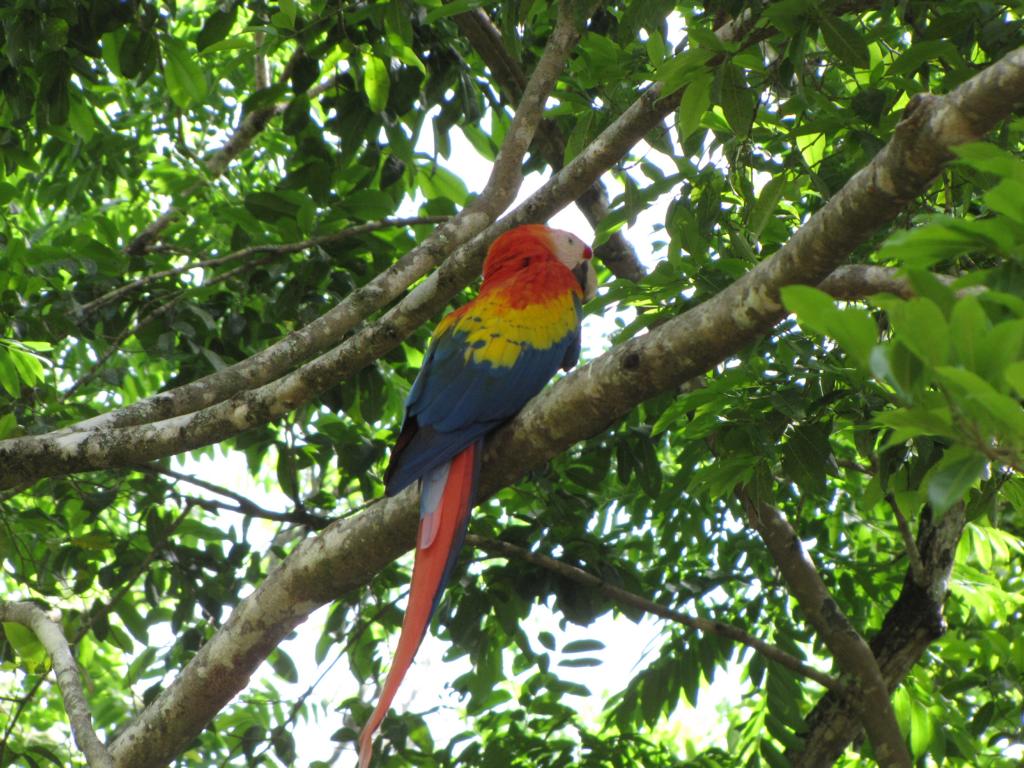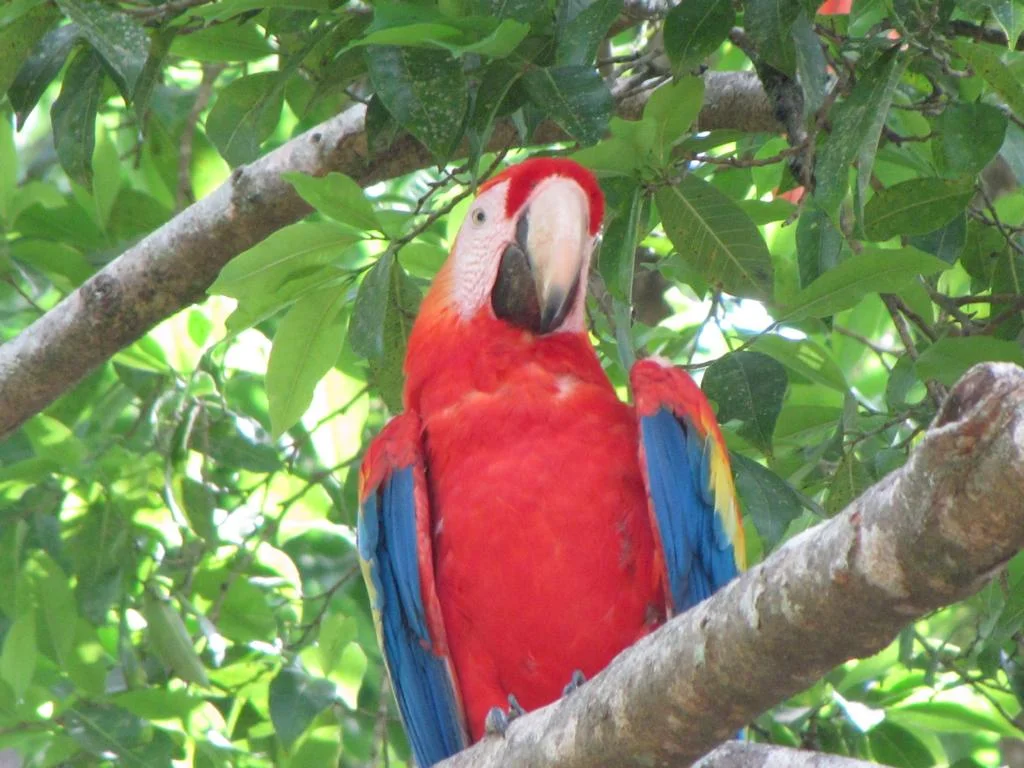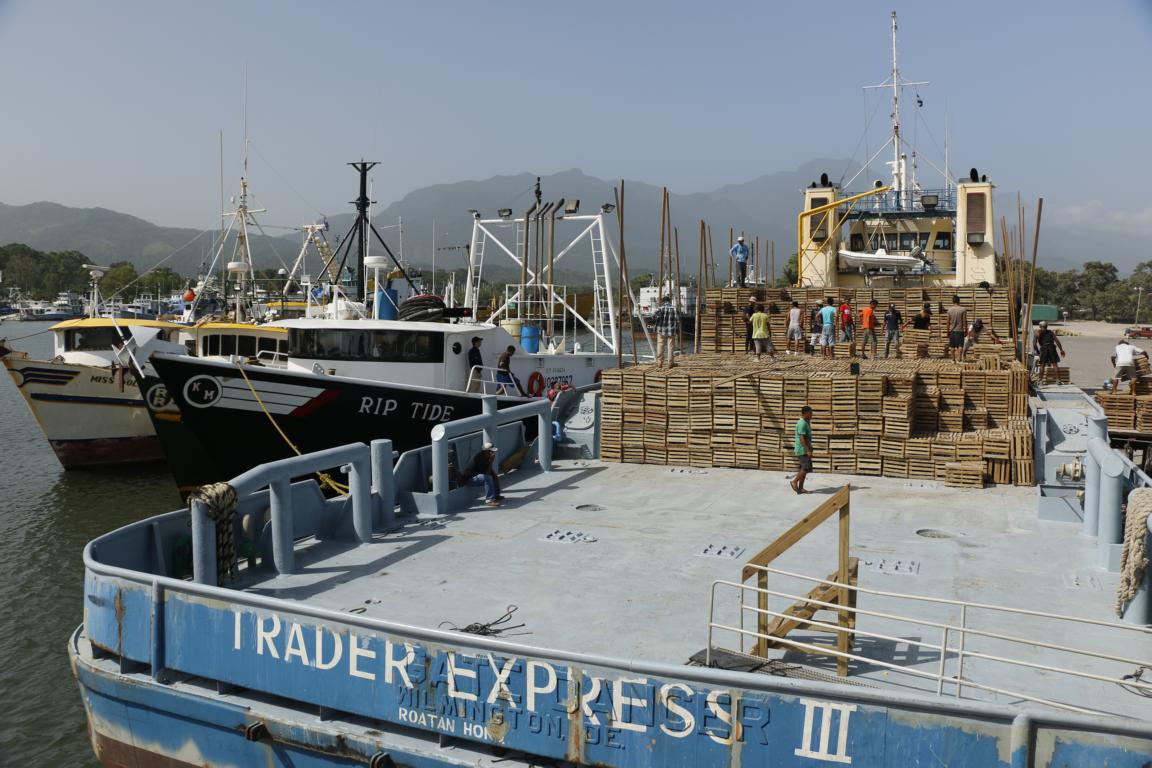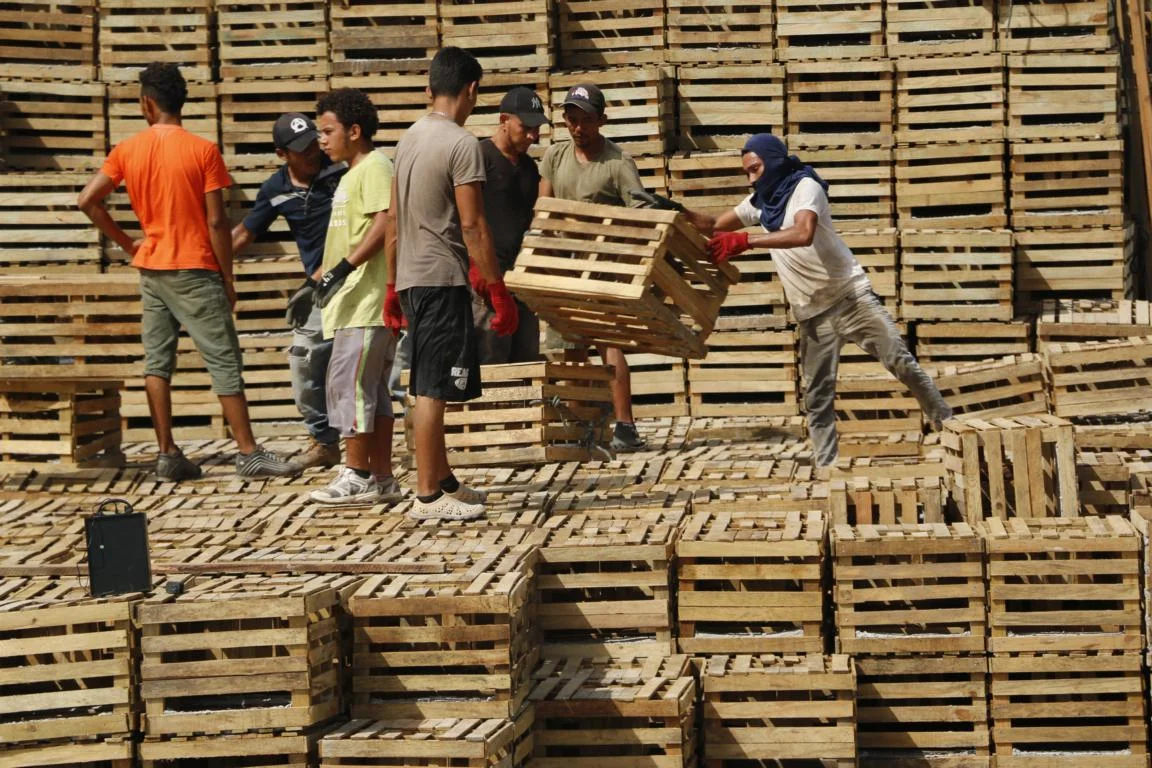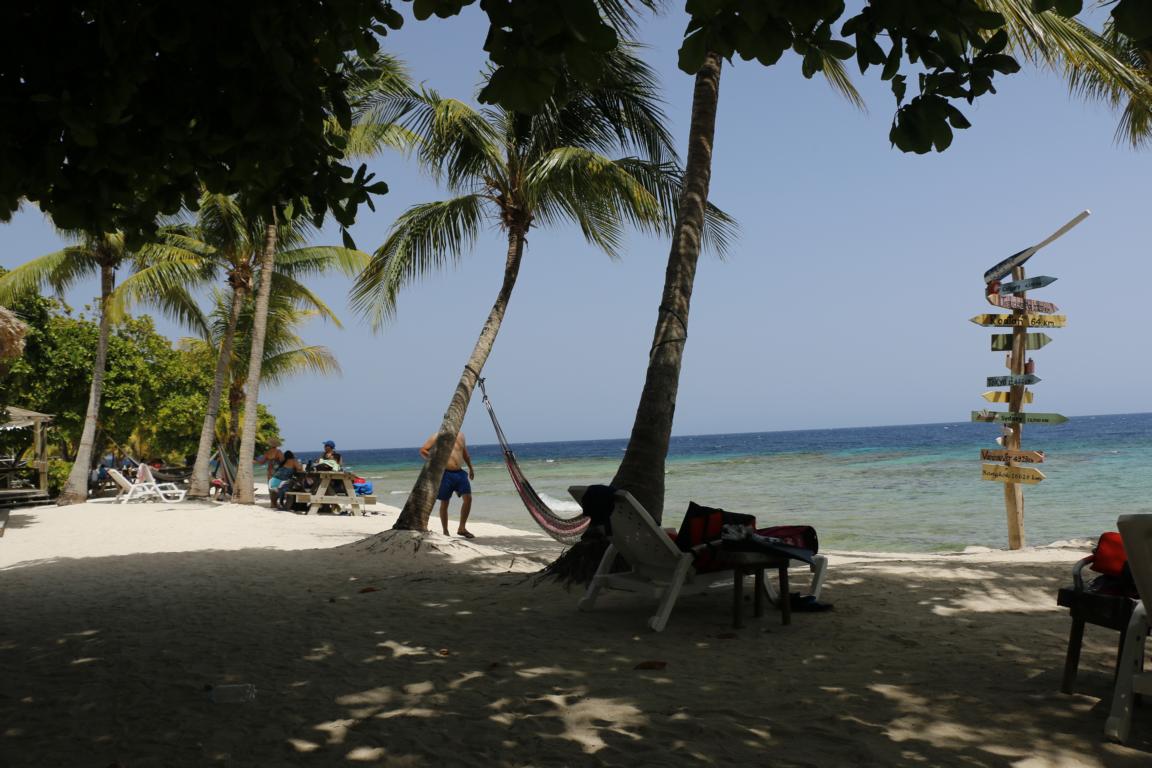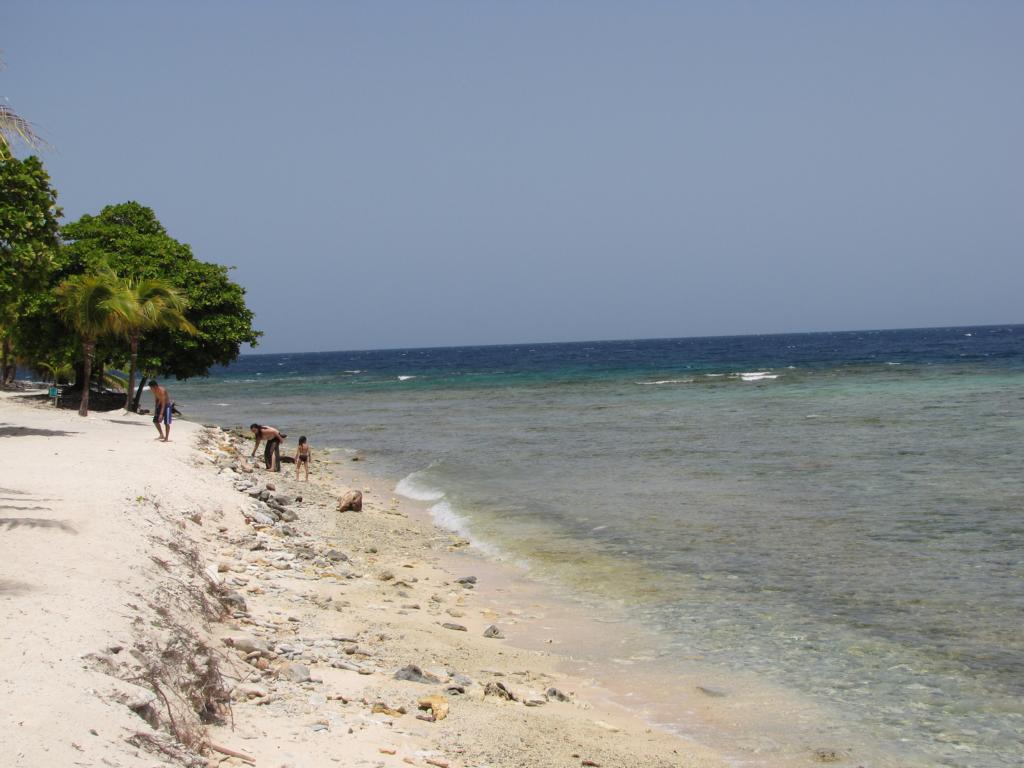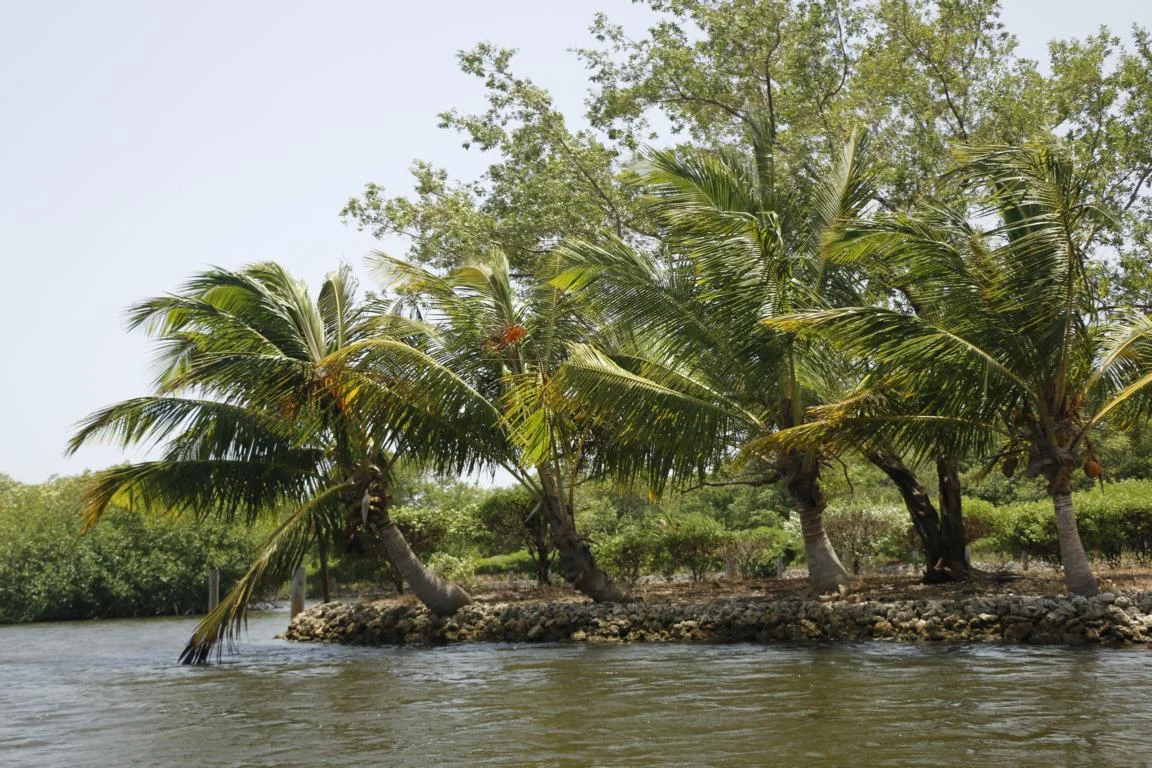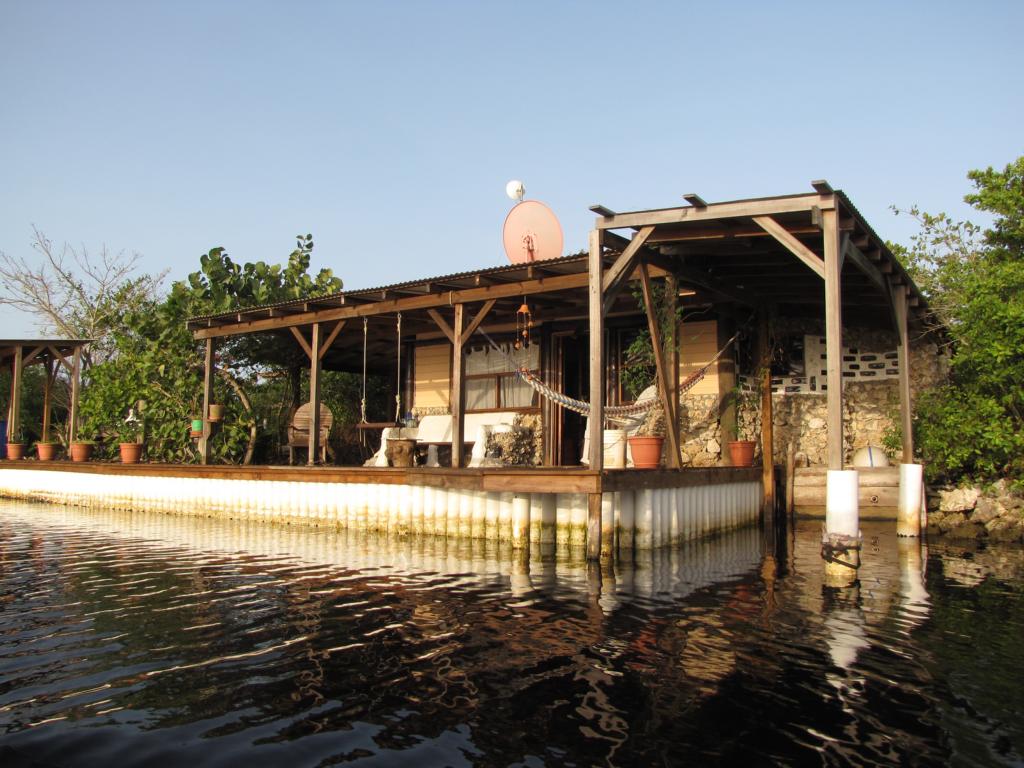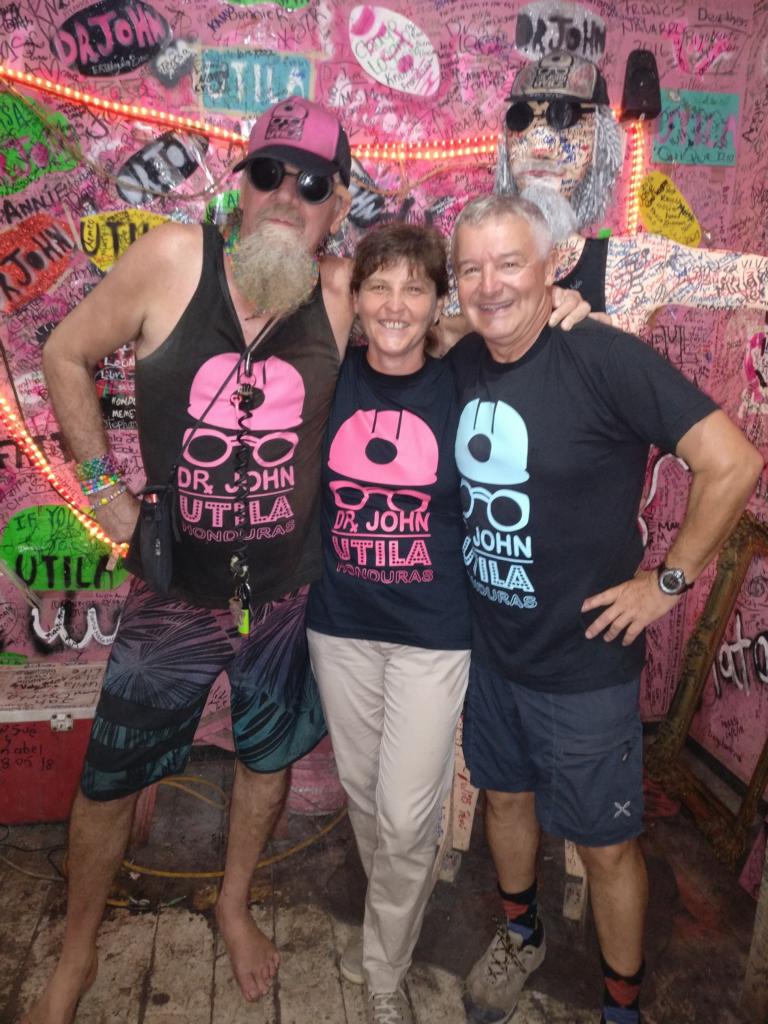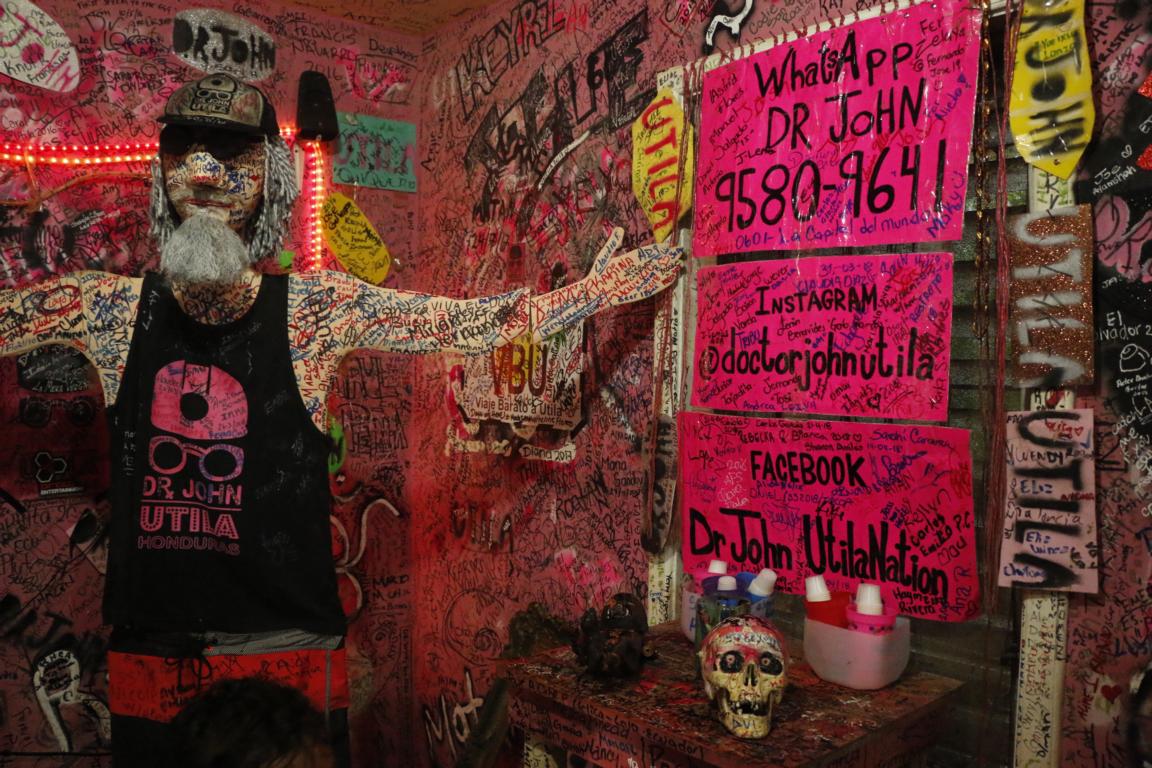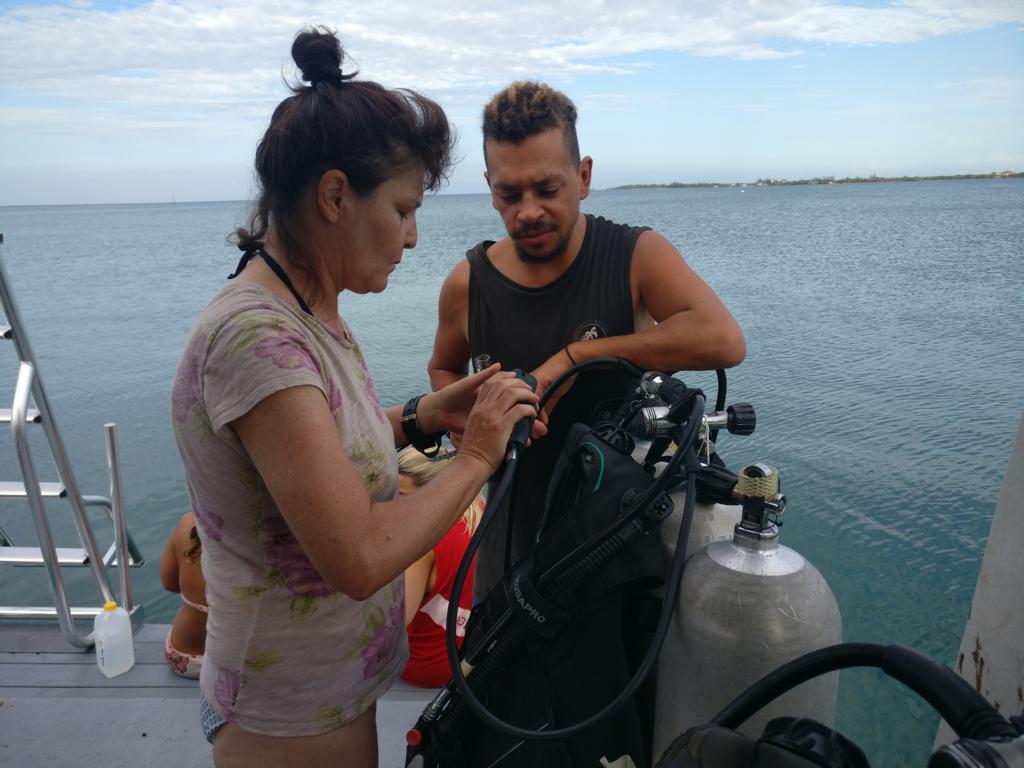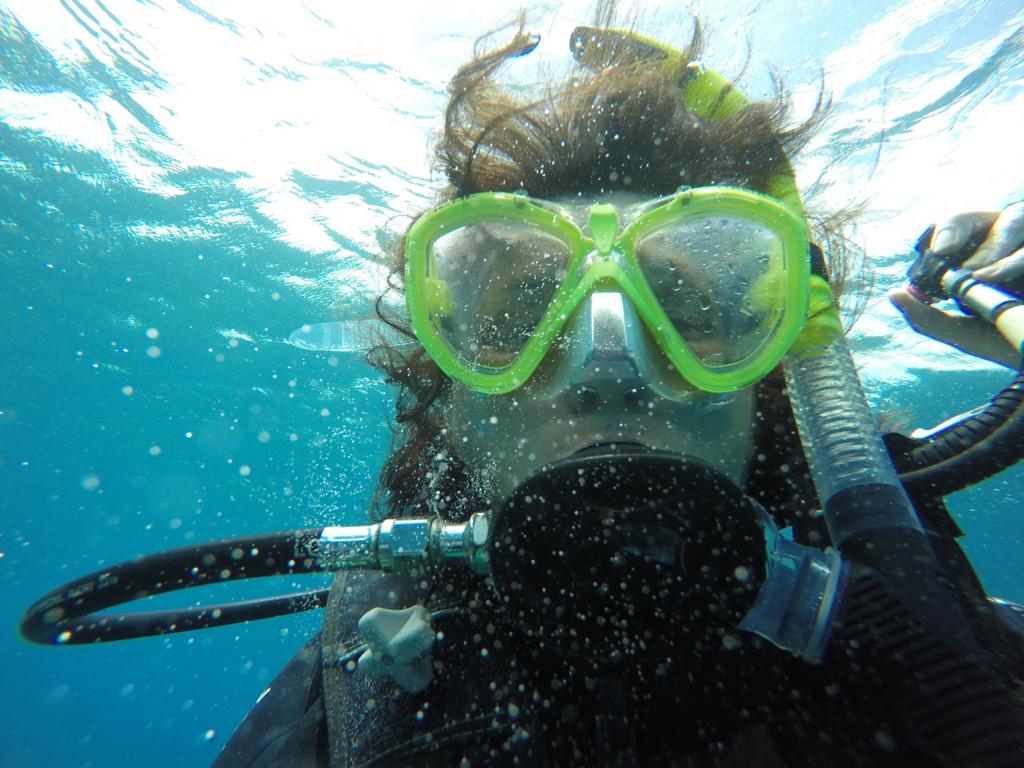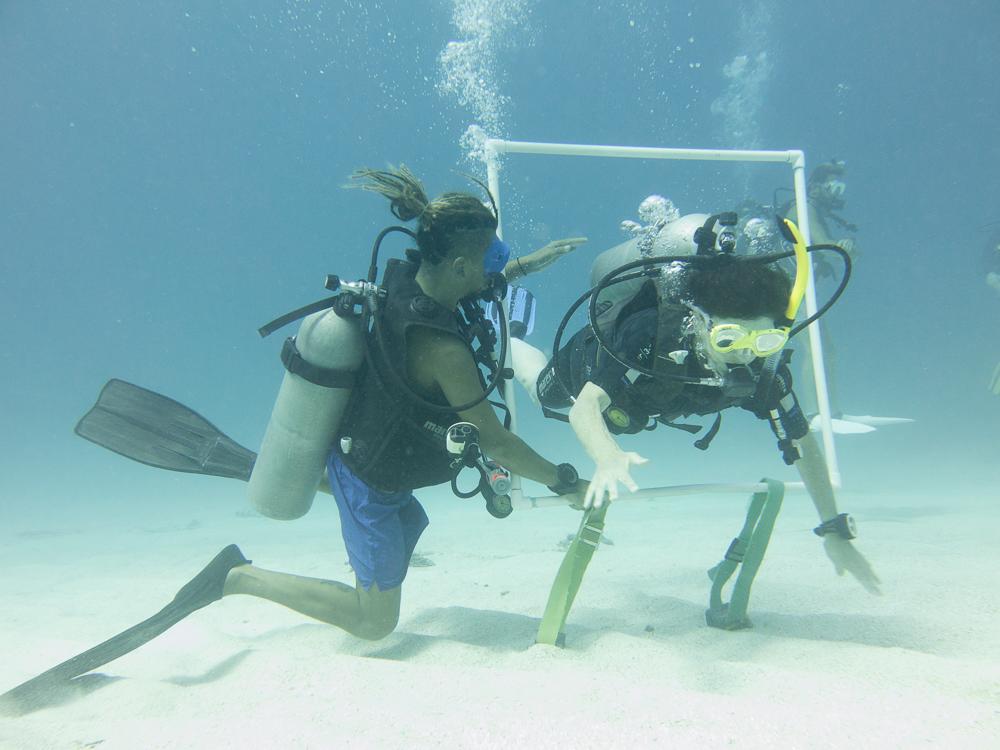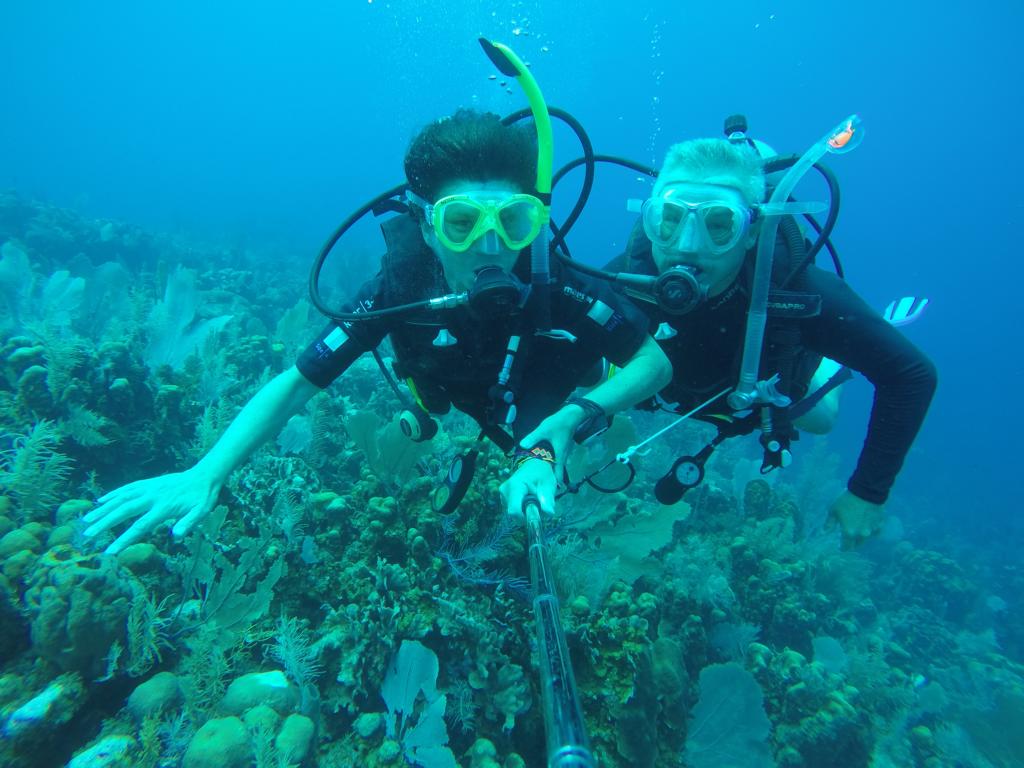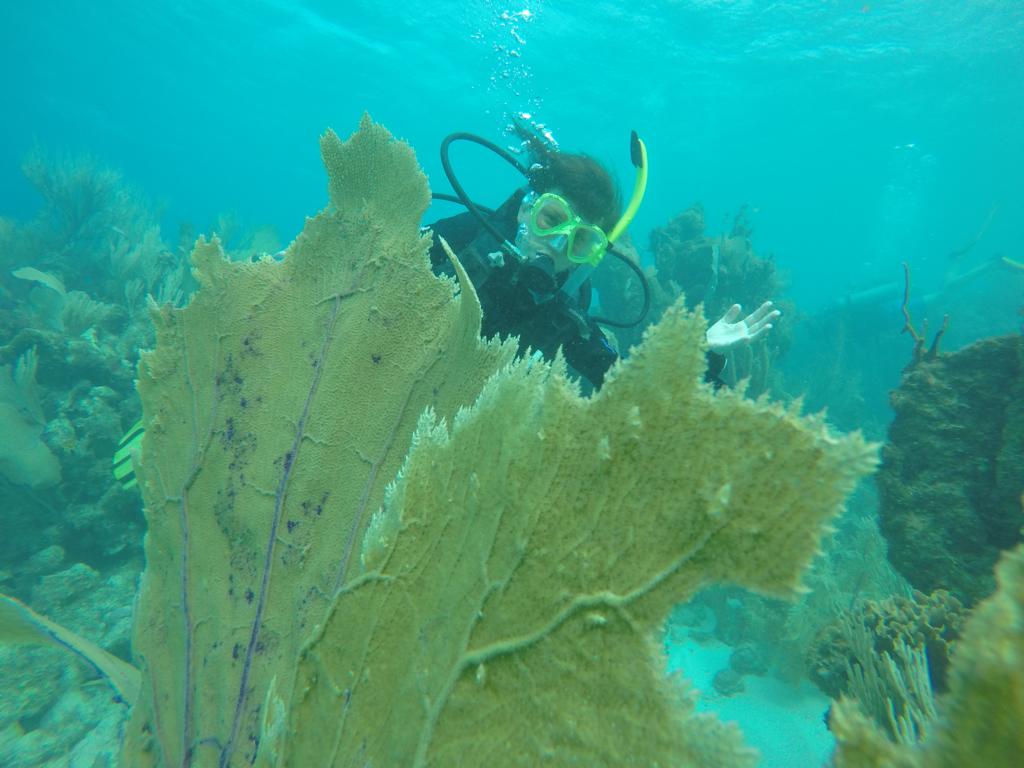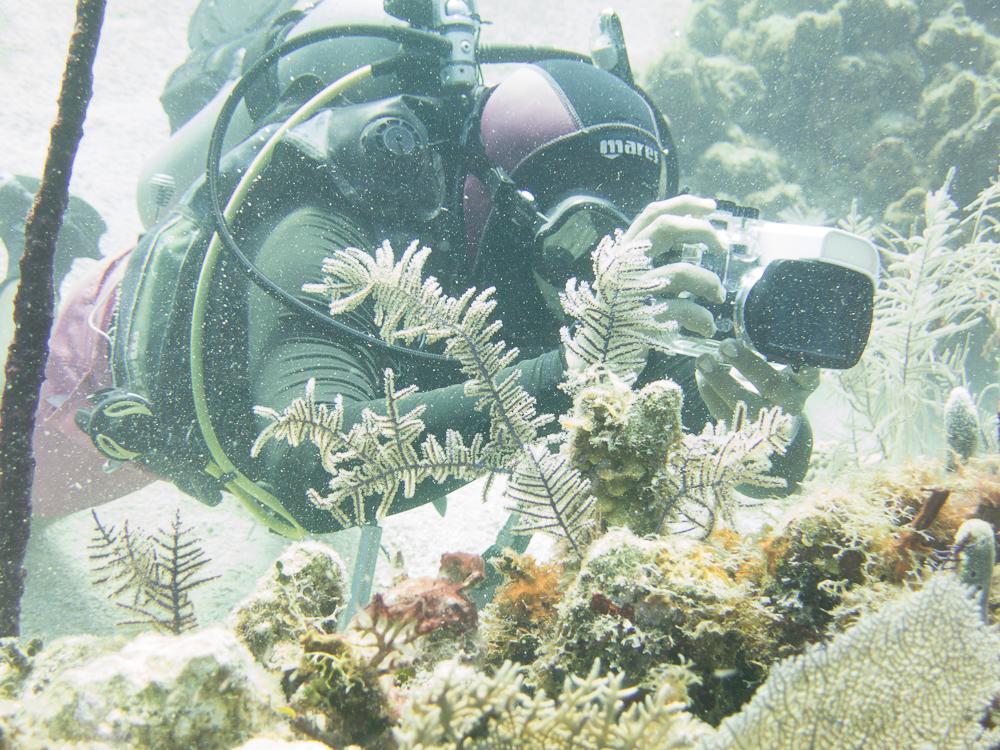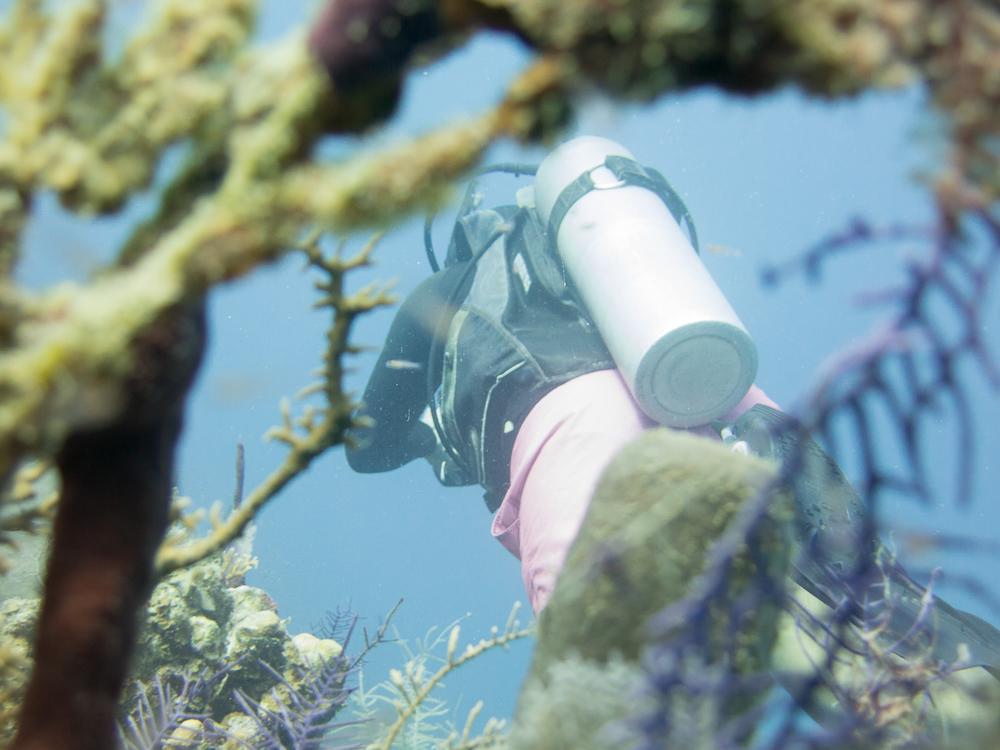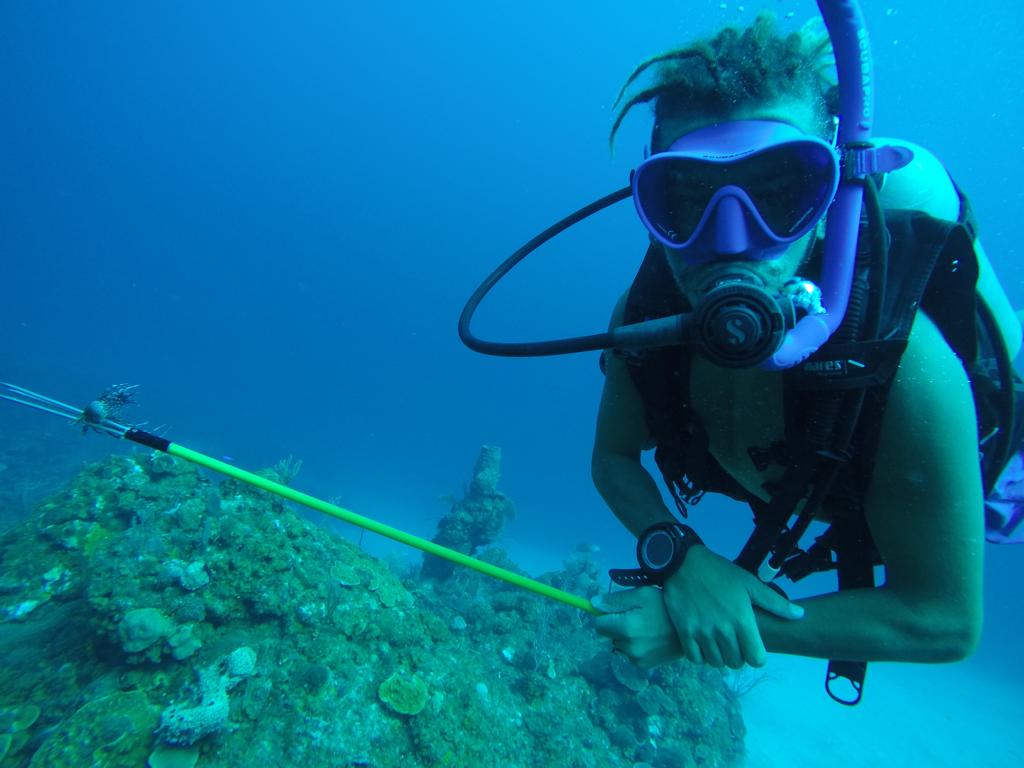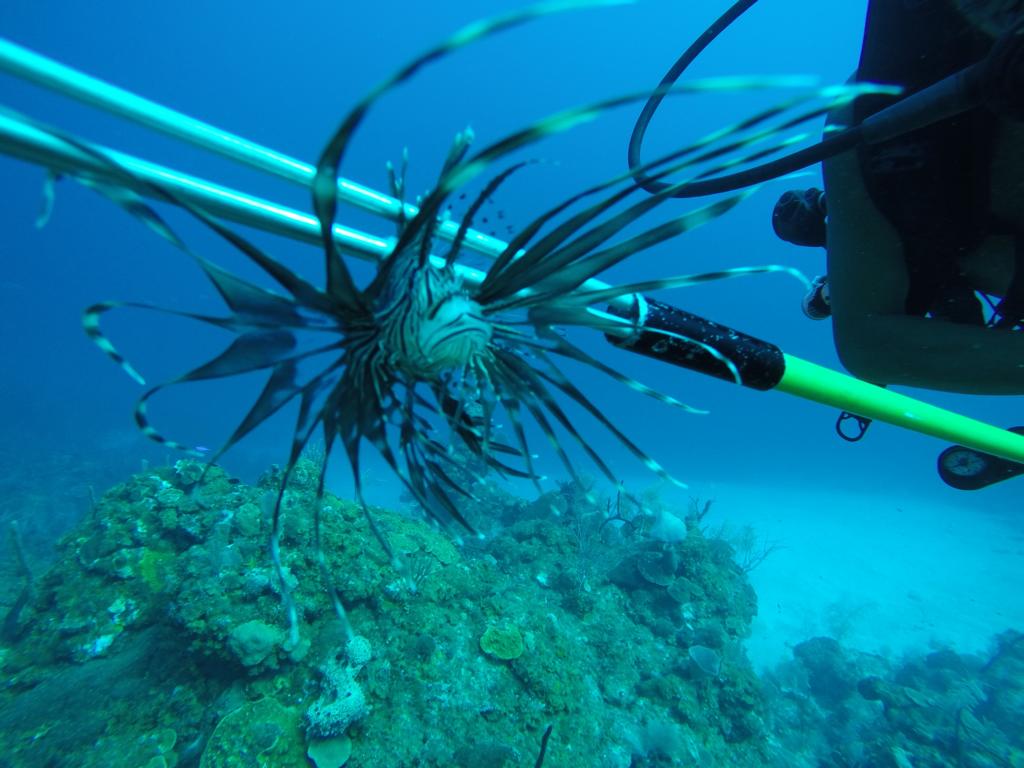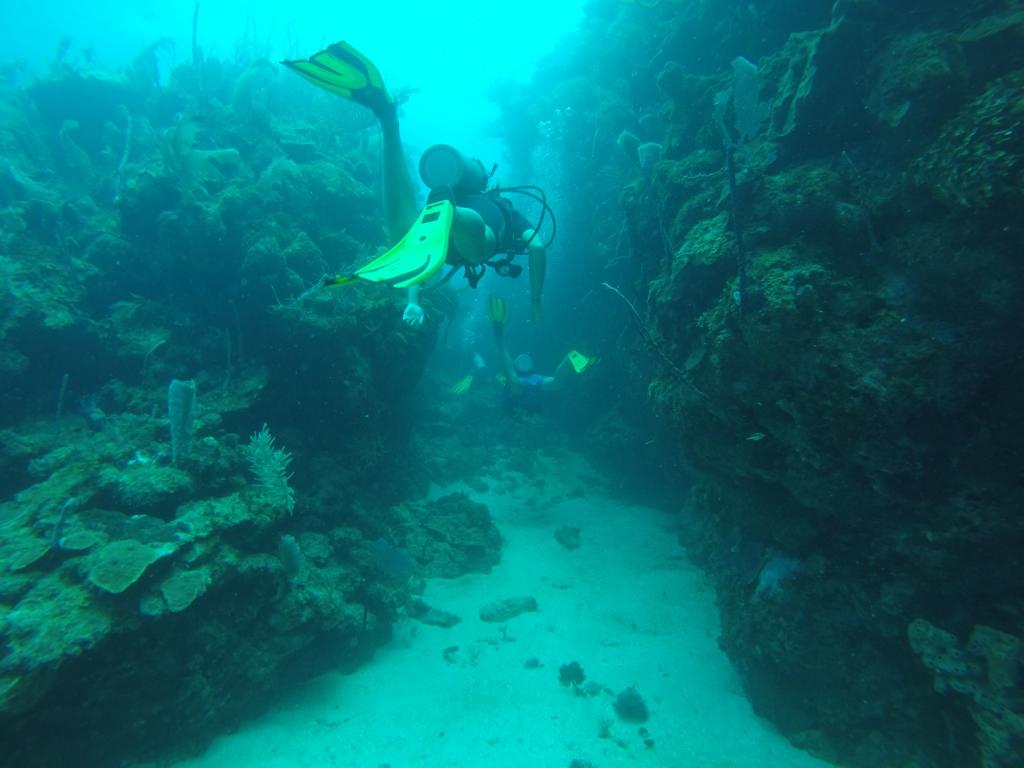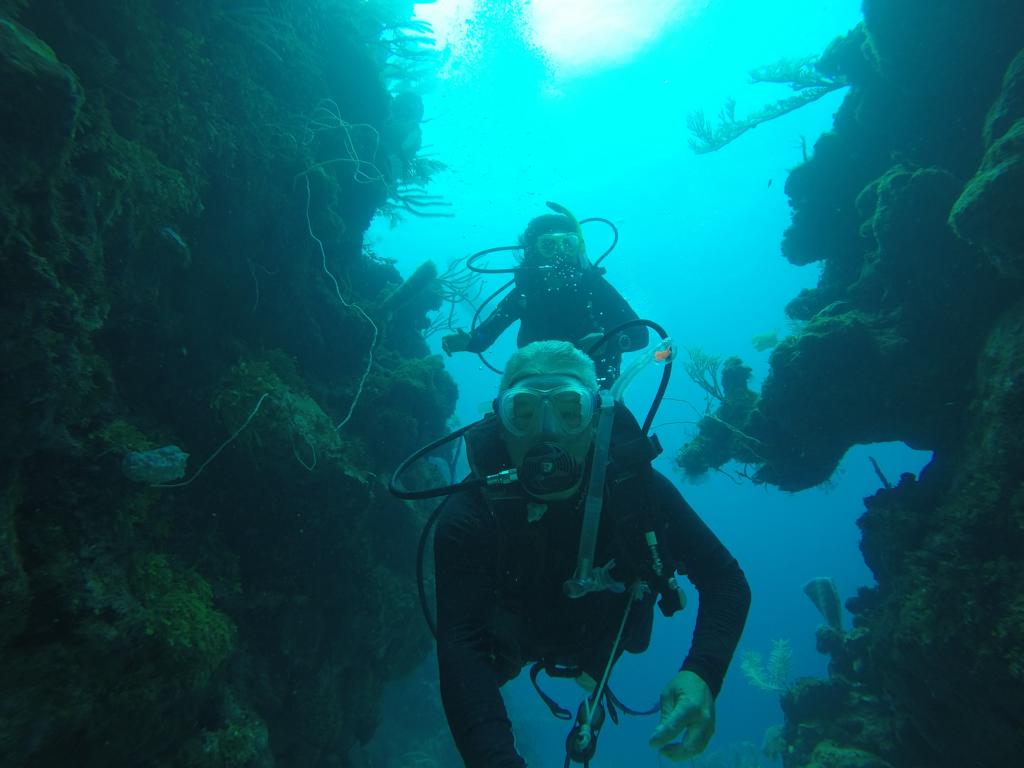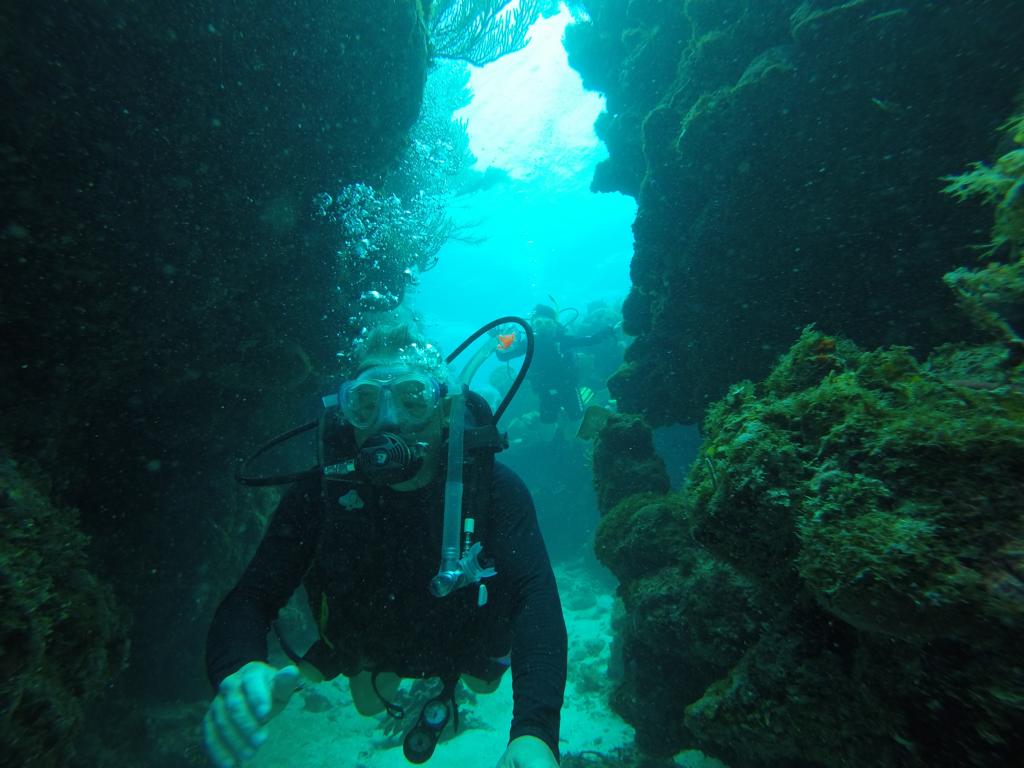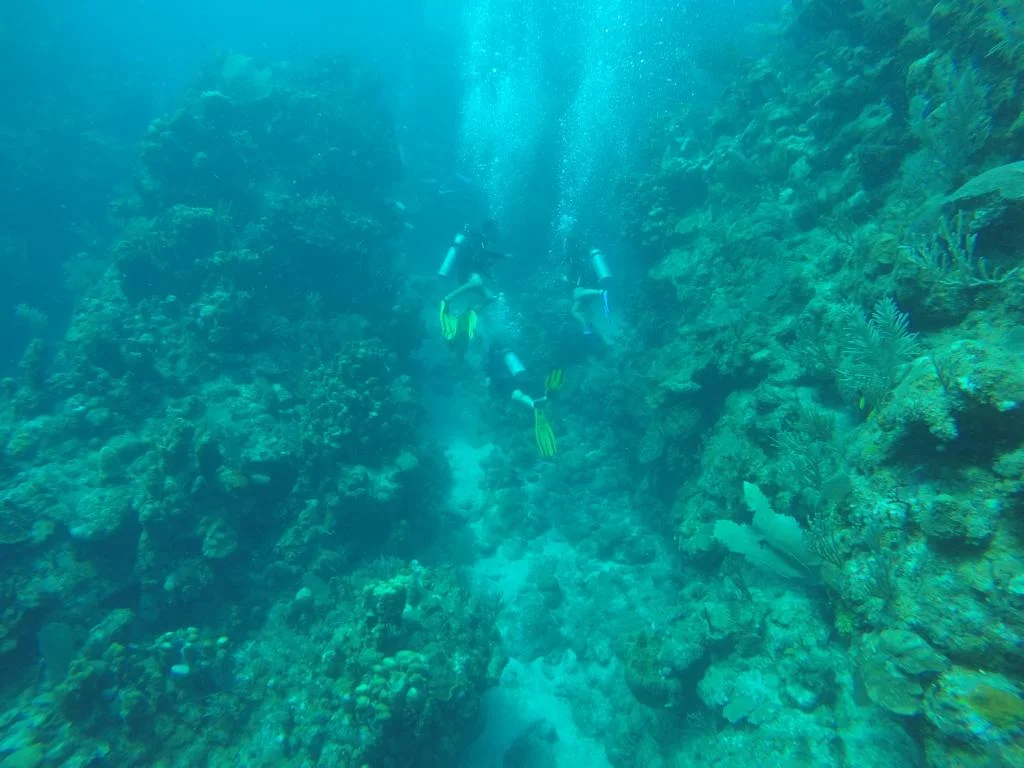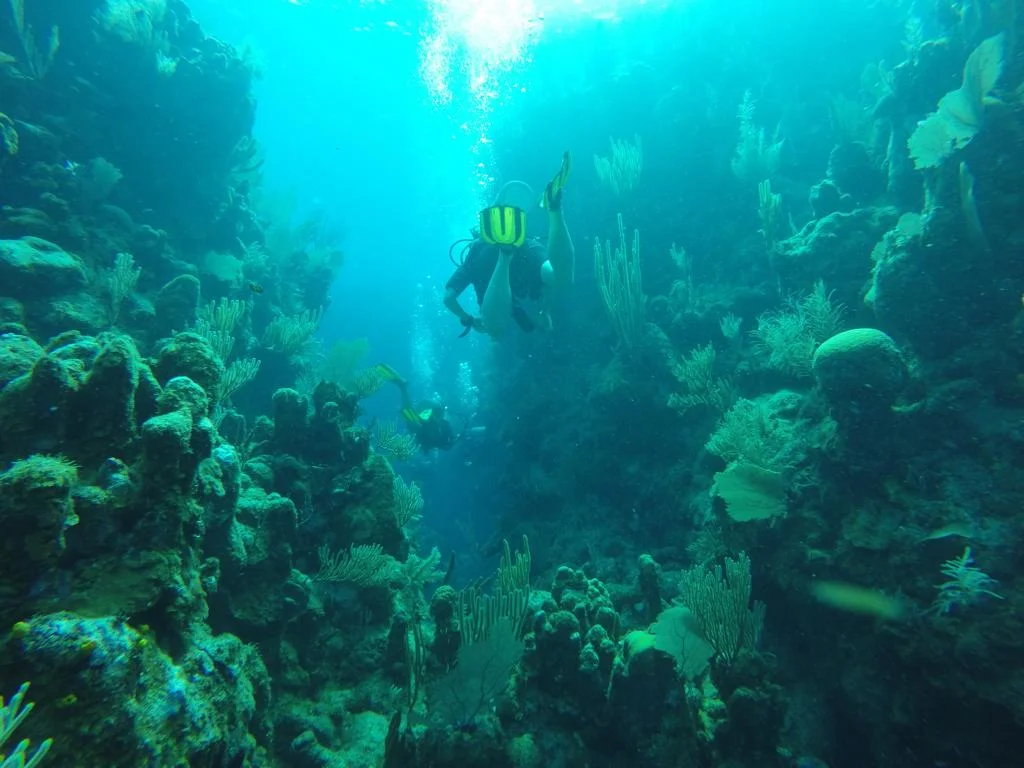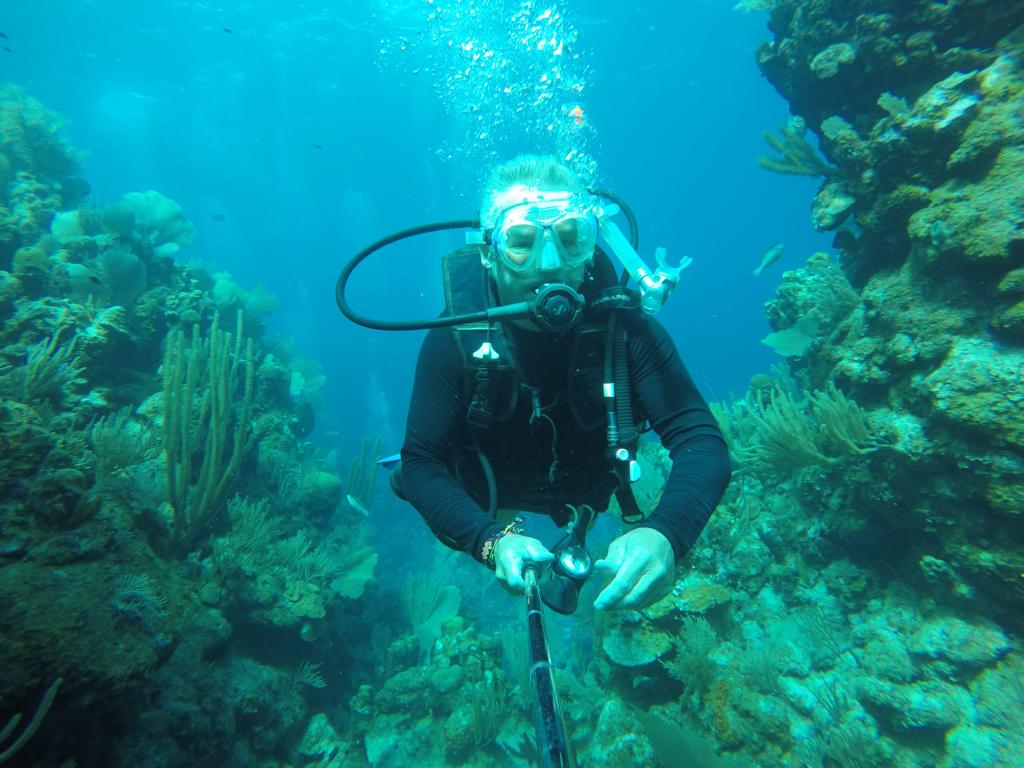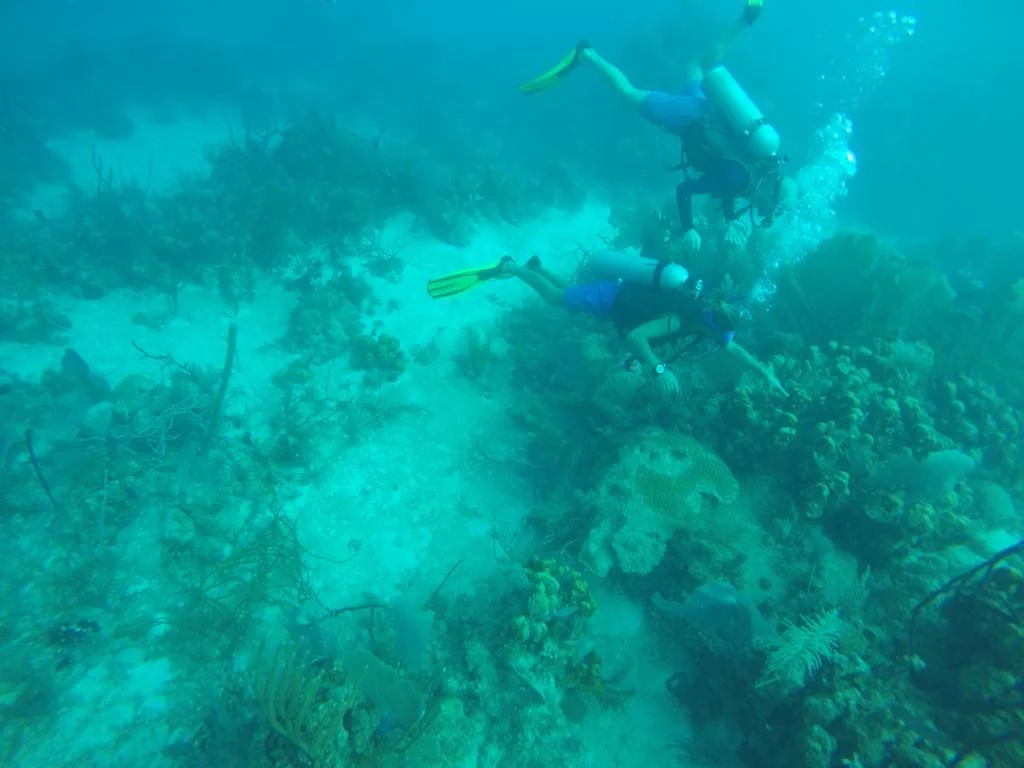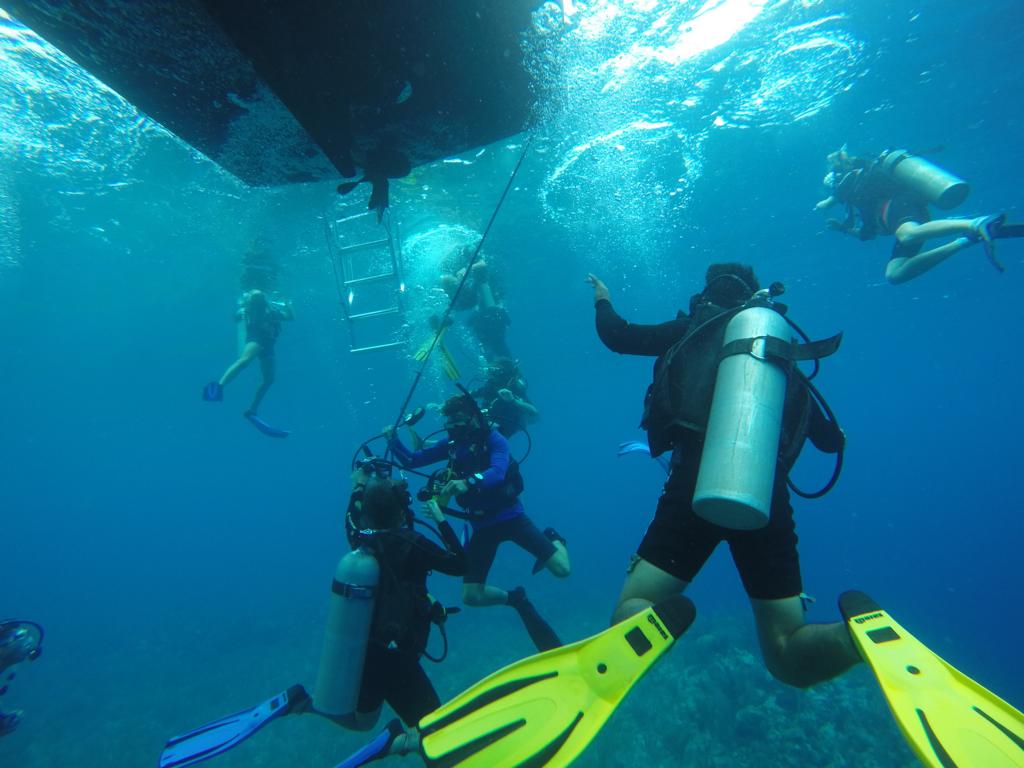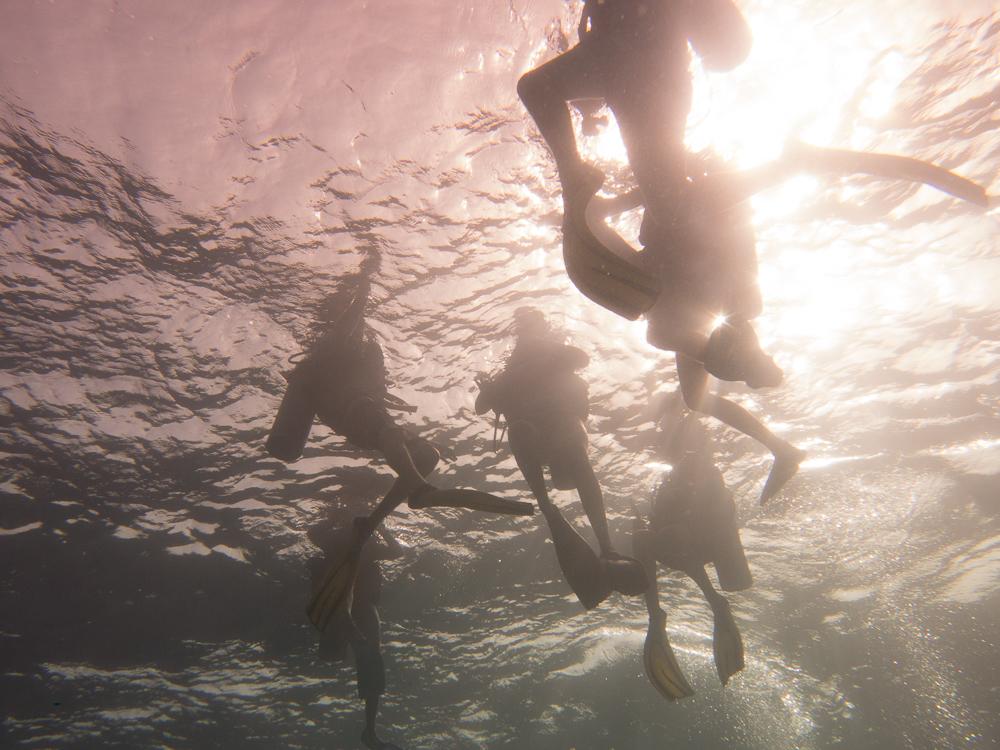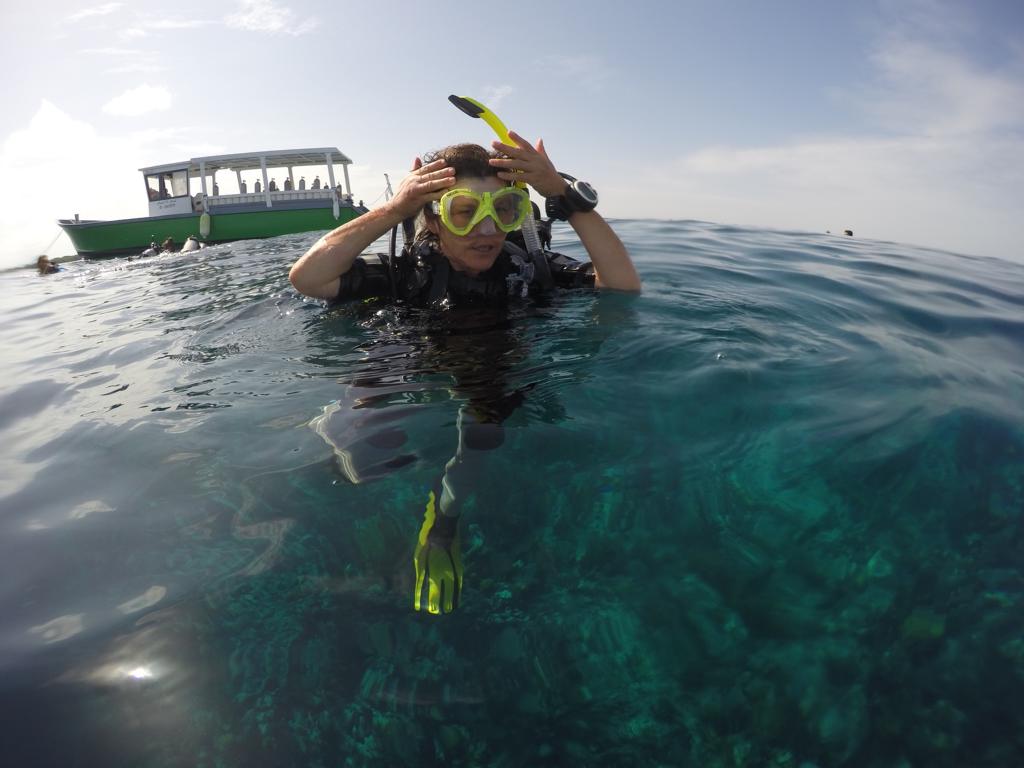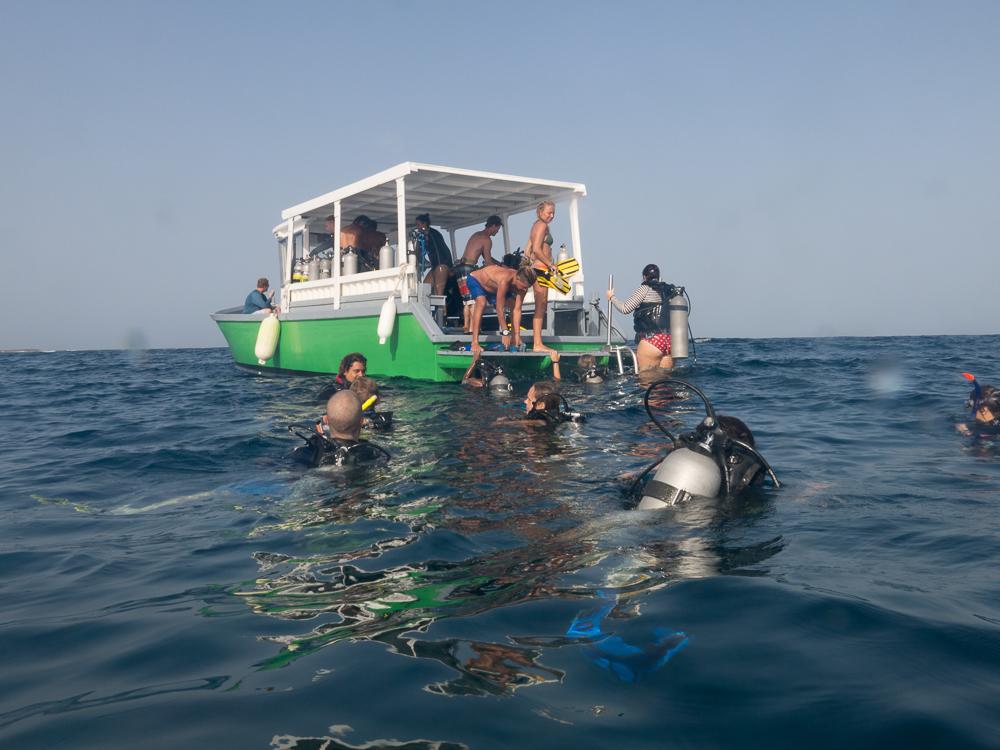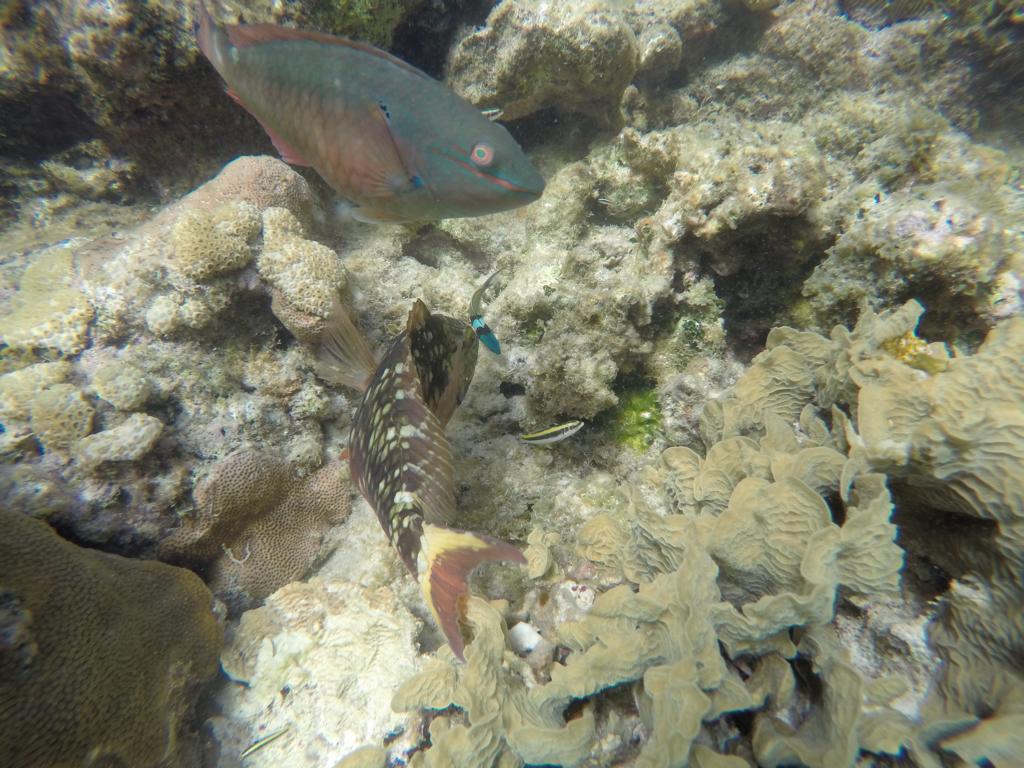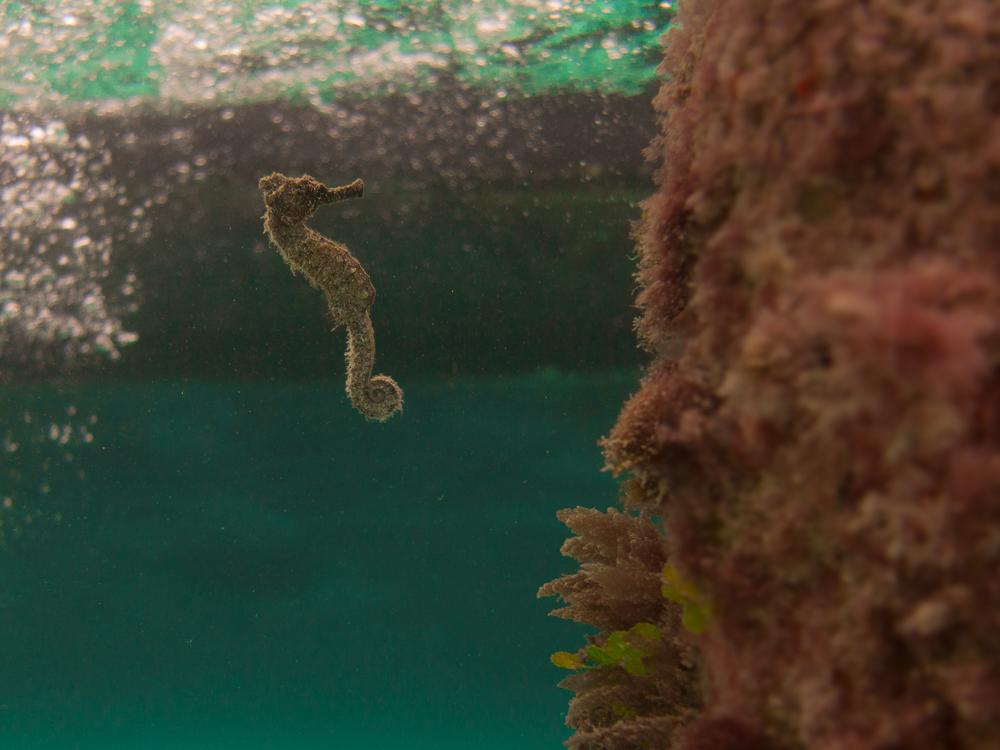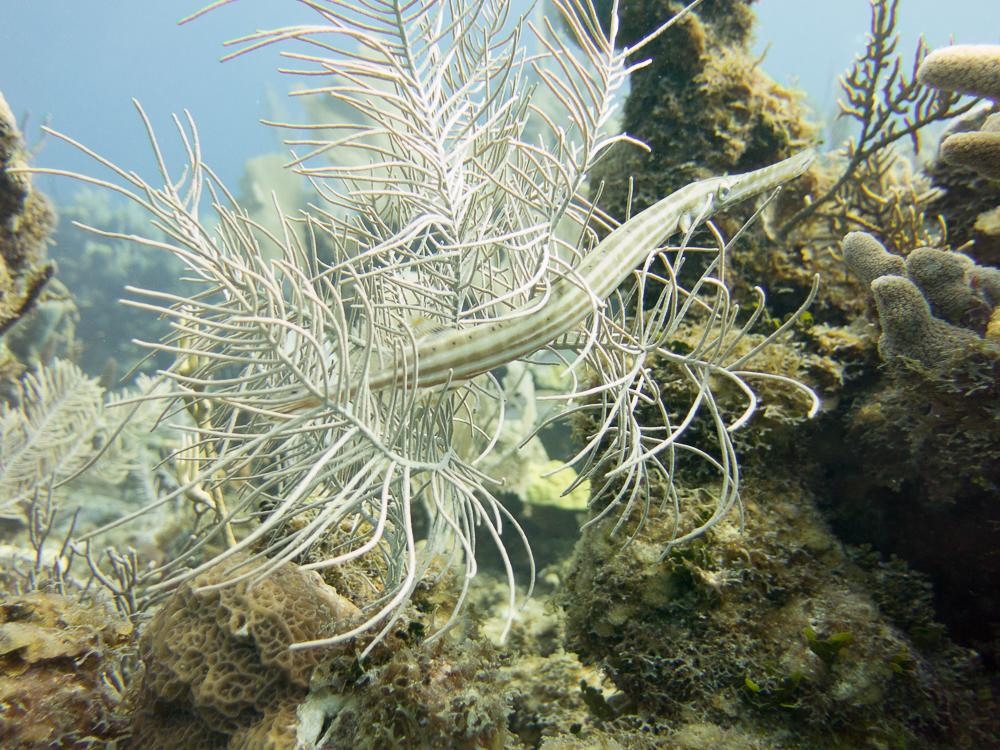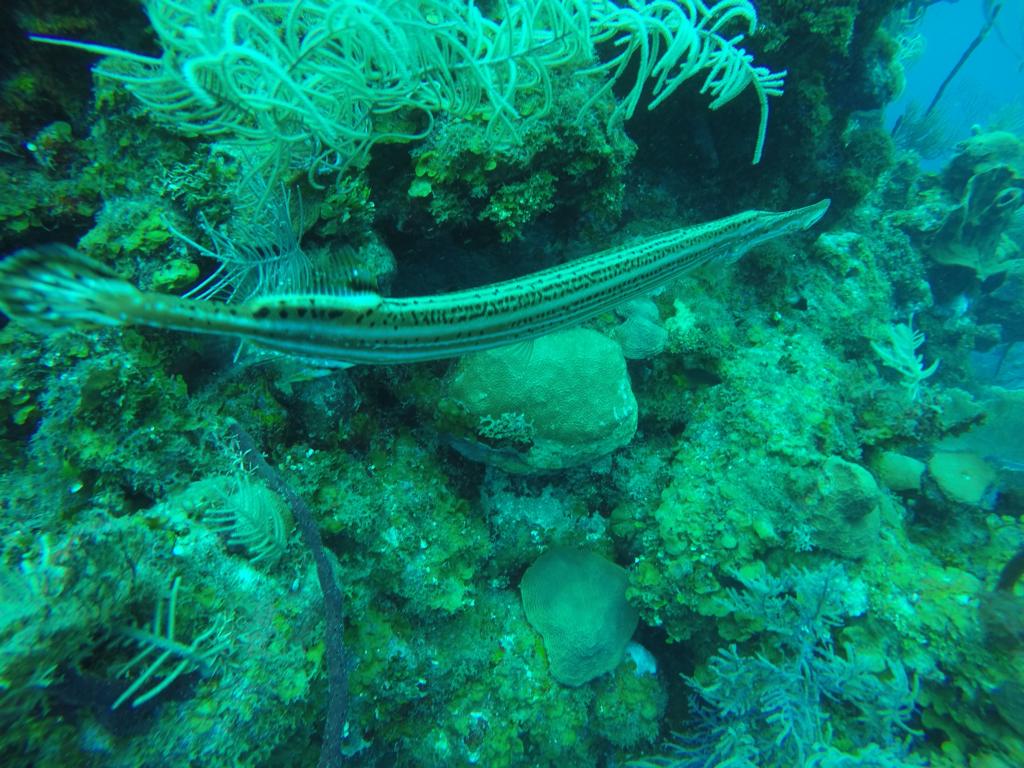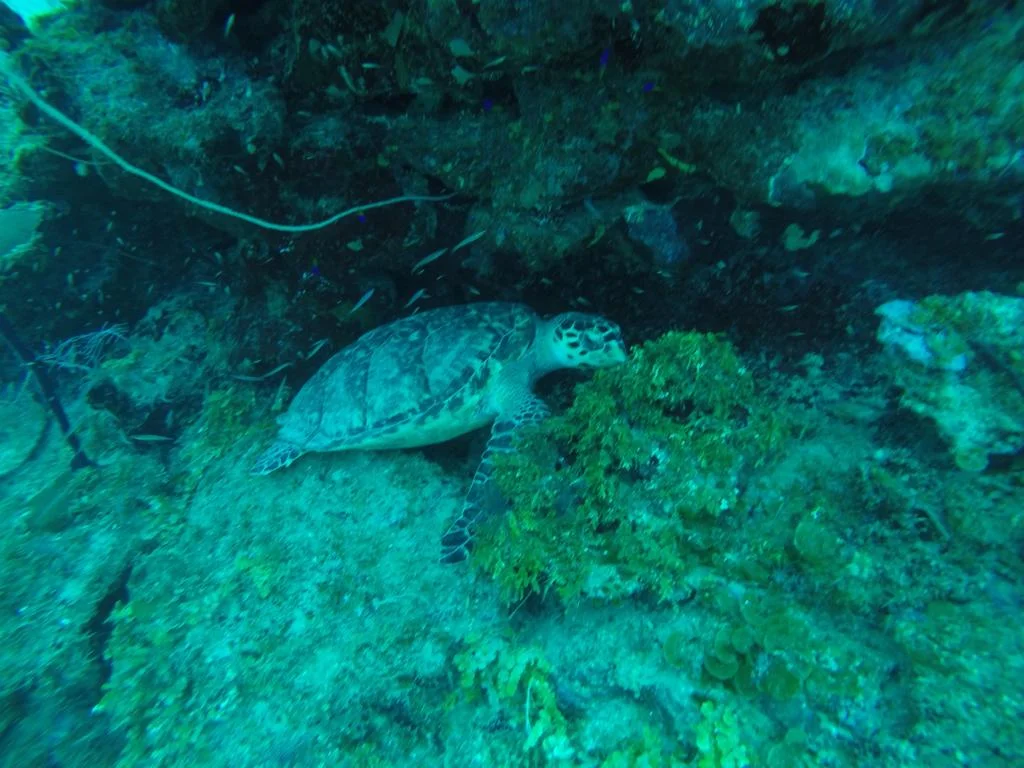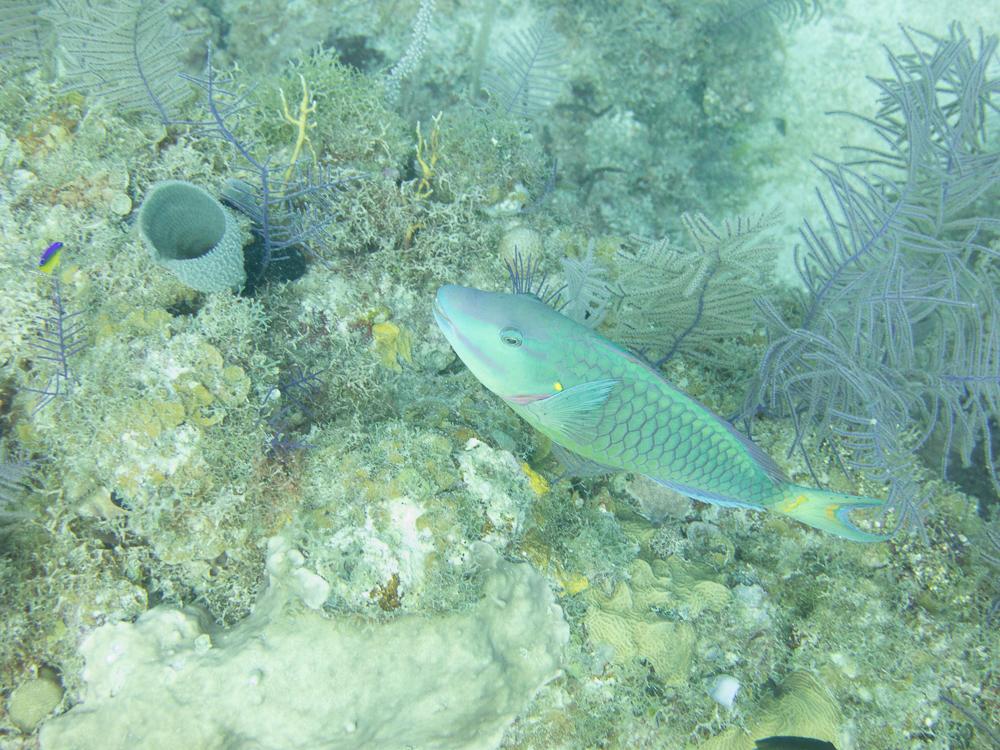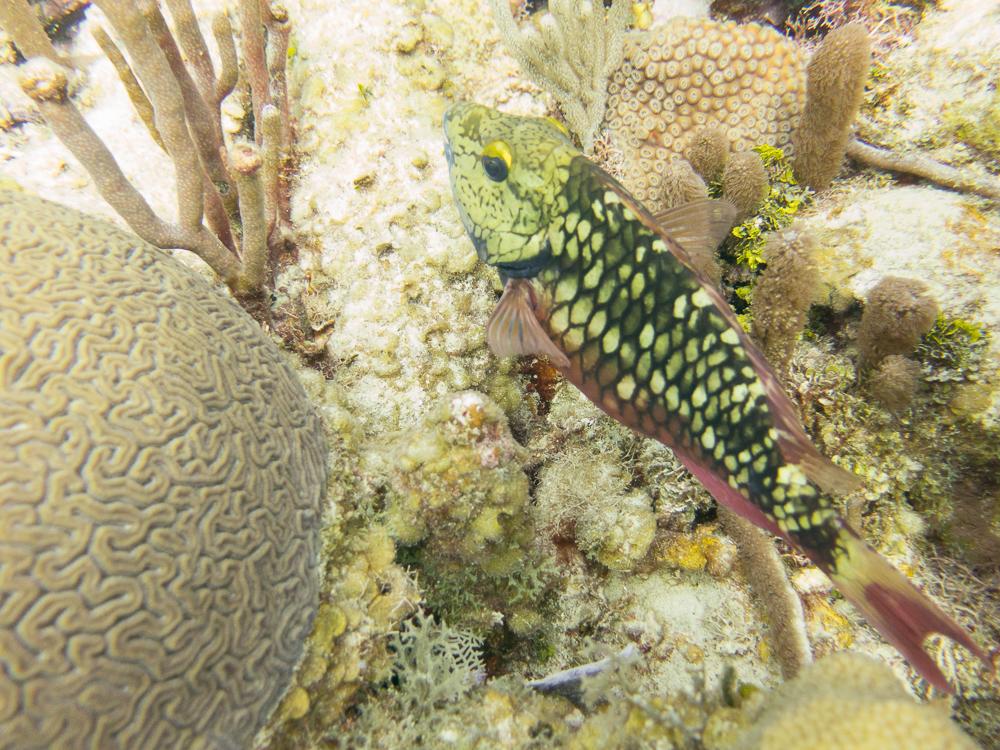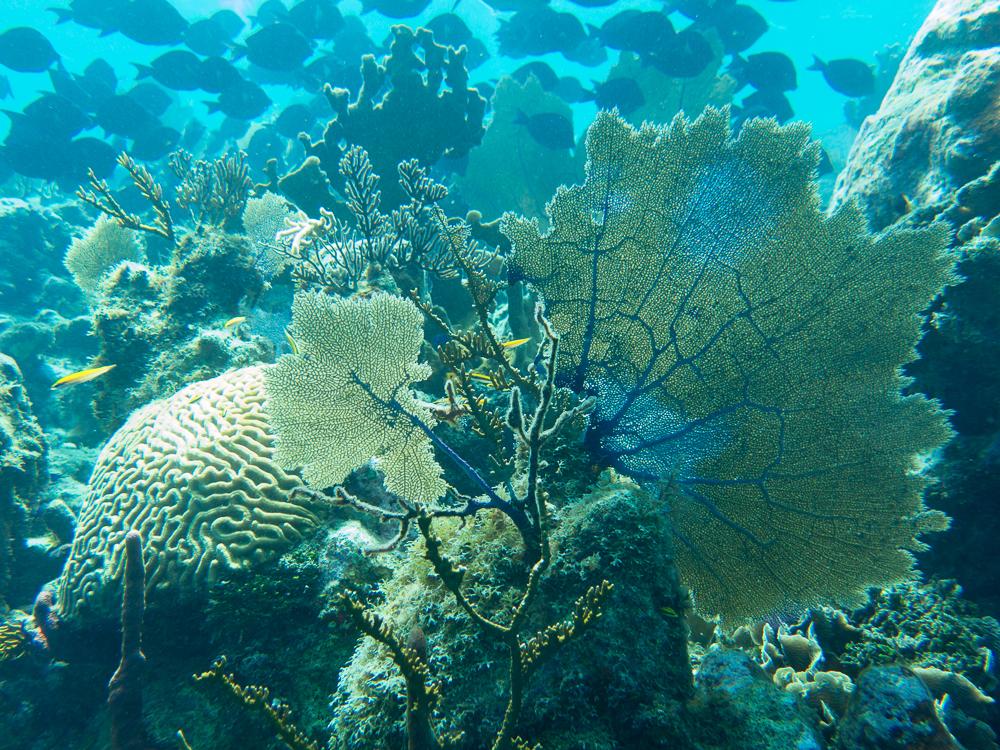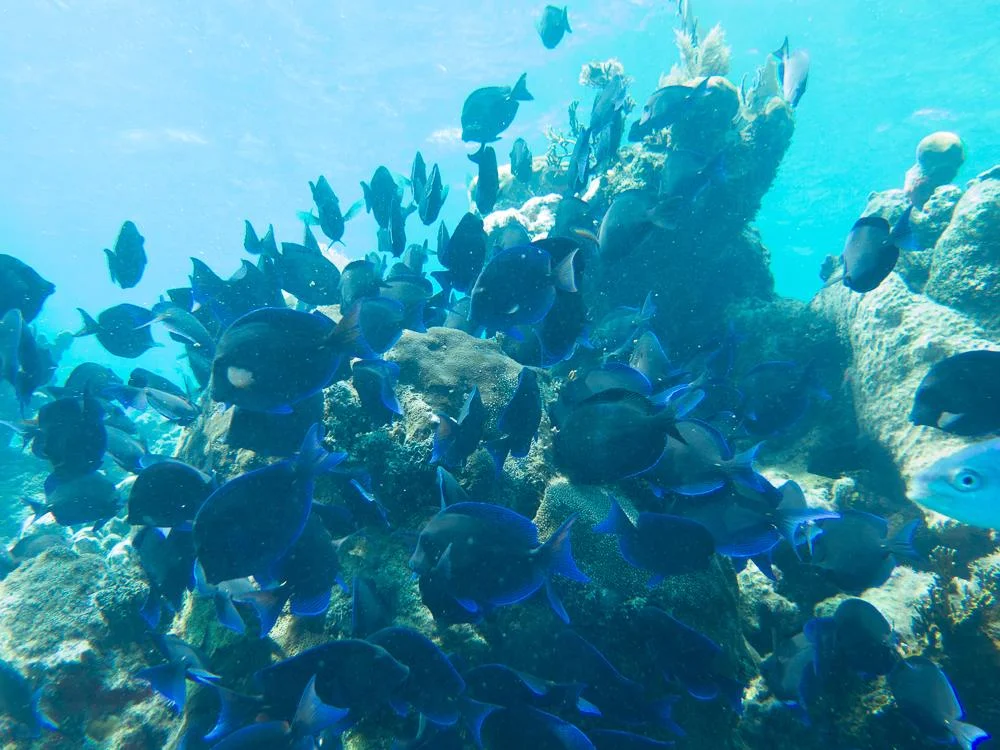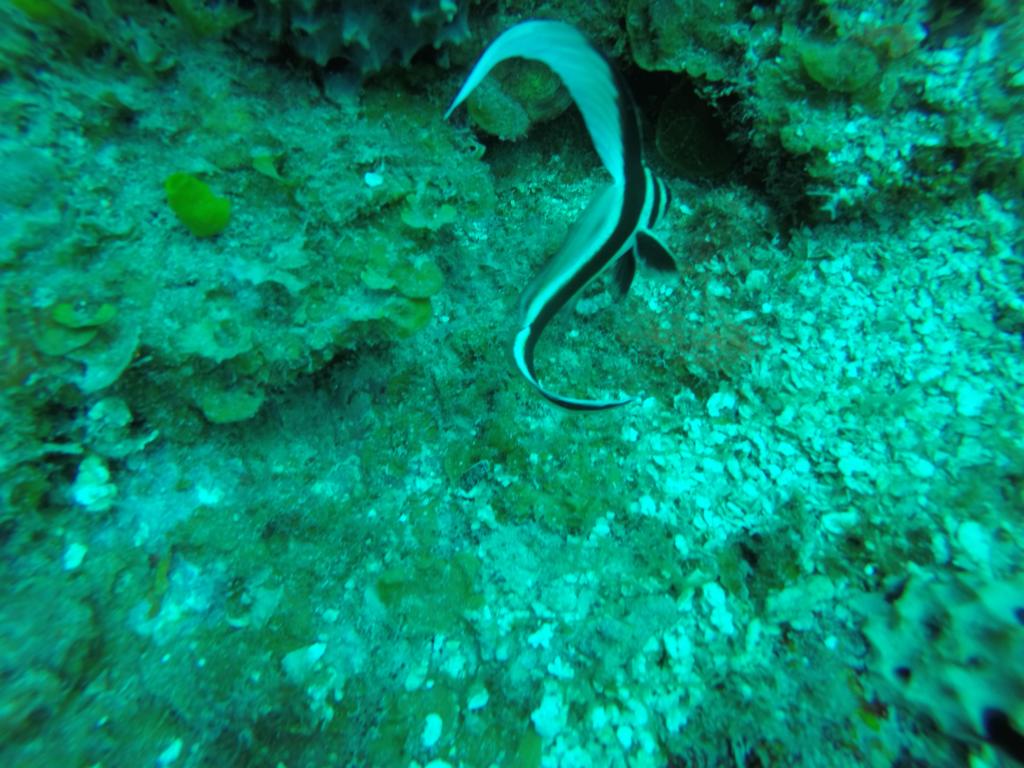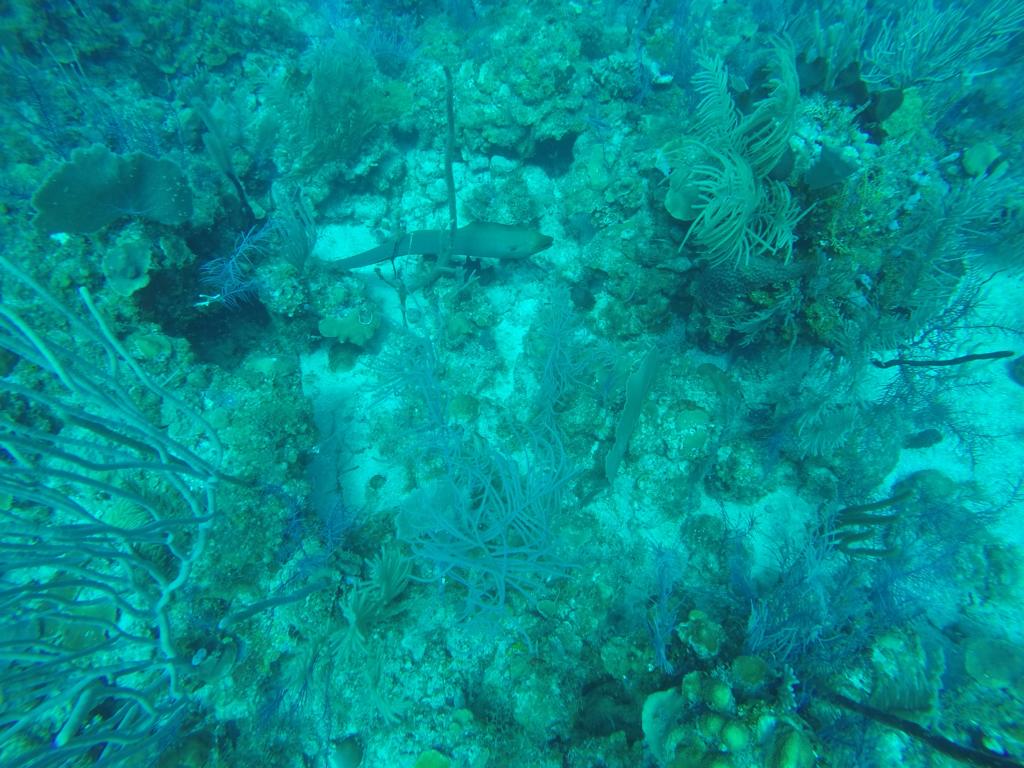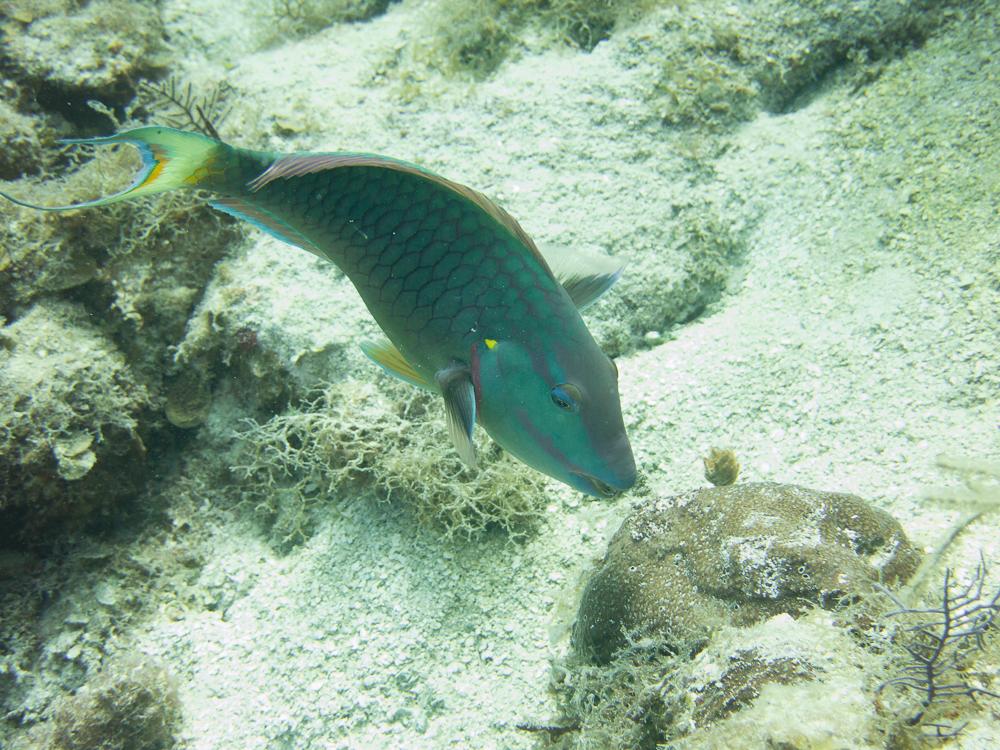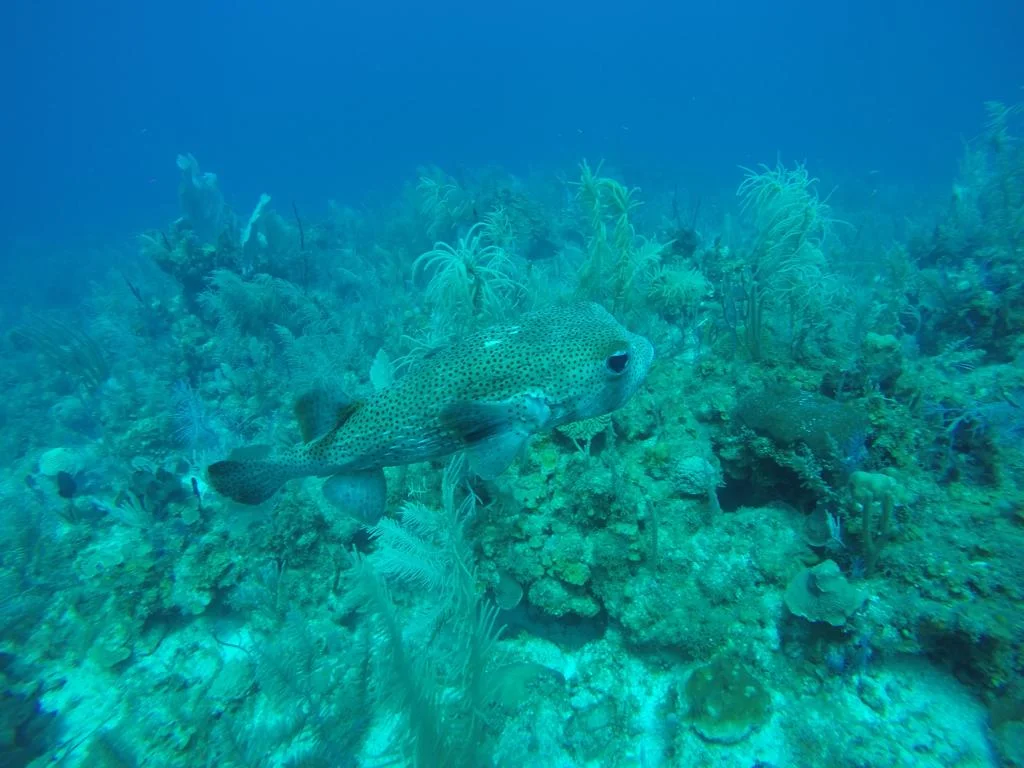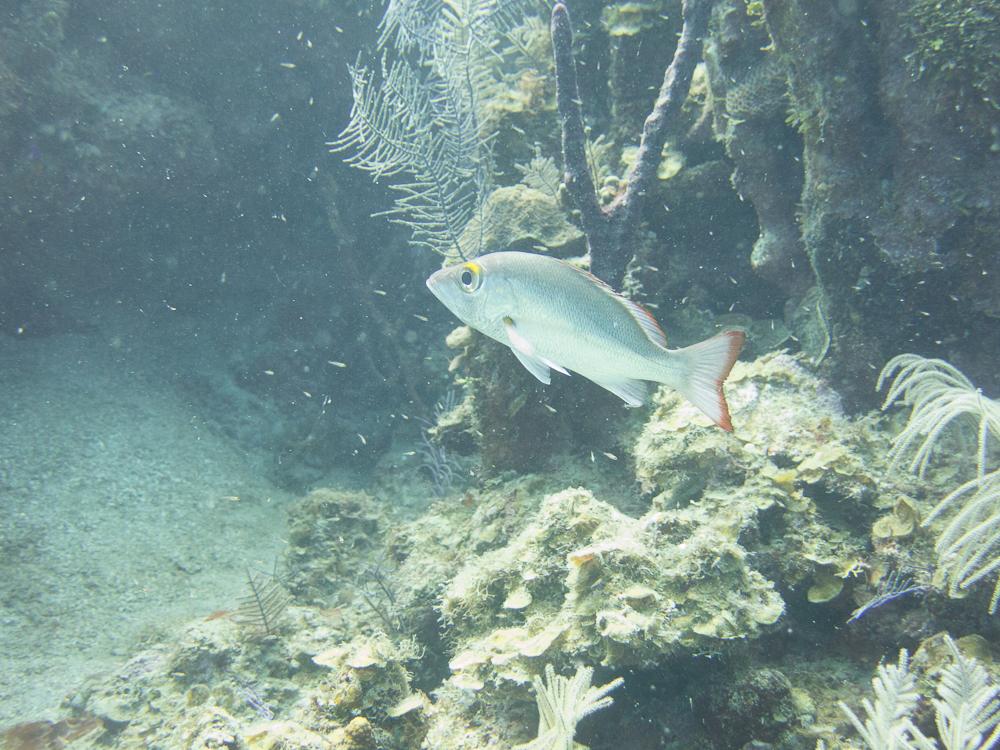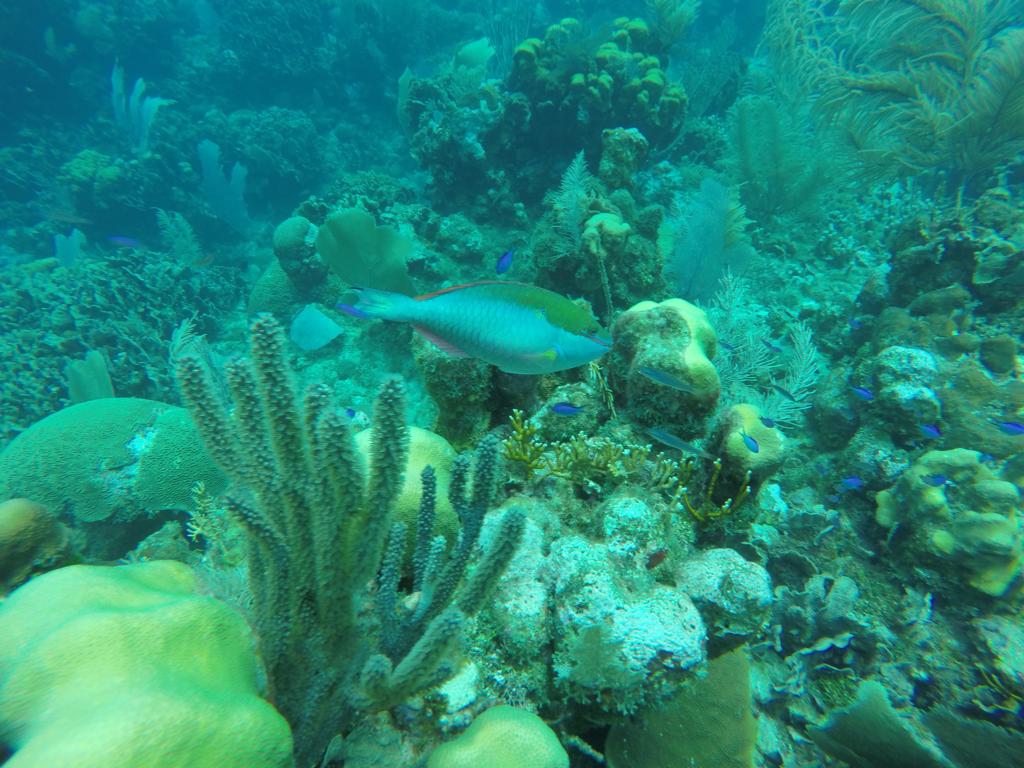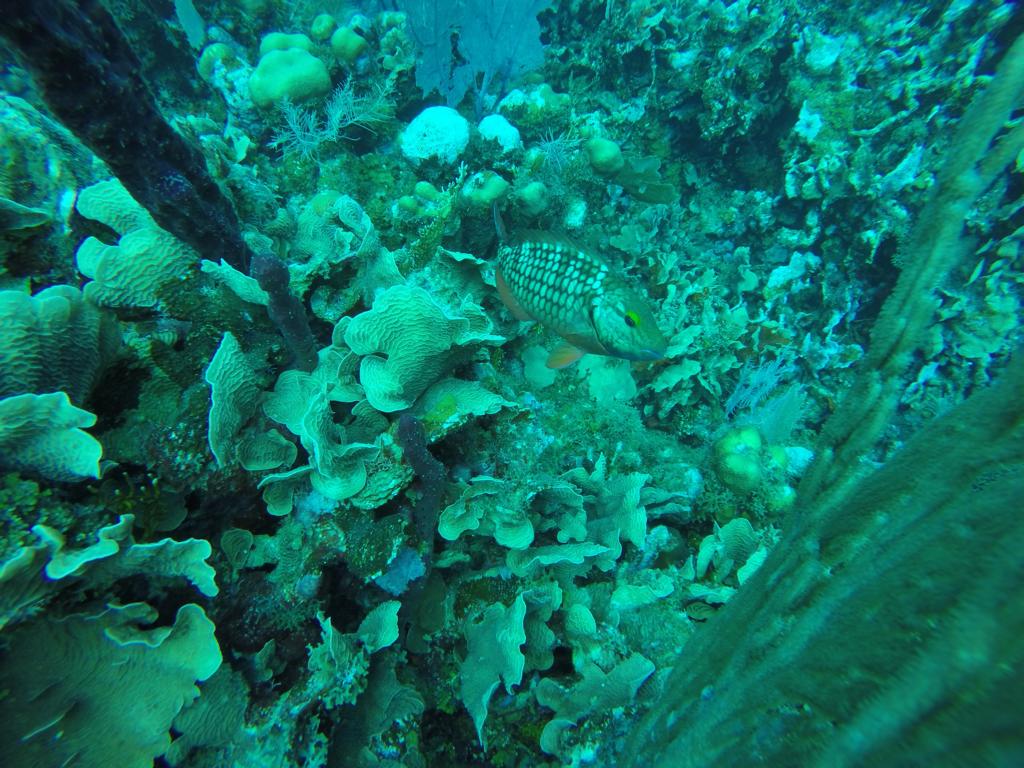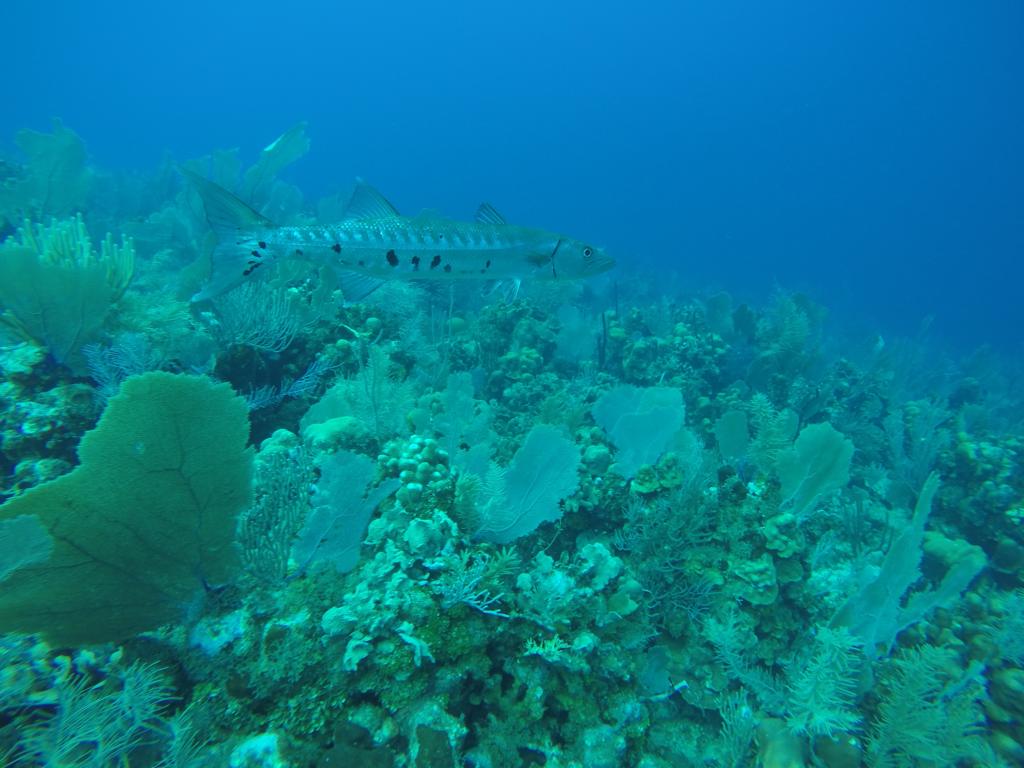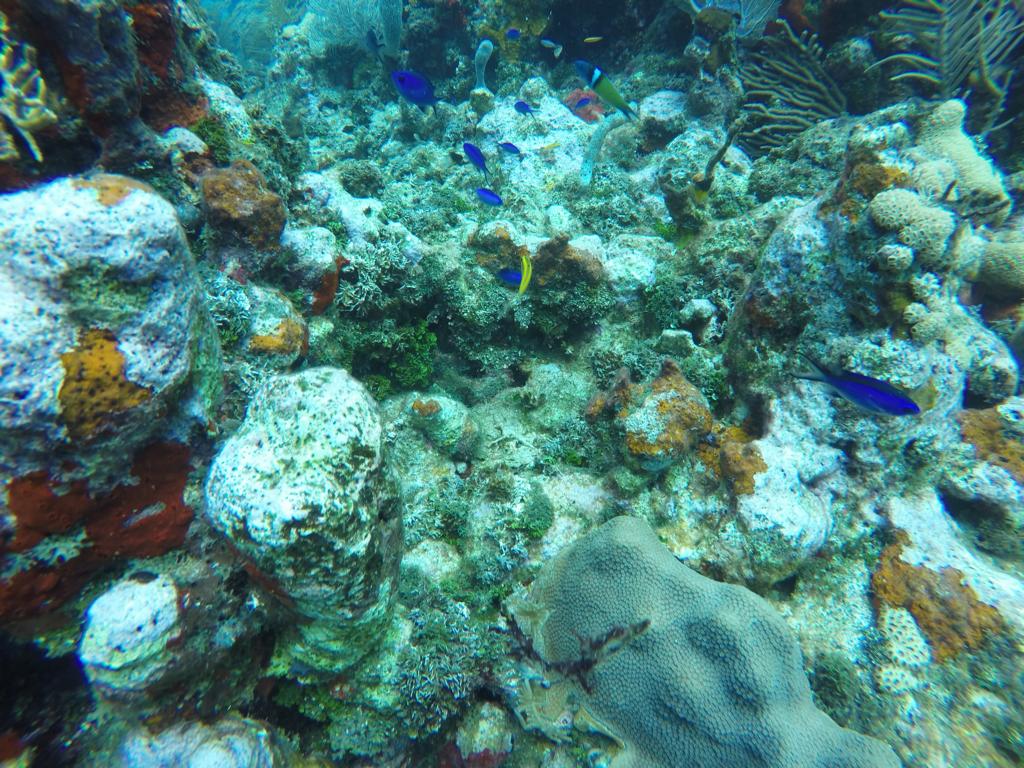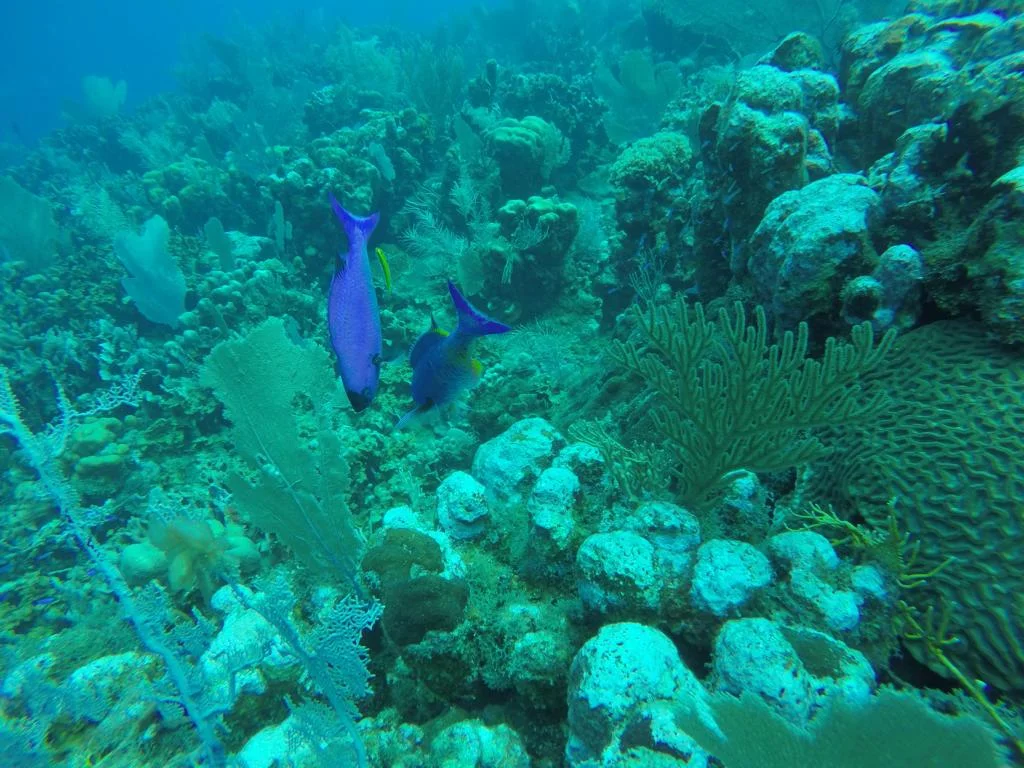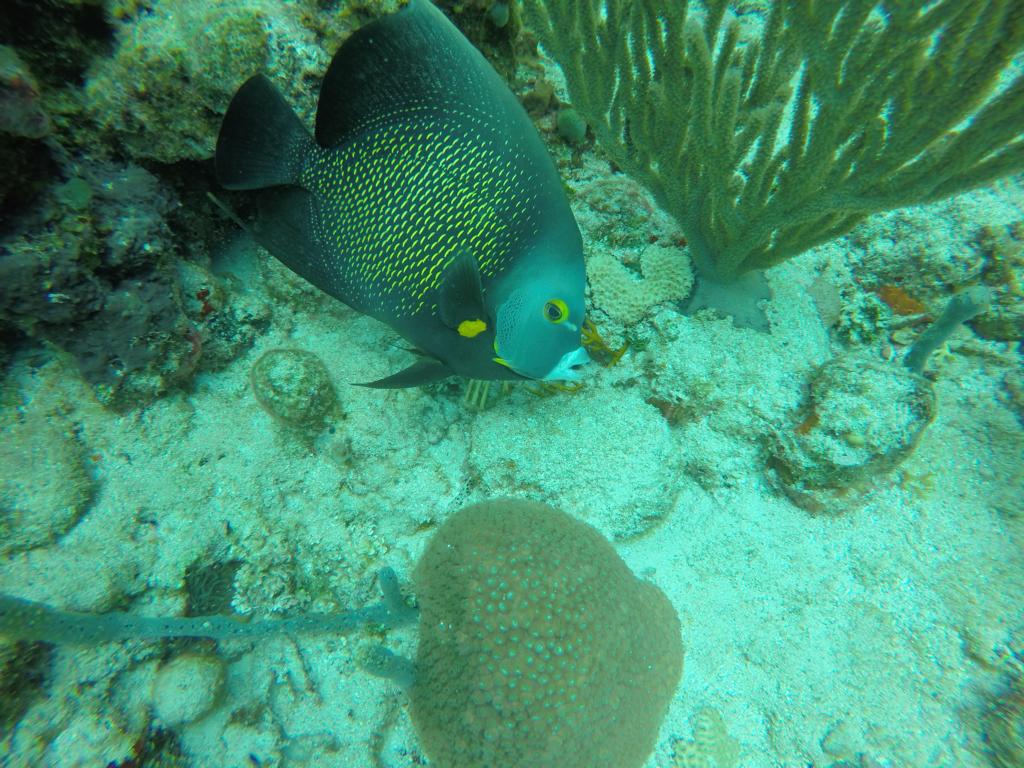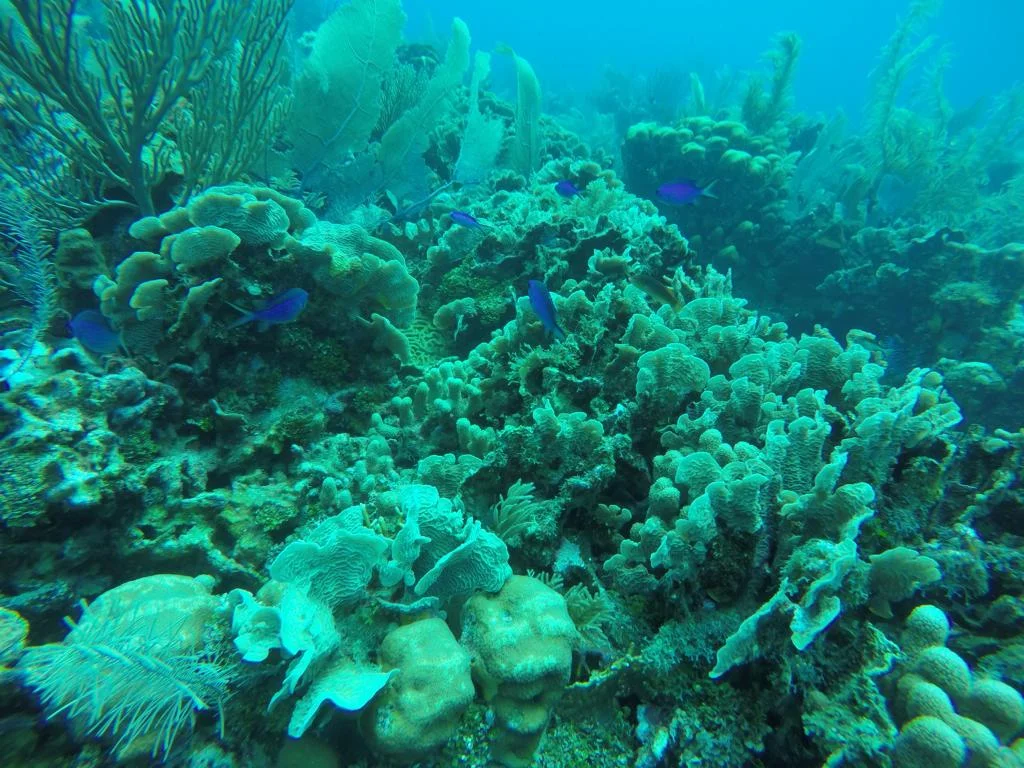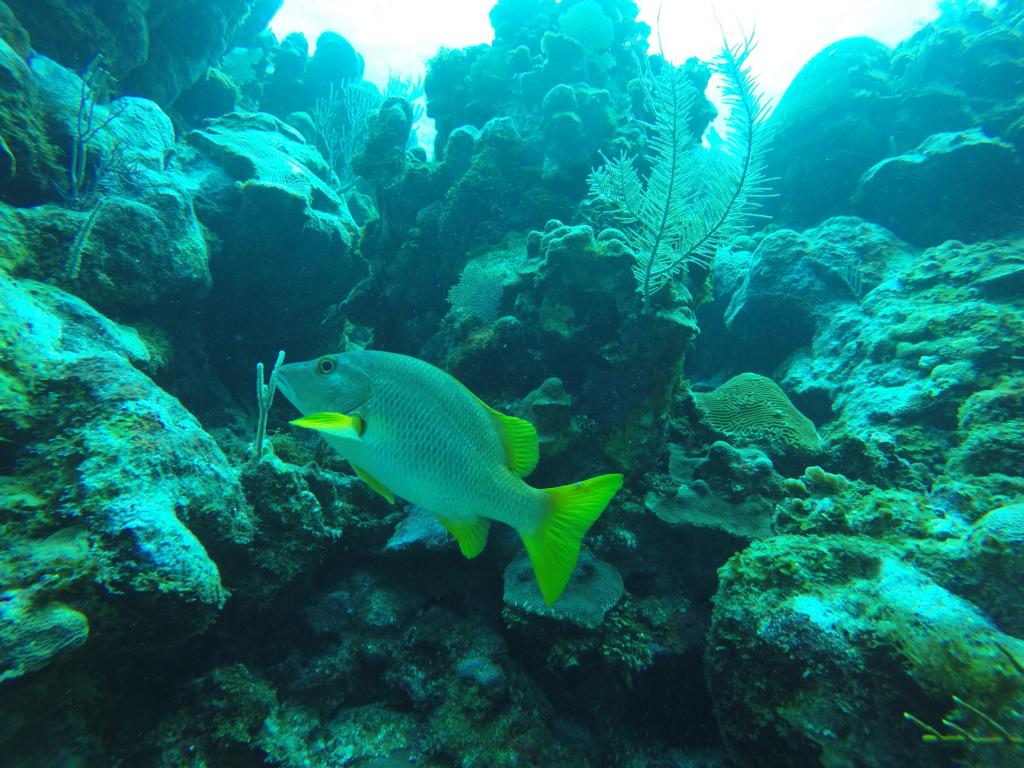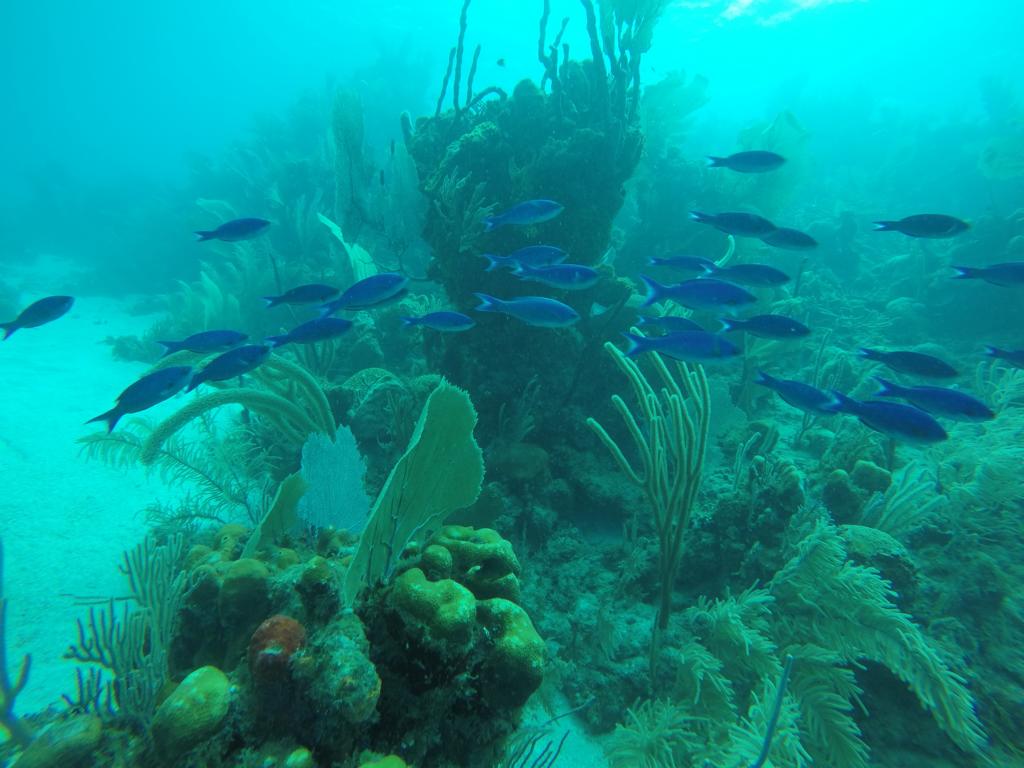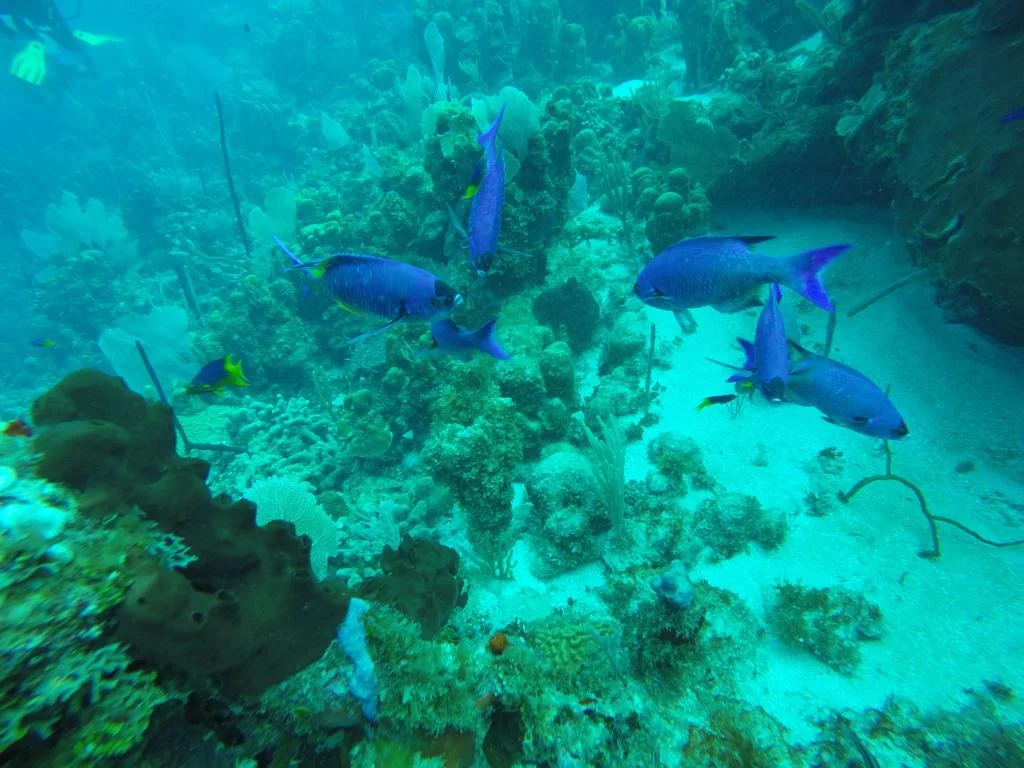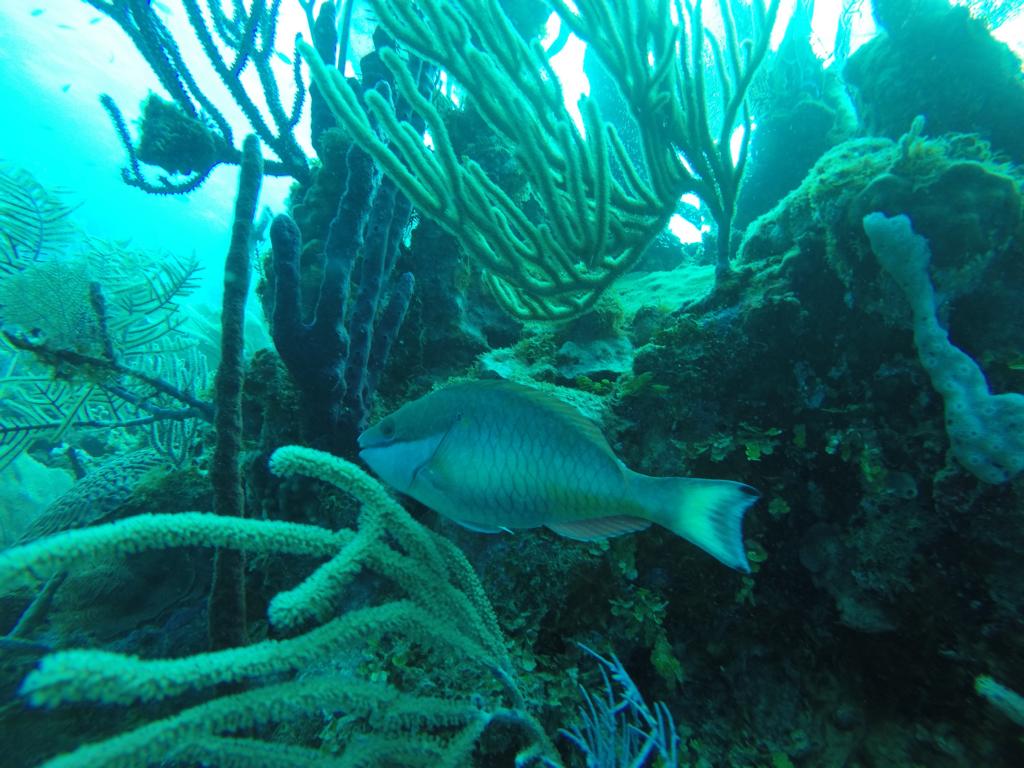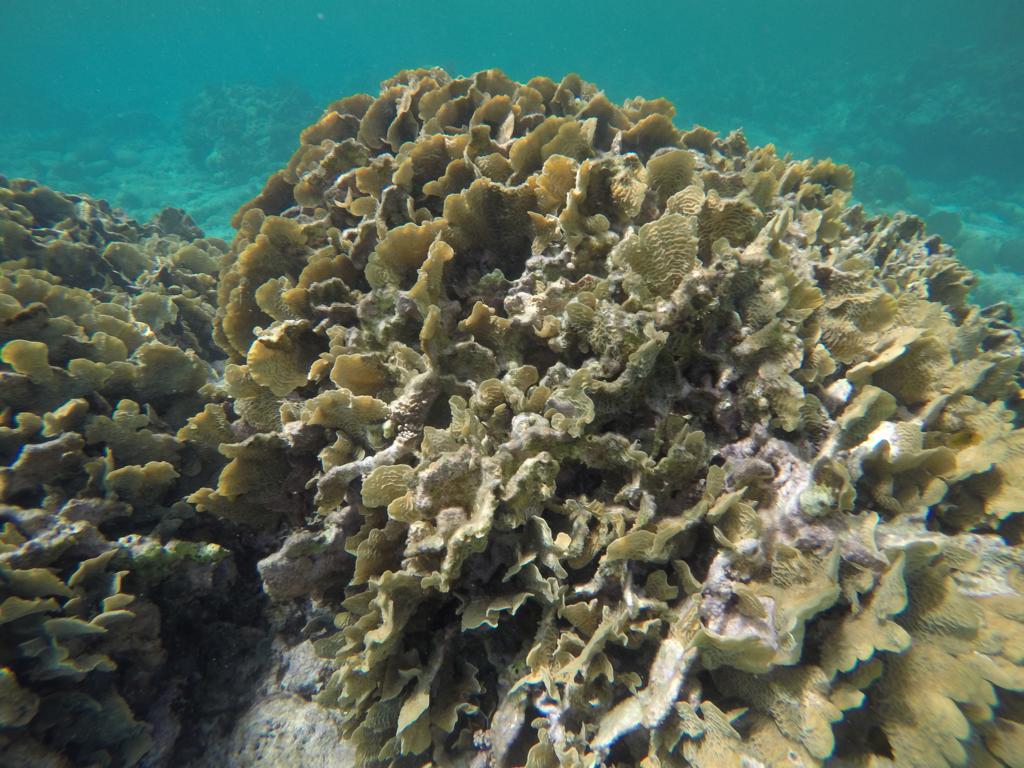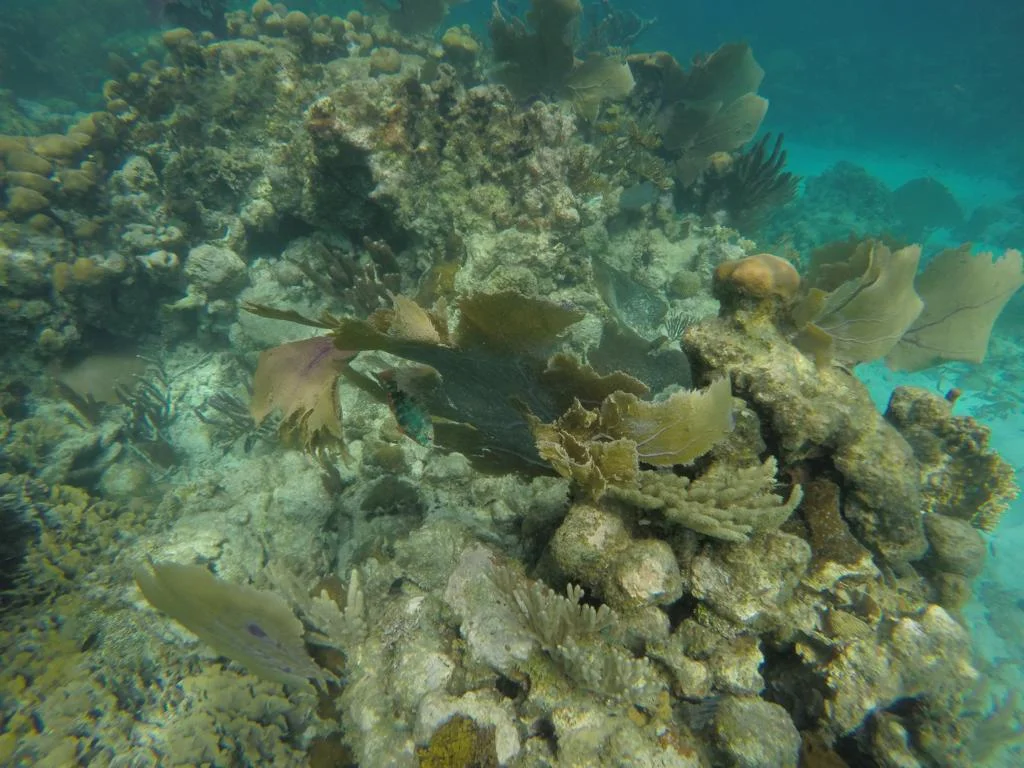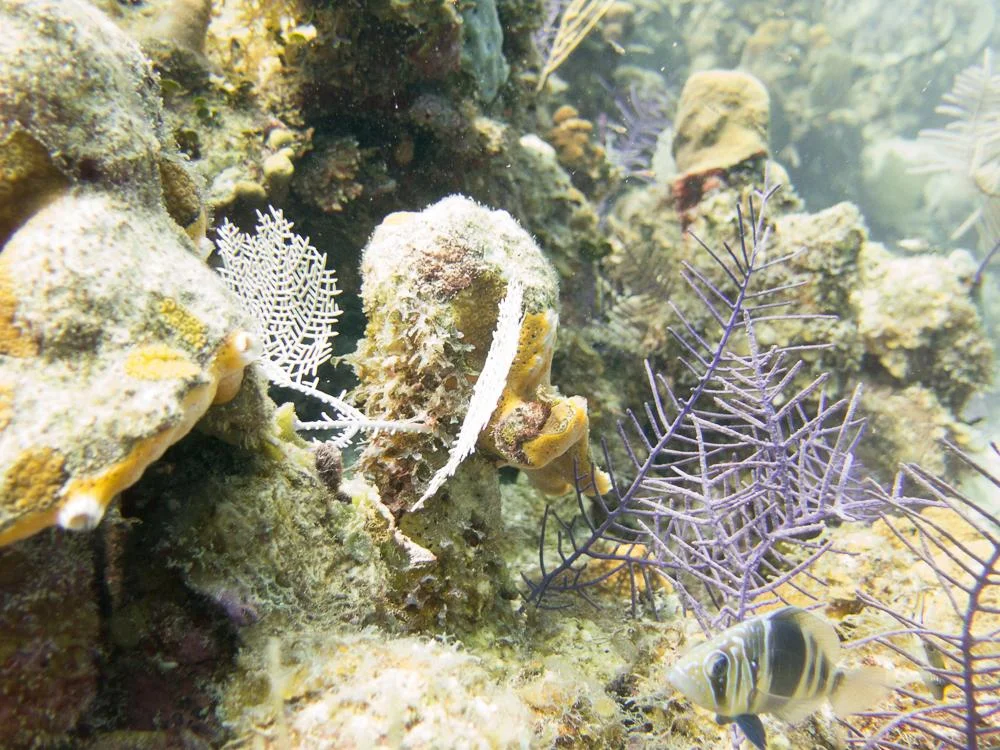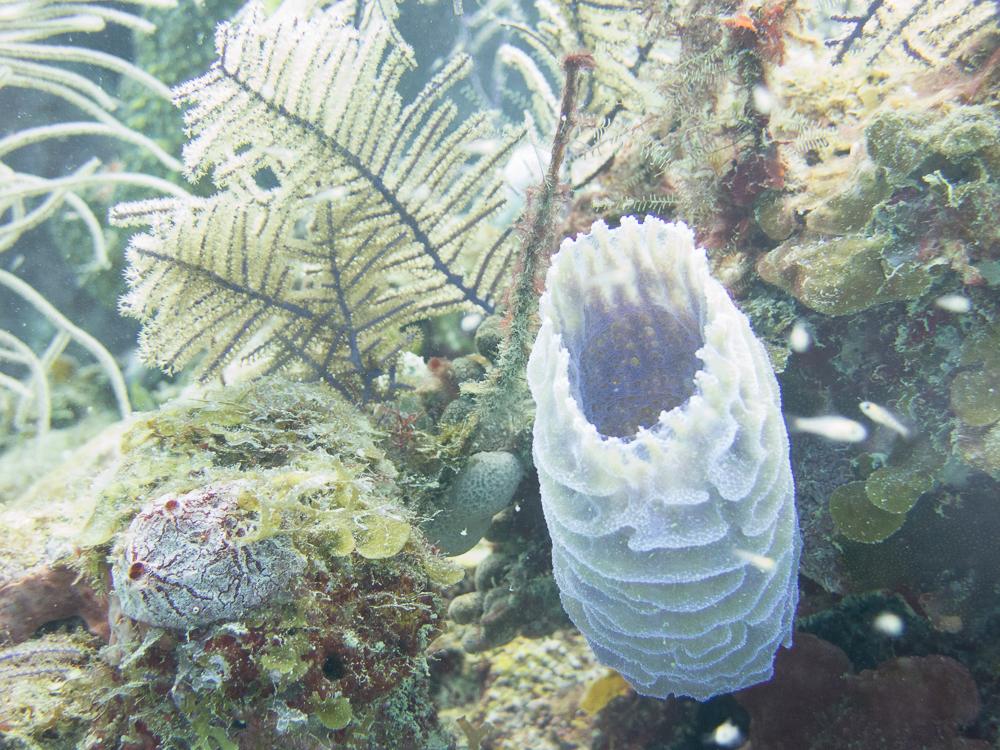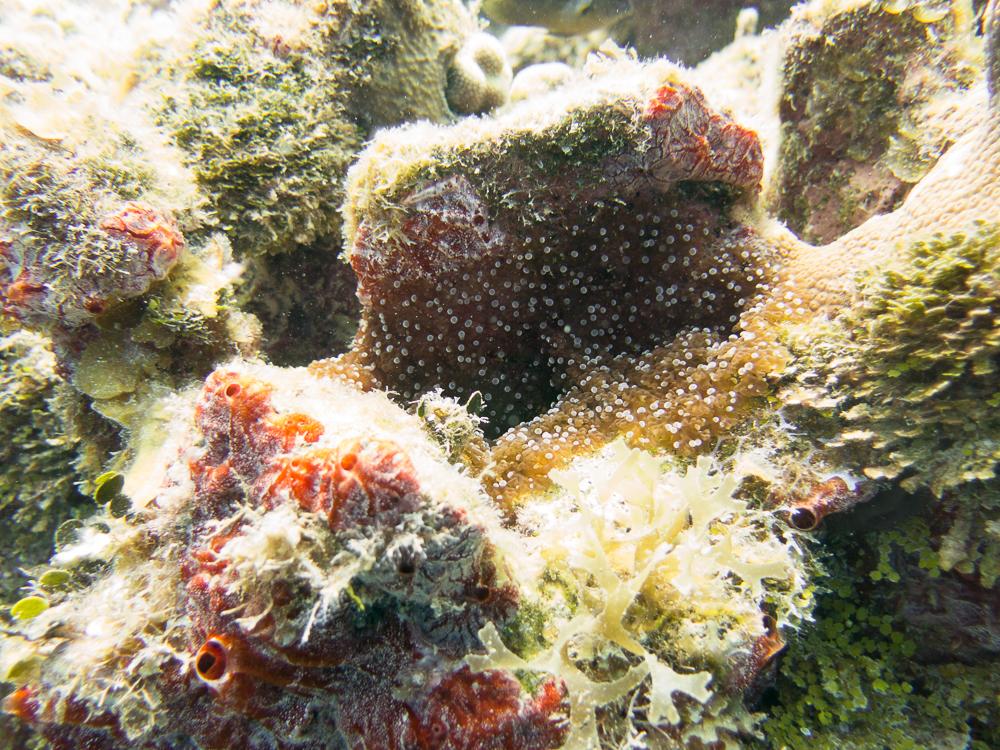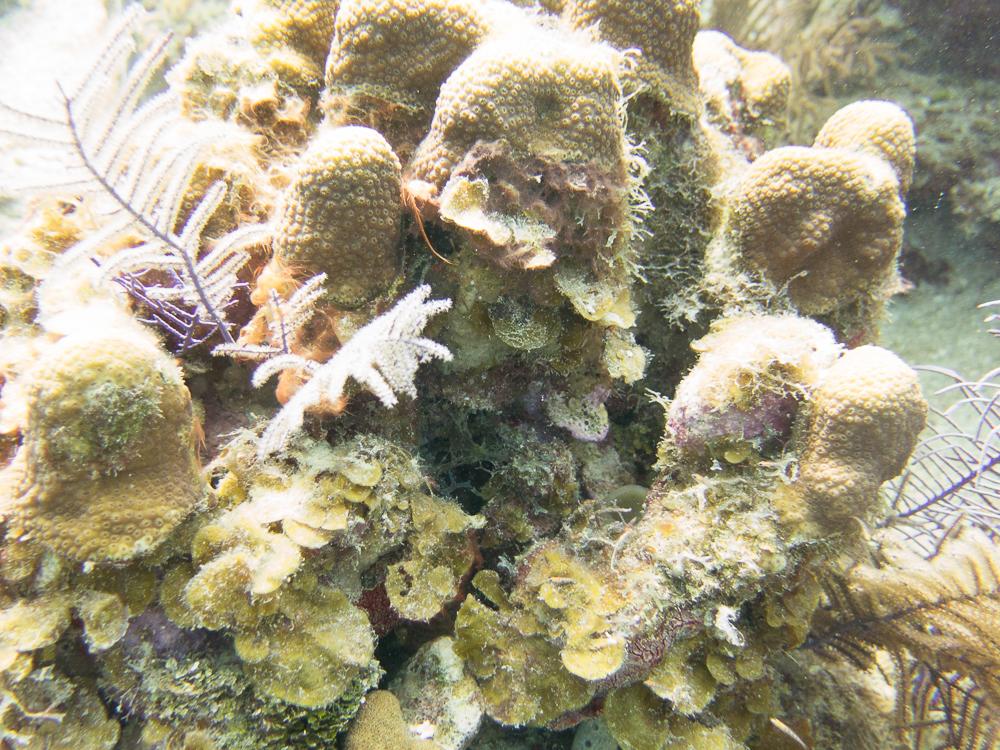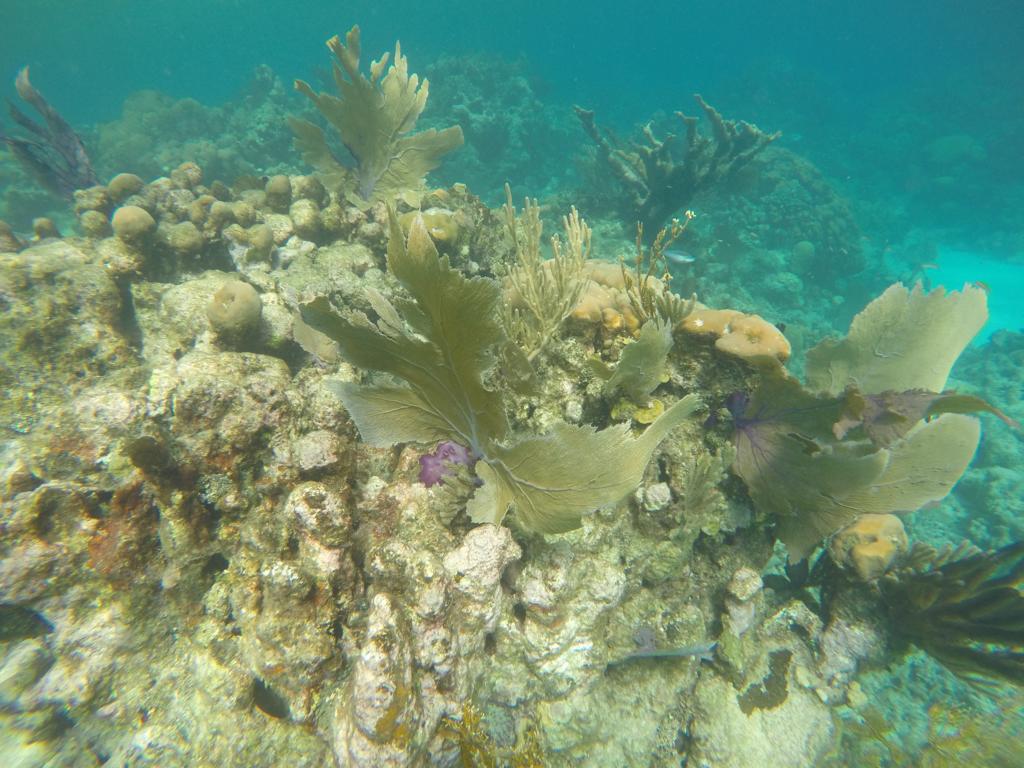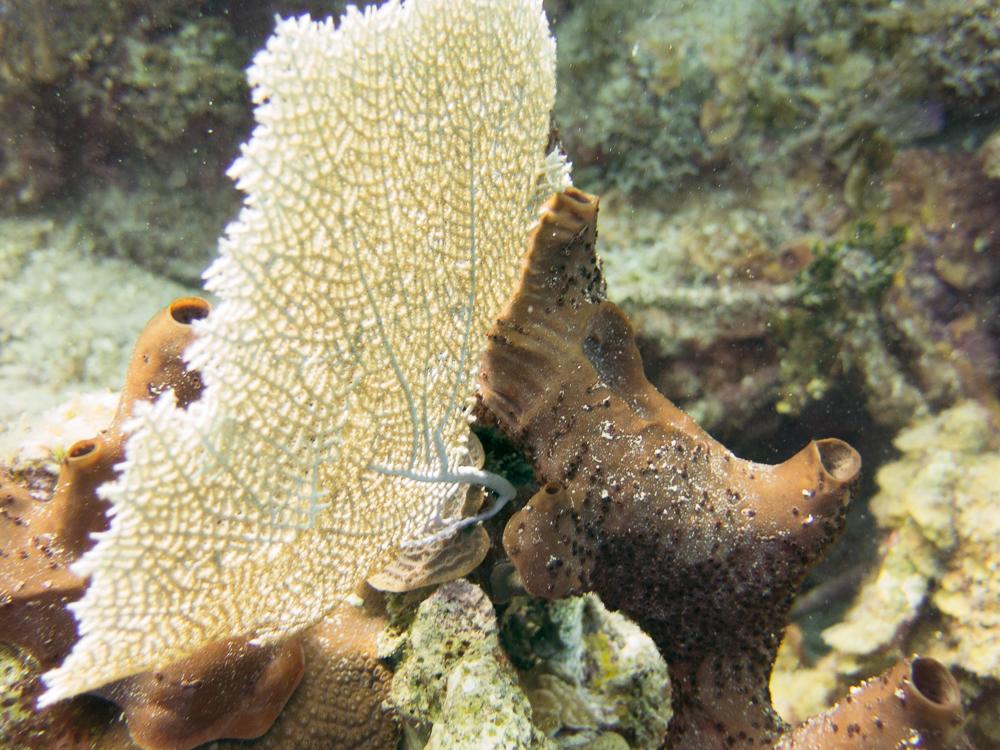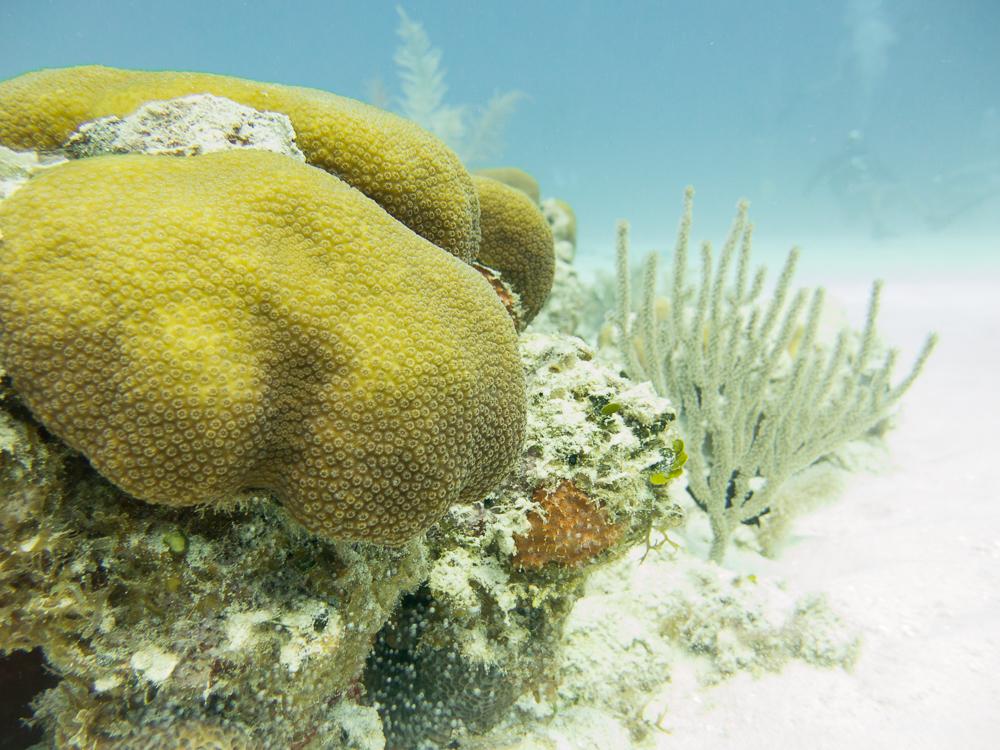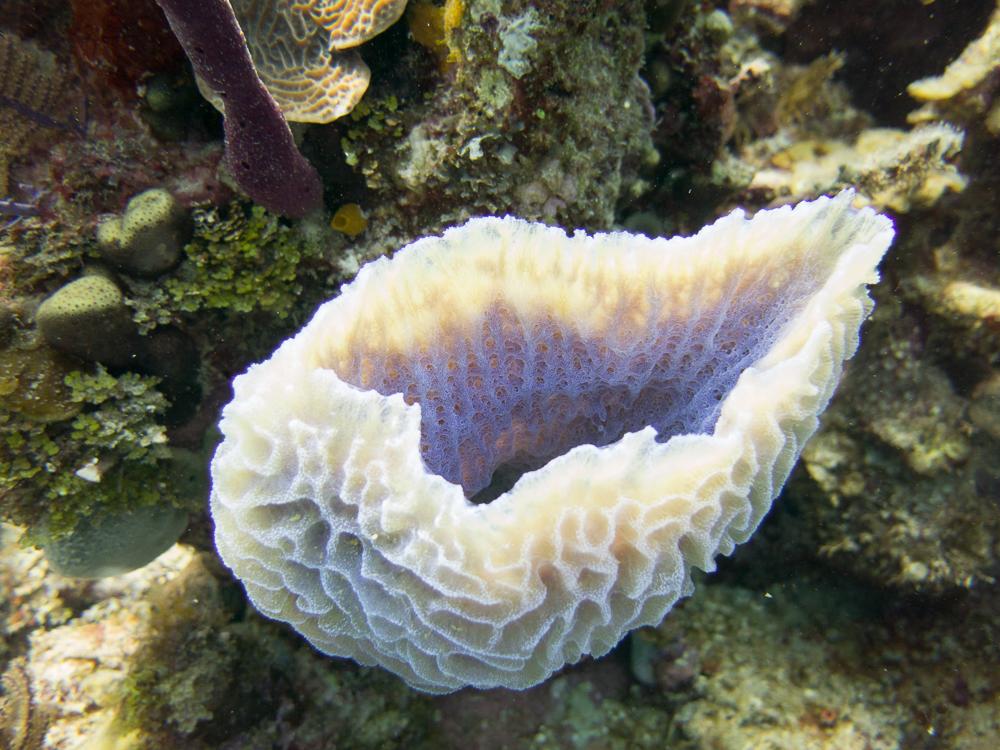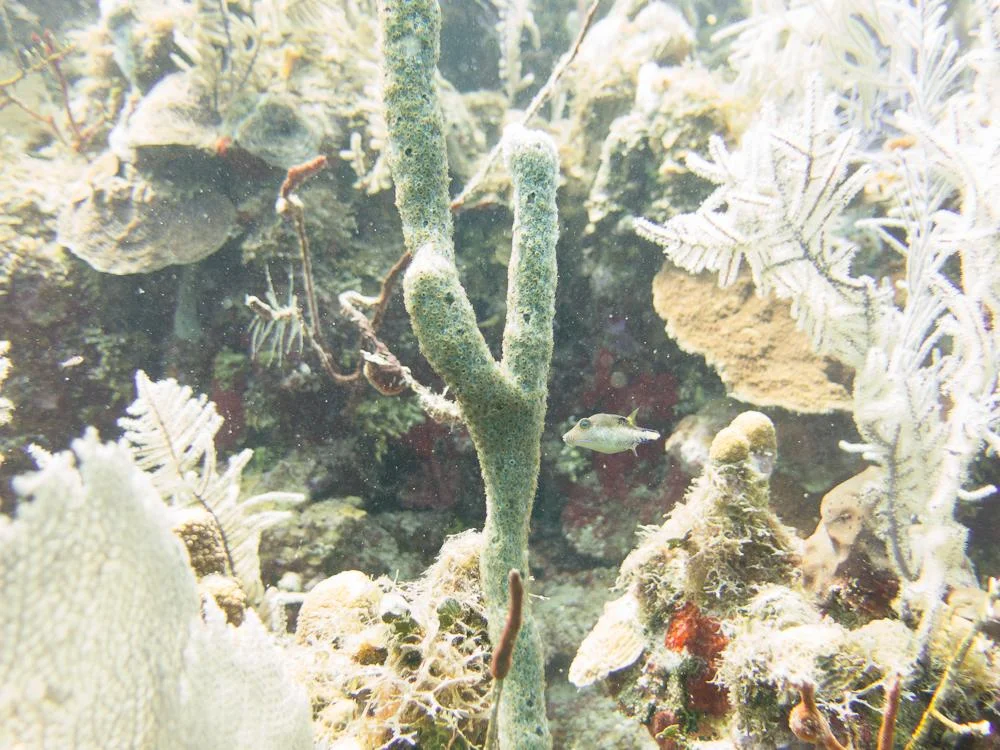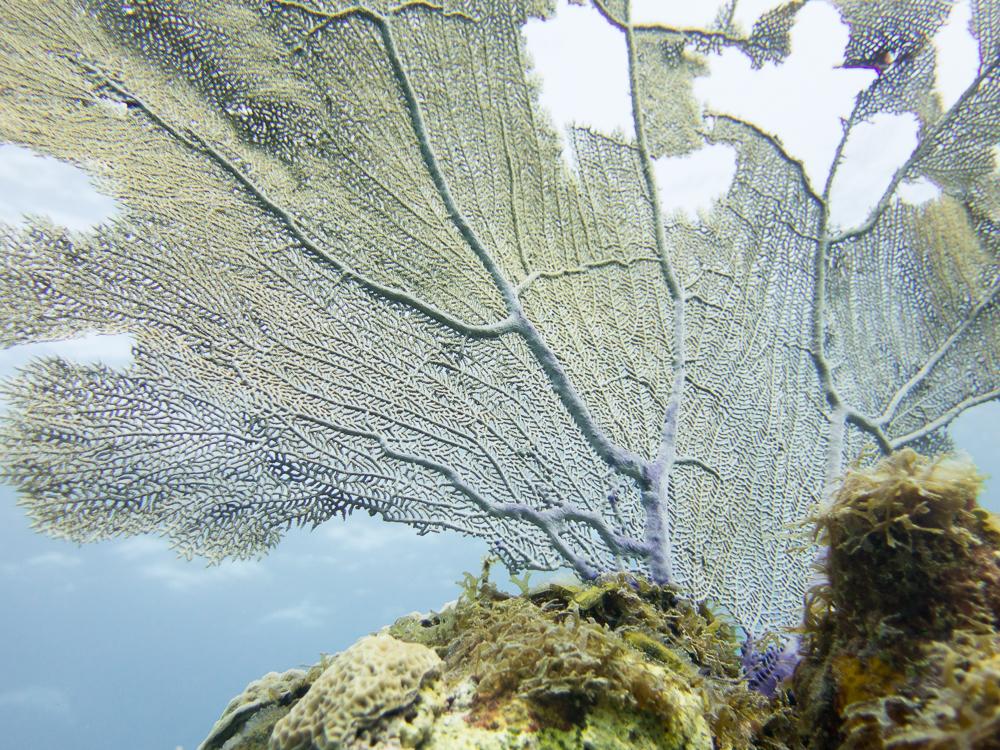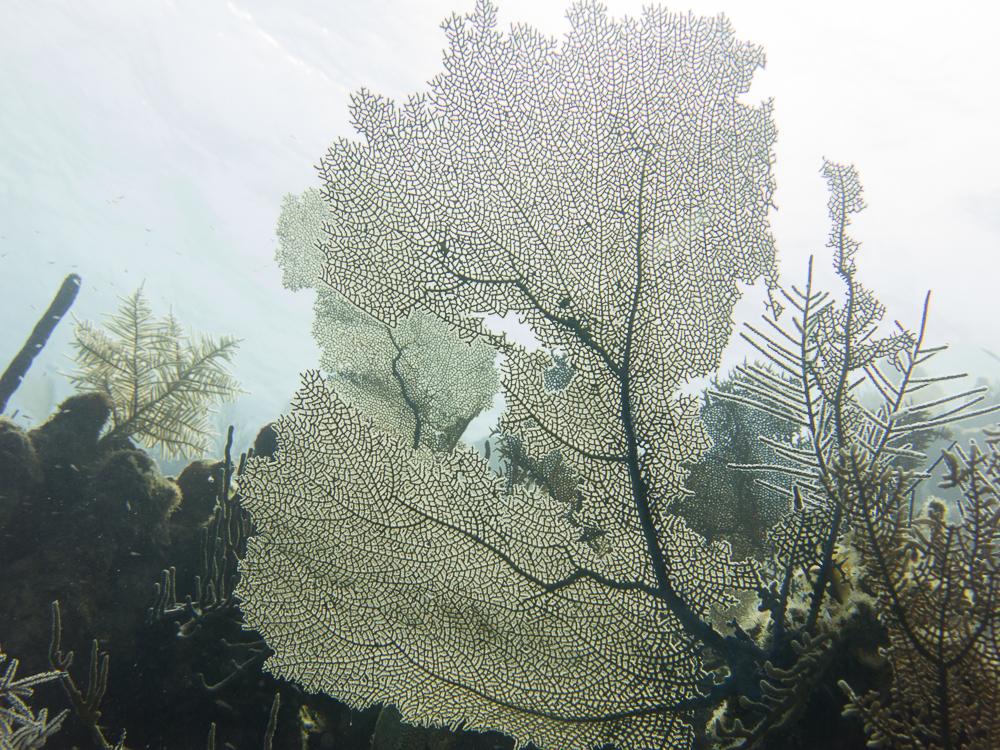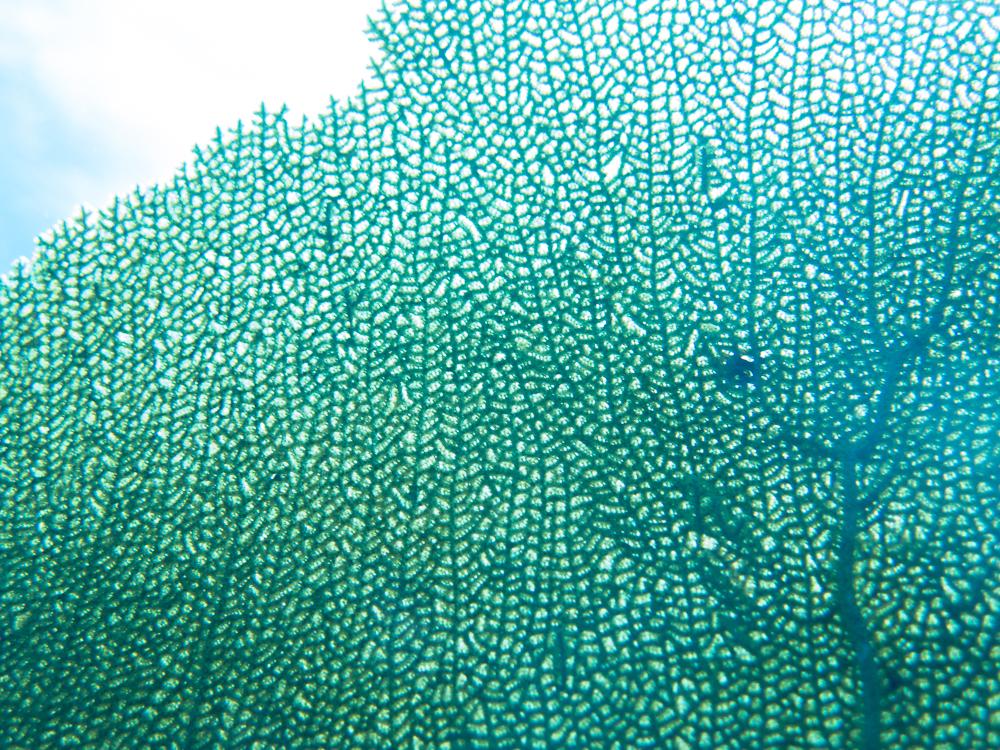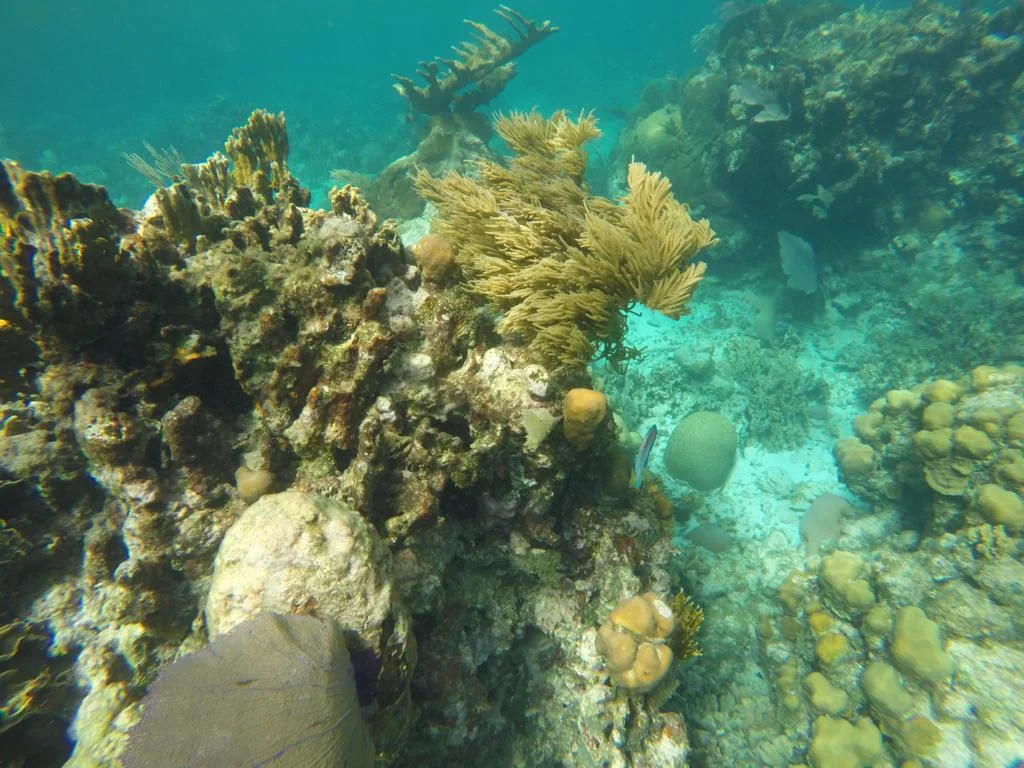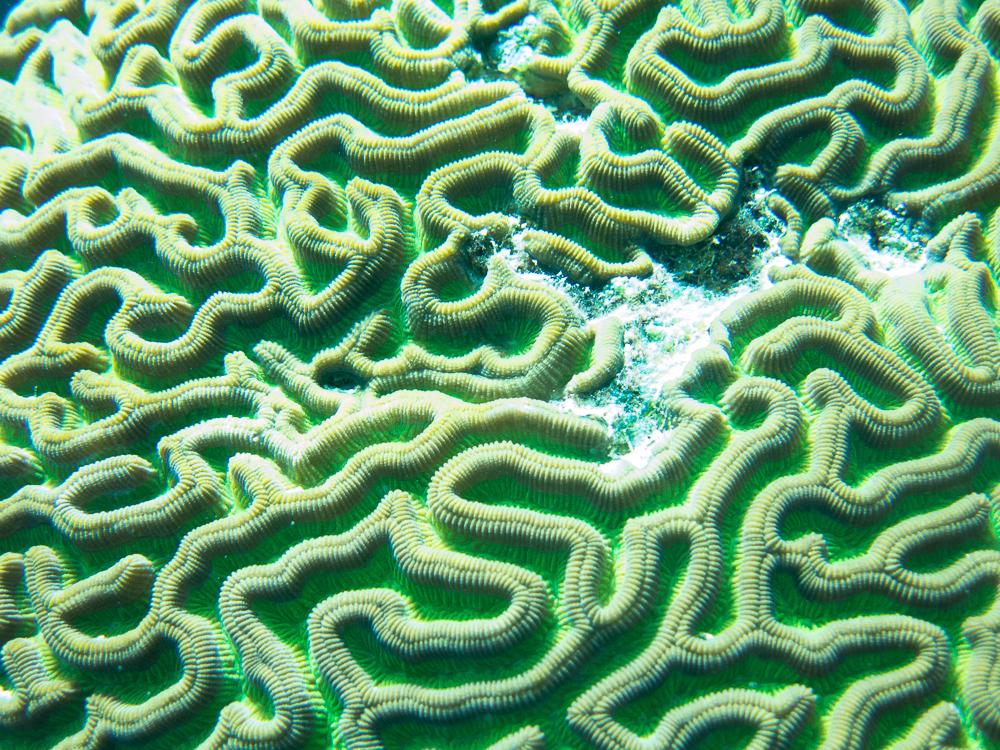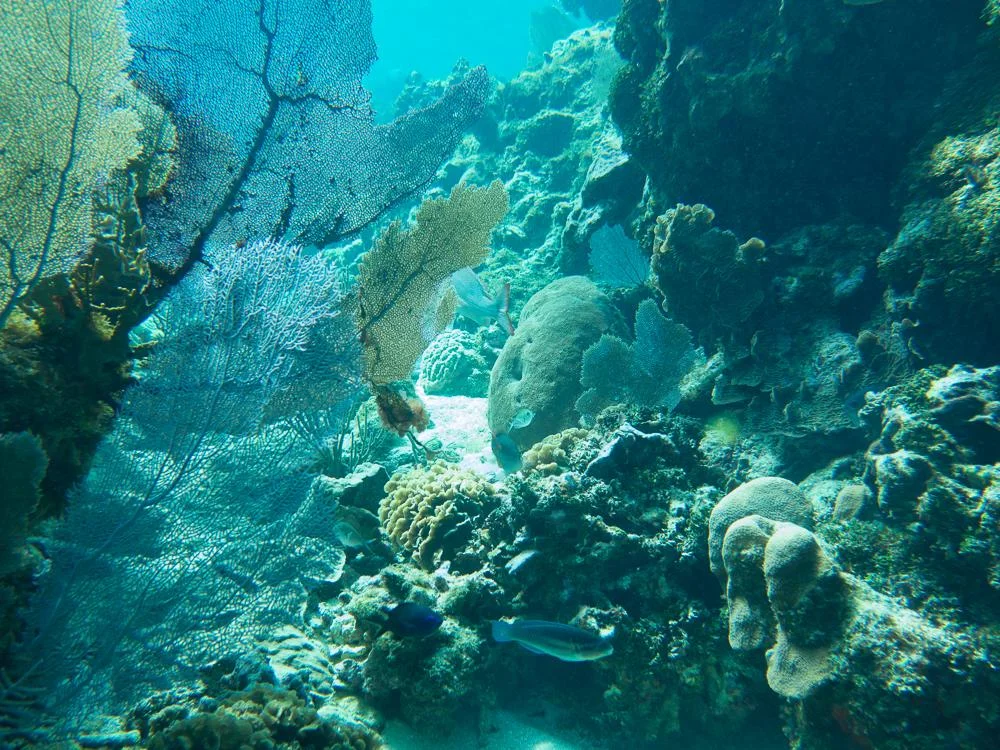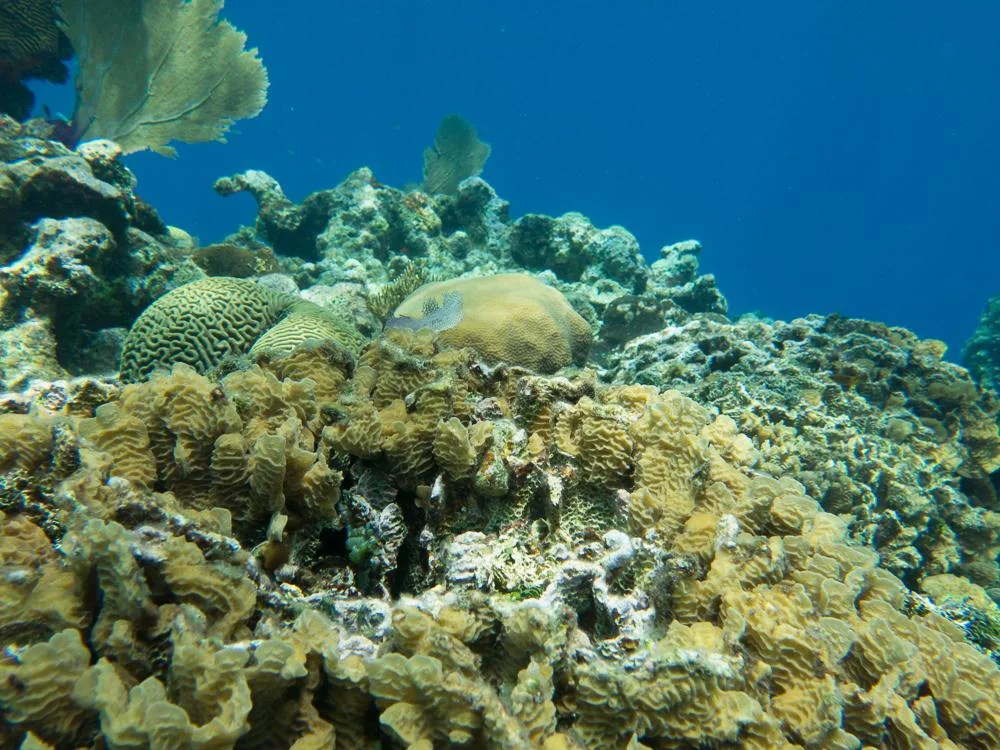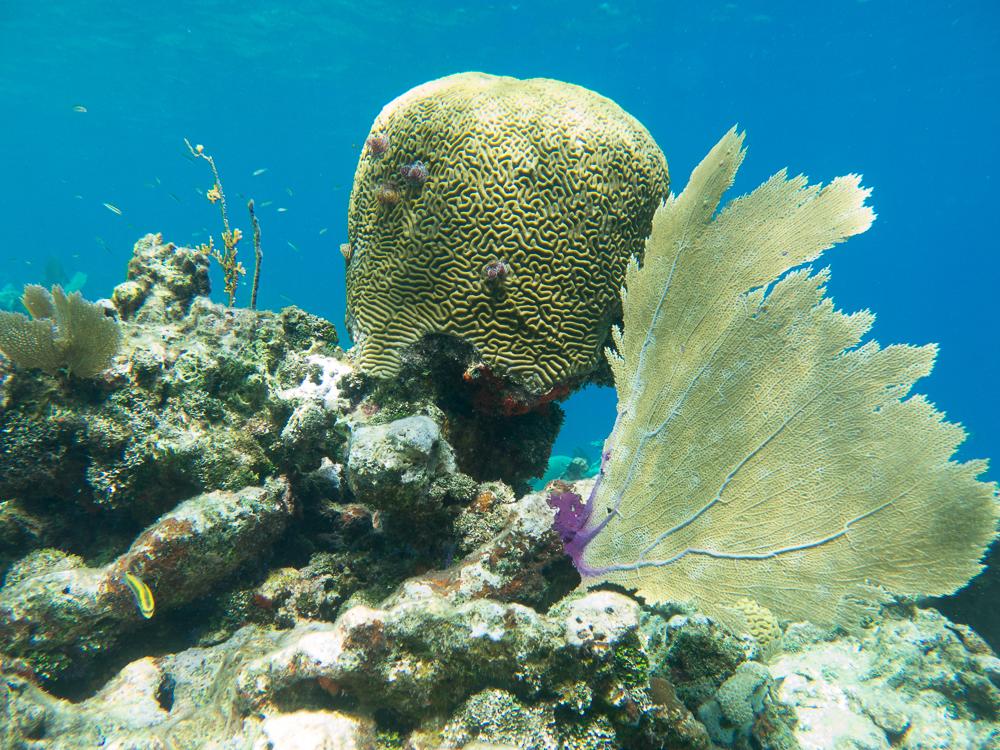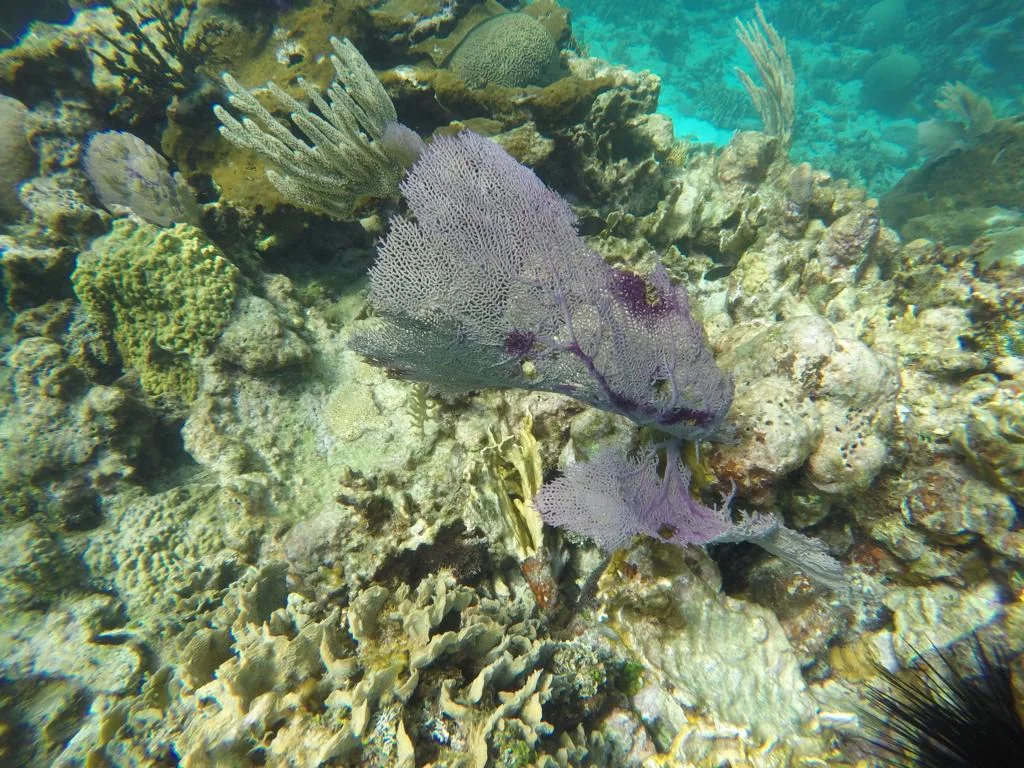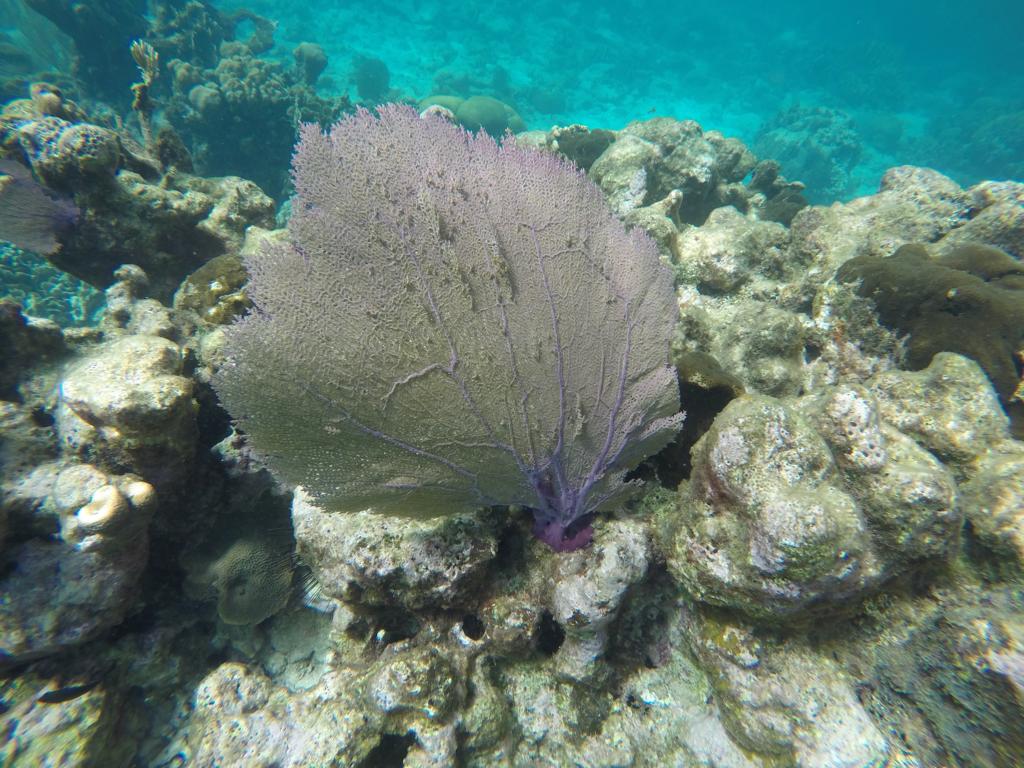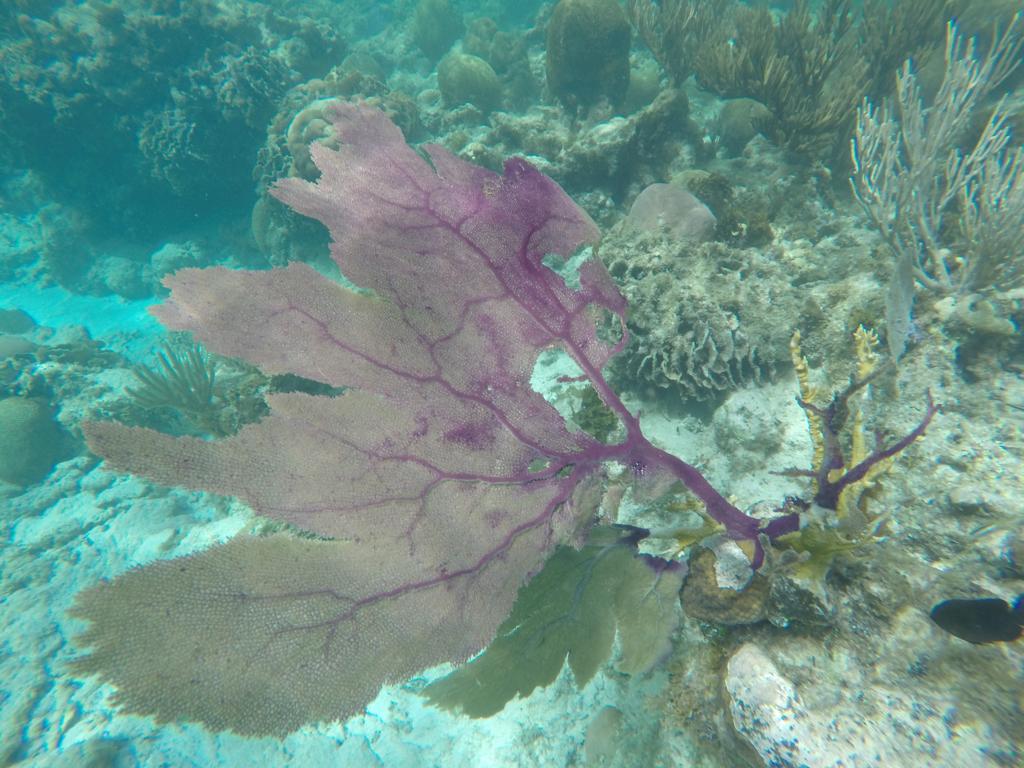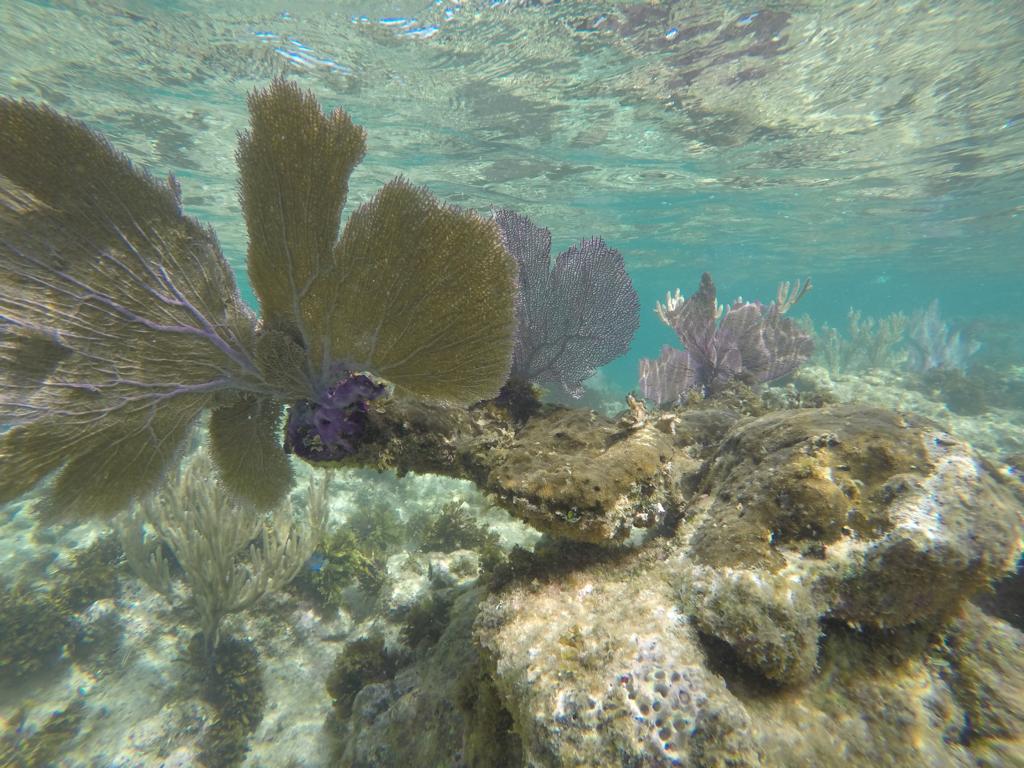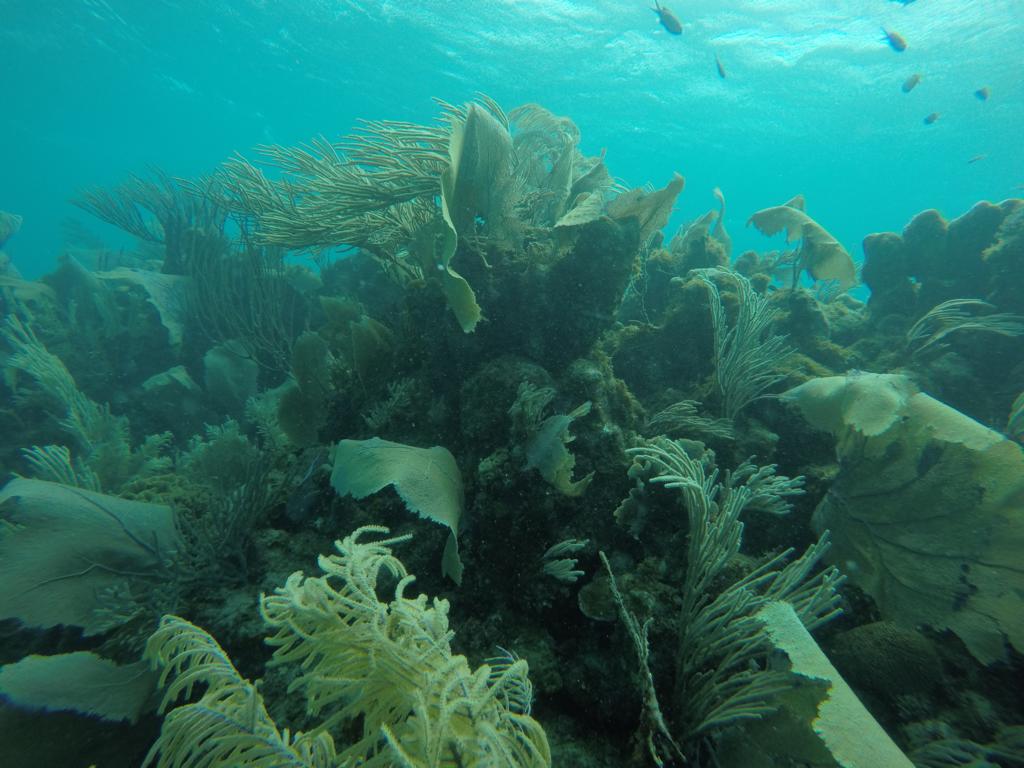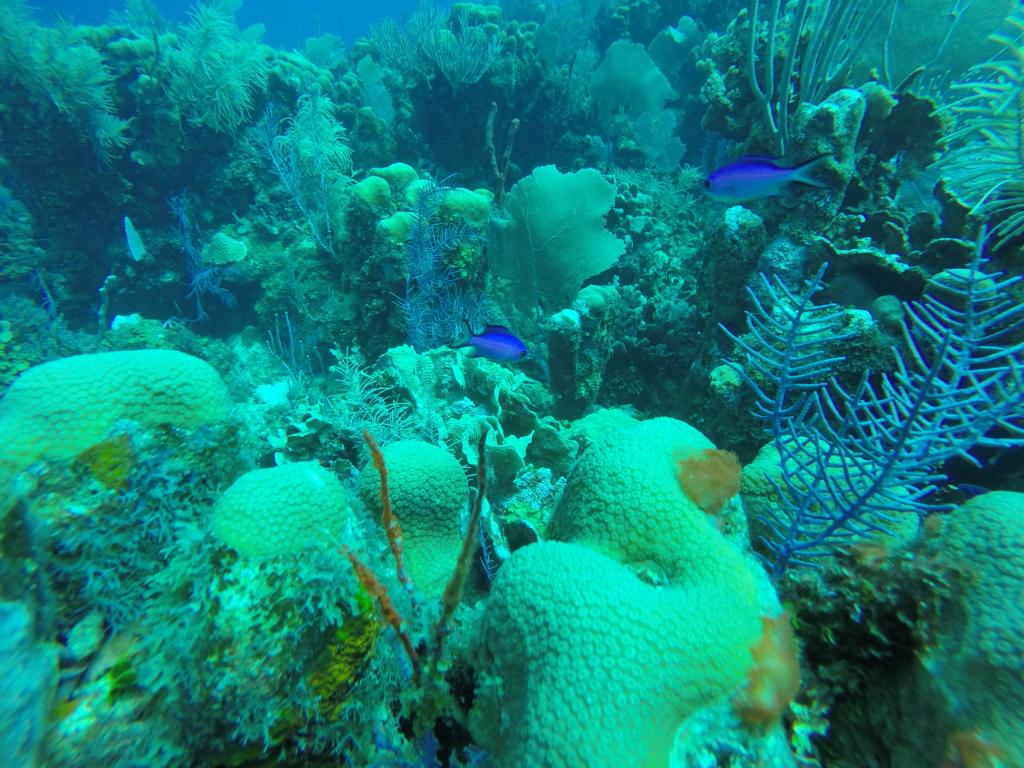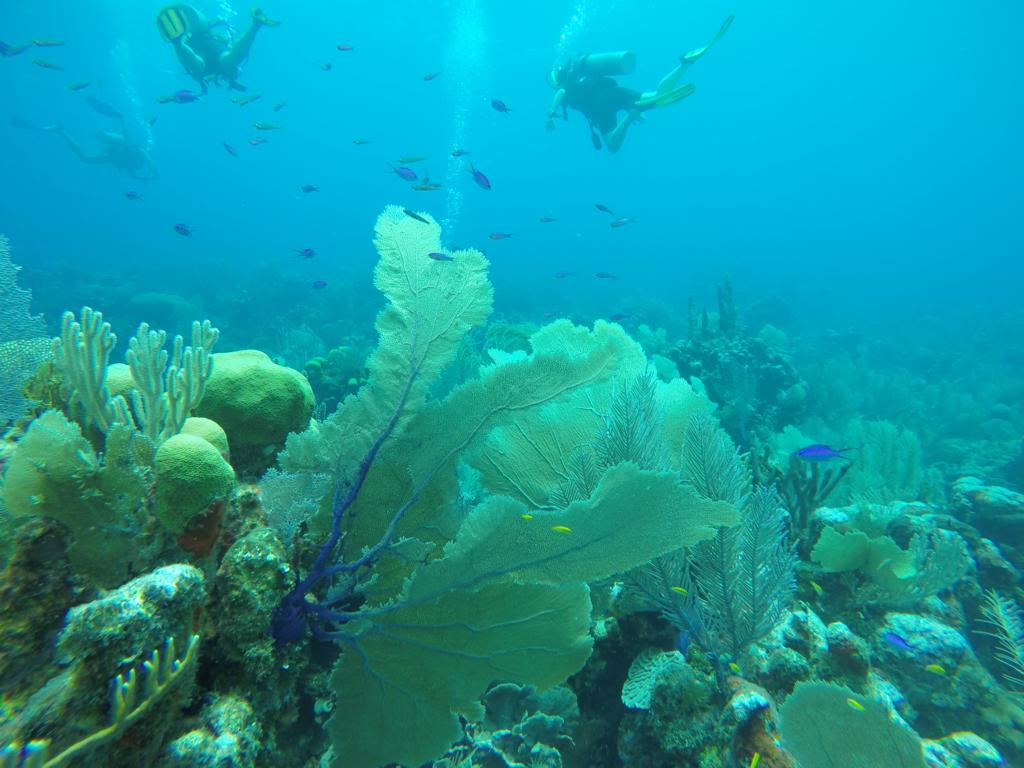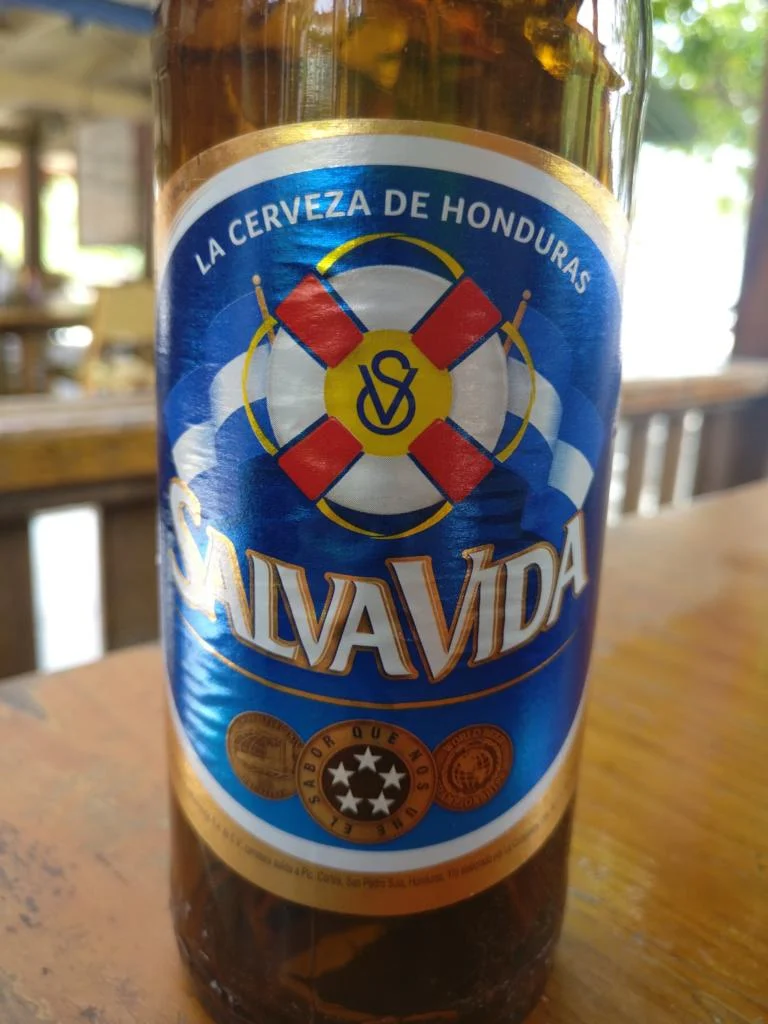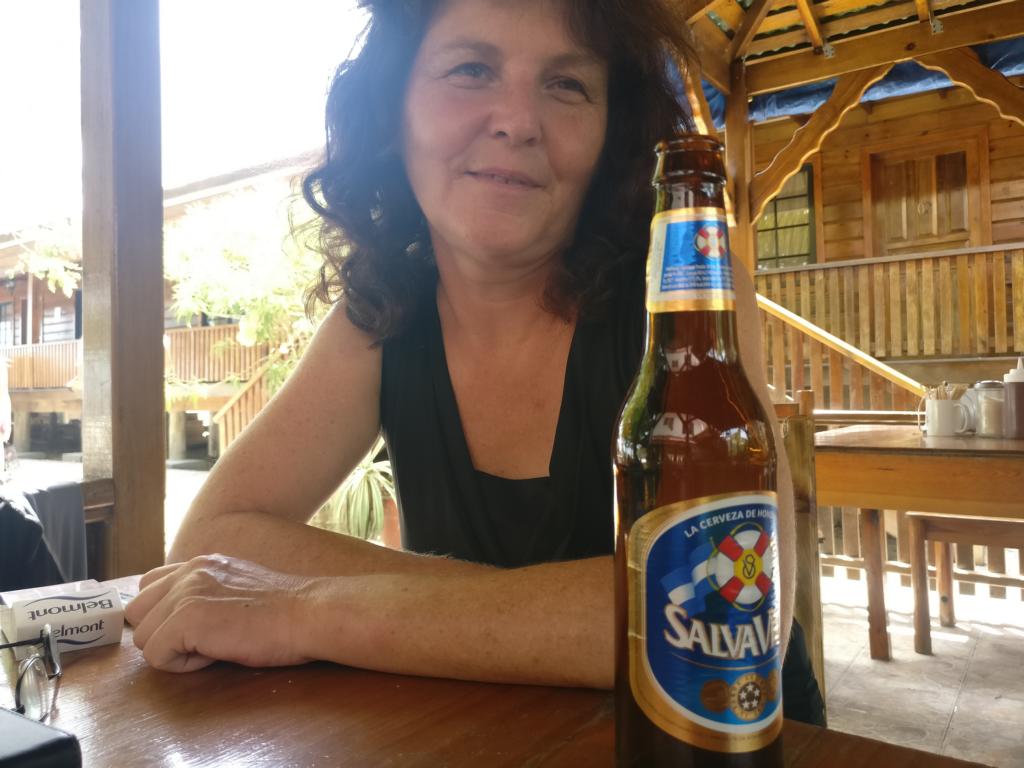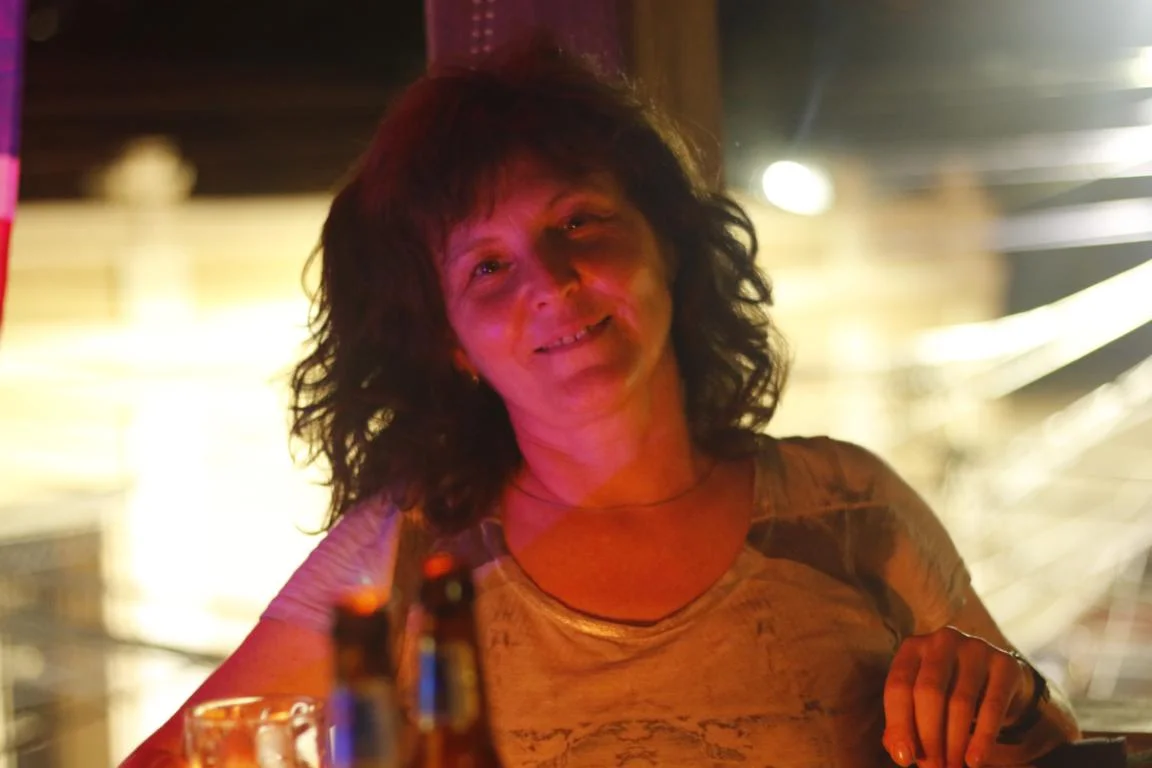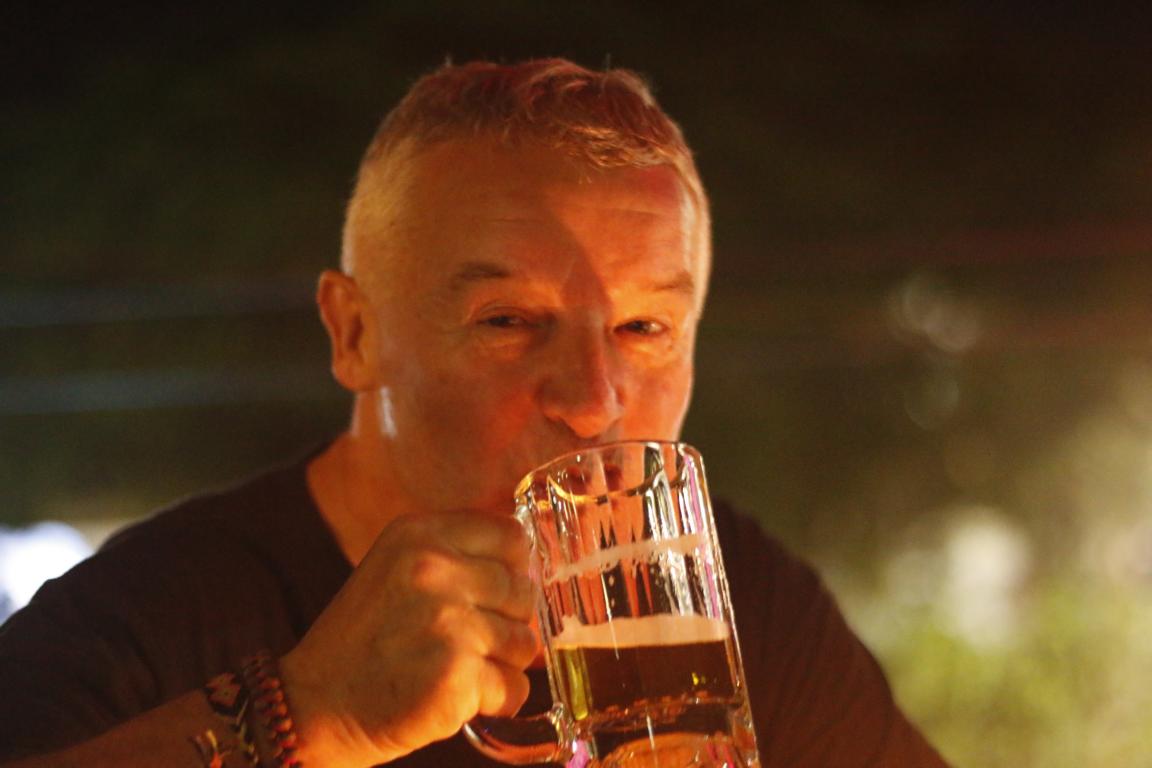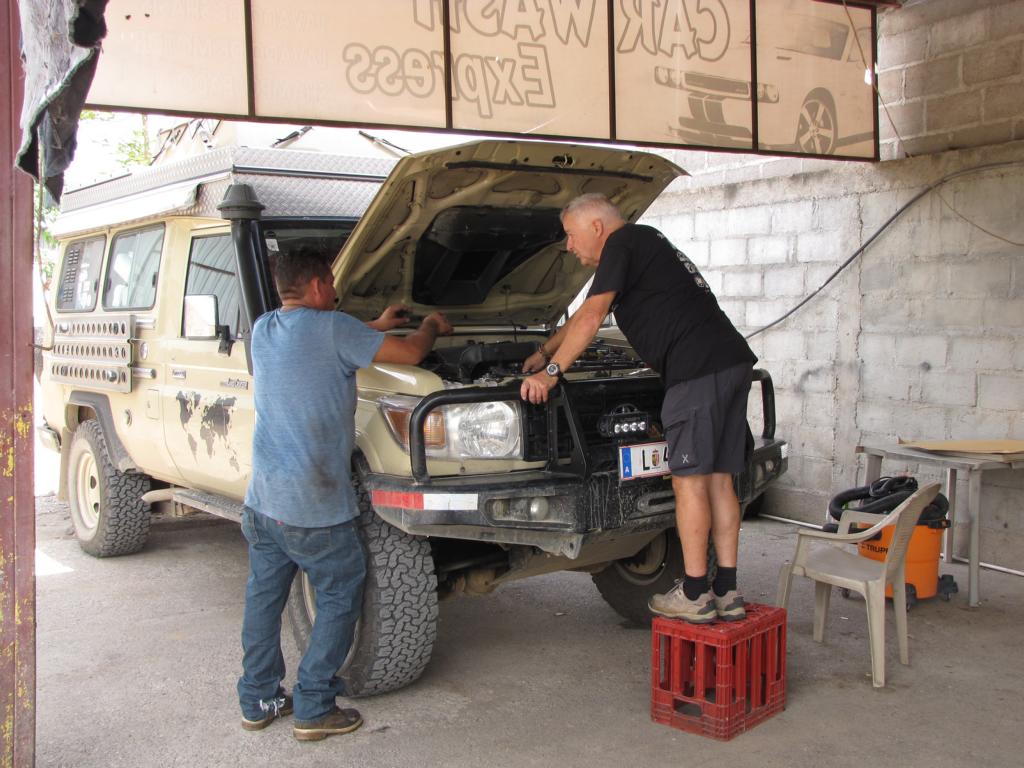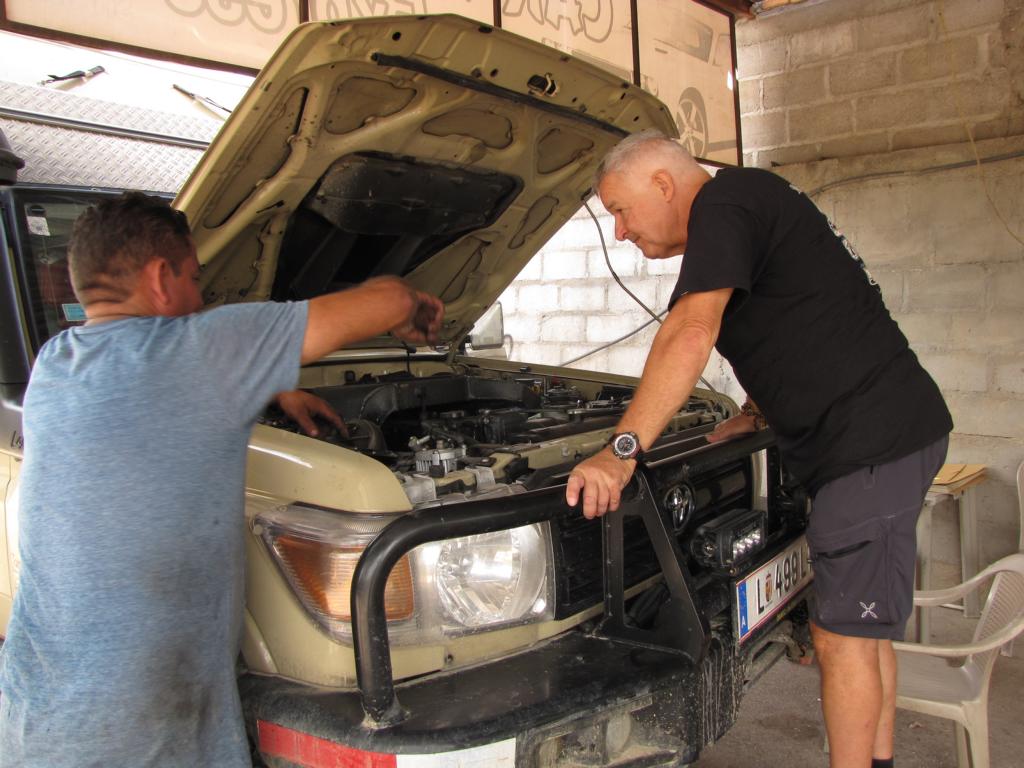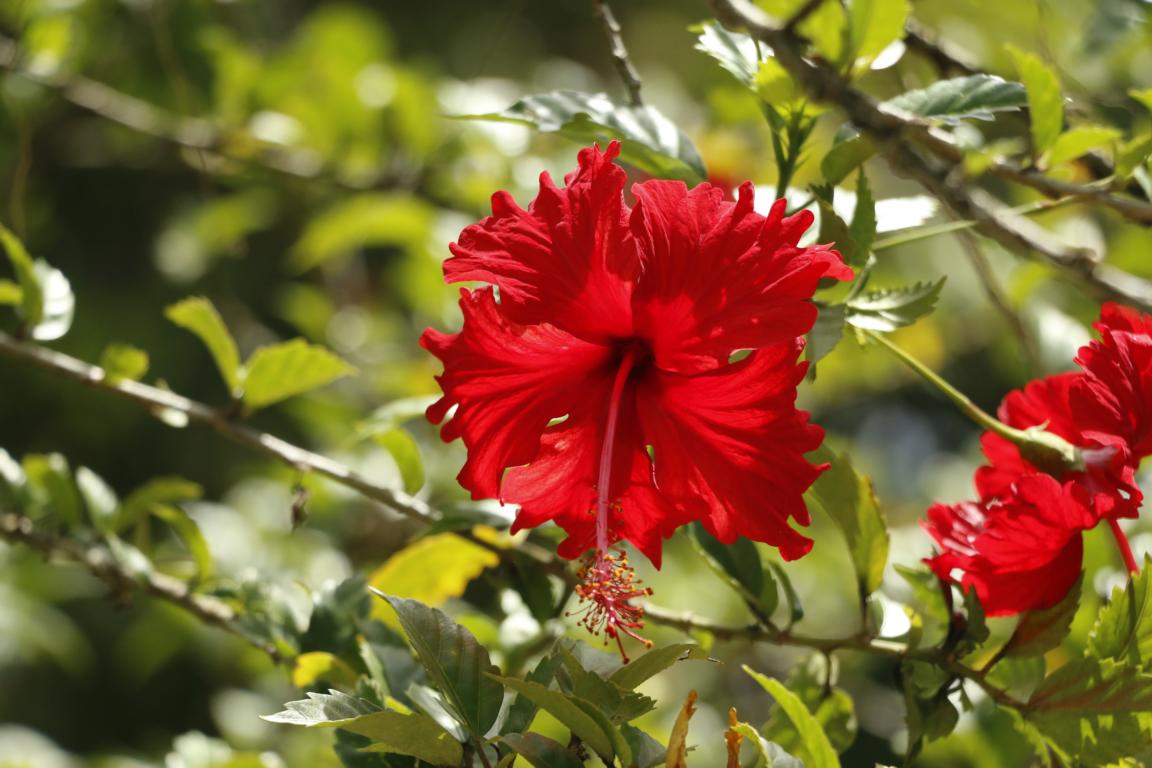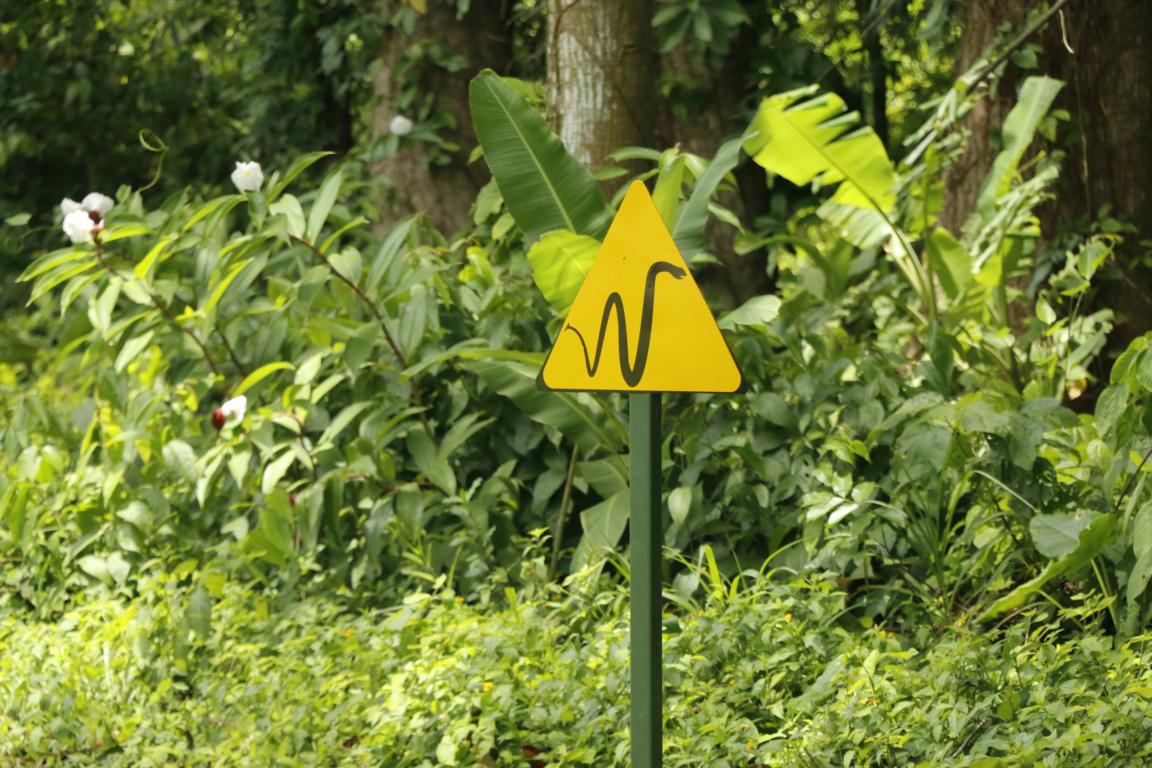Honduras – July 2018
The Republic of Honduras has a territory of 112,500 sq km and 9.1 million inhabitants. While it did not suffer from civil war in the 1980s Honduras currently has one of the highest homicide rates in the world. The economy is mainly agriculture and the country is among the poorest in the western hemisphere. In the 2016 UNDP Human Dimension Report Honduras ranks 130 out of 188 countries. 62.8 % of the population live below the poverty line. Historically banana-producing US companies had extensive influence in Honduras domestic policies.
Coming from Guatemala City Ursula and I just visited the north-west of the country entering Honduras near the town of Copan.
Pictures were taken by Ursula and myself.
Copan is a small town close to the Guatemalan border. It derives its significance from the nearby archeological site. The town discloses its particular charm at night when the small allies and places produce a romantic atmosphere.
The ancient city of Copan was an important city-state located in the south of the Mesoamerican Maya civilization. During its peak-time (5th-9th century AD) Copan had an estimated 20.000 inhabitants. The political power of the city collapsed in the 9th century AD most likely due to overpopulation and soil degradation. By 900 AD the city had been abandoned.
With most temples excavated and restored Copan today constitutes one of Honduras’s most famous tourist attractions. The Acropolis consists of two large courts.
Inside the temples archeologists found older temples (e.g. the Rosaliala Temple) which were built over by later rulers. Some of these “temples within the temples” can be accessed through tunnels. A replica of the Rosaliala has been erected in the nearby museum.
The Hieroglyphic Stairway narrates the history of Copan dynasties. Next to the stairway is the ball court where the Maya ball game was played. The rubber ball with a stone inside weight approx. 4 kg and was played with hips, shoulders and arms.
Copan is famous for its stone masonry and stone carving which is of a quality unique in the Maya civilization. At the gran plaza each emperor erected its own stela which tells the major events of his reign. Considering that the Maya did not know iron or bronze all carvings had to be conducted by using stone splinters made out of harder stone material.
The famous Maya calendar dates back to the 5th century BC and divided the year into 18 months of 20 days each plus a supplementary five days. The Maya also had advanced medical knowledge including a sophisticated method to prepare tooth fillings made out of jade (e.g. for decoration).
A museum in Copan displays historic photos documenting the excavation of the site in the early 20th century and a 3-D computer animation which allows visitors to virtually “fly” over Copan.
The colorful Scarlet Macaw is Honduras’s national bird and one of the largest aras in the world. It measures up to 80 cm and weighs 1 kg.
From Copan we drove east to the Caribbean island Utila, a volcanic island with currently 4,000 inhabitants, which was long disputed between Spain, the British Empire and British pirates (e.g. Captain Morgan).
Today Utila has a particularly easy-going atmosphere. You can get a taste of the vibs in the following video clip called “If you come to Utila….” – the clip is worth seeing https://www.youtube.com/watch?v=LX-H-zF9PJ4
I local celebrity is “Dr. John” (a “doctor with no T-shirt on”) an American physician who at the age of 48 years quit his medical practice in the USA to start working at Utila (which had no doctor at that time) and in particular to enjoy the island’s life-style. Contrary to his “appearance” people say that he was an excellent doctor, highly motivated and skilled. Now retired, he is always happy about people who visit him or contact him via facebook, WhatsApp or Instagram.
Apart from party and high-life Utila offers excellent diving for a very affordable price. While Ursula made her PADI advanced scuba diving certificate I took the opportunity to inscribe an underwater photography course. A dive normally takes about 50 min and clients are lead by a divemaster. Maximum depth normally does not exceed 30 m.
While spear fishing is forbidden in the underwater national park lion fish are treated as an exception. They are considered an intrusive species which is endangering other local fish.
Some photos showing marine life, fish and corals, at the dive sites around Utila. One difficulty when taking underwater images is that water absorbs light and as a result colors get lost. At ten meters green and blue are the only colors left. With a special underwater camera that has white balancing or by using special filters you can compensate the loss of colors. See the difference between compensating and not compensating the loss of light/color.
Finally, a few pictures showing that Ursula and I still are in a happy mood. Salva Vida (“Safe Life”) – by the way – is a local beer brand. Also our car is still running without problem, just had to tighten the fan belt.
